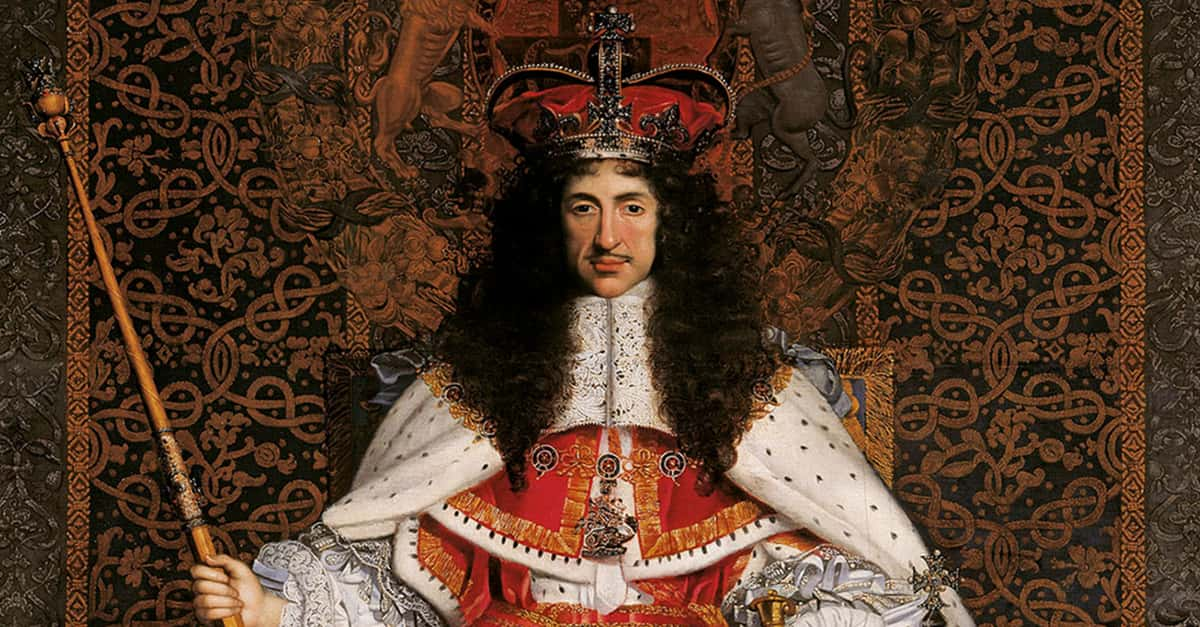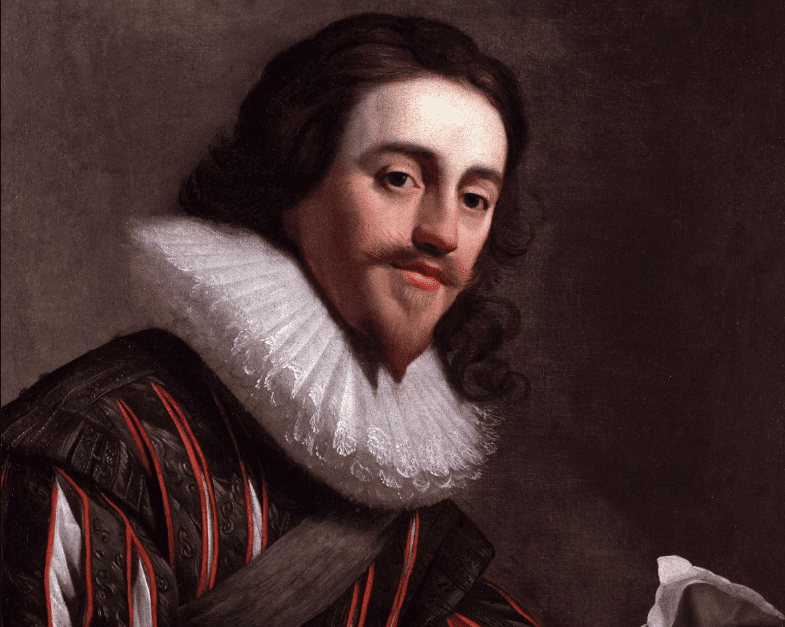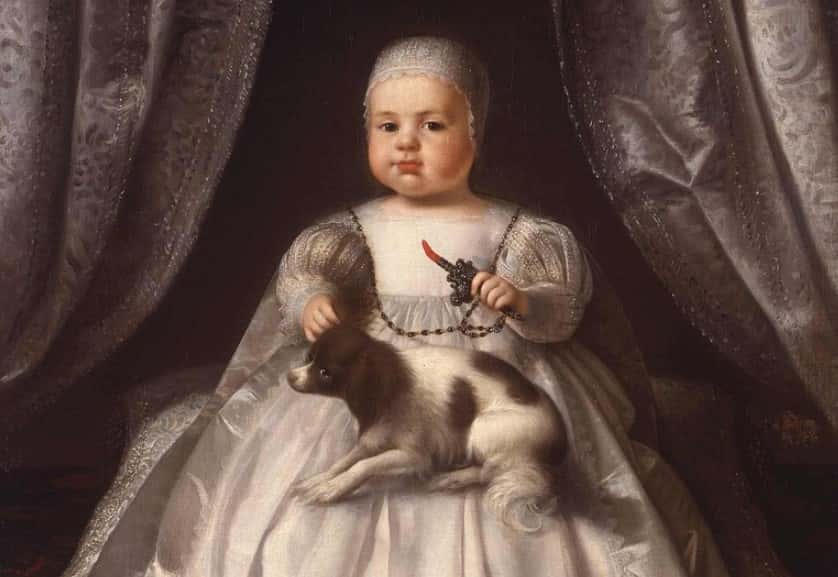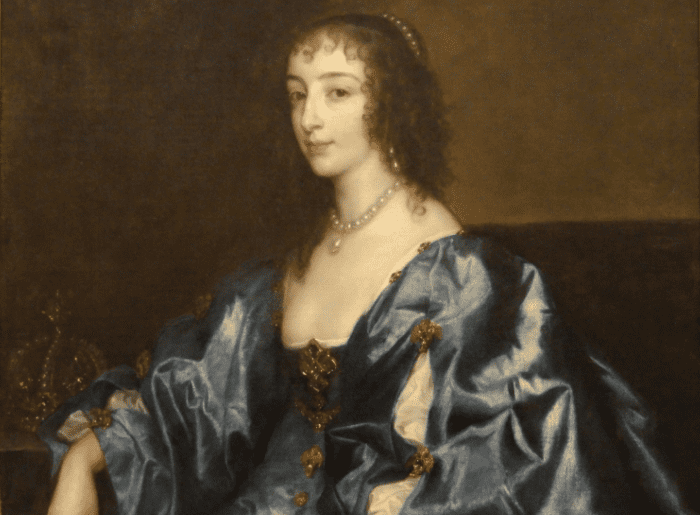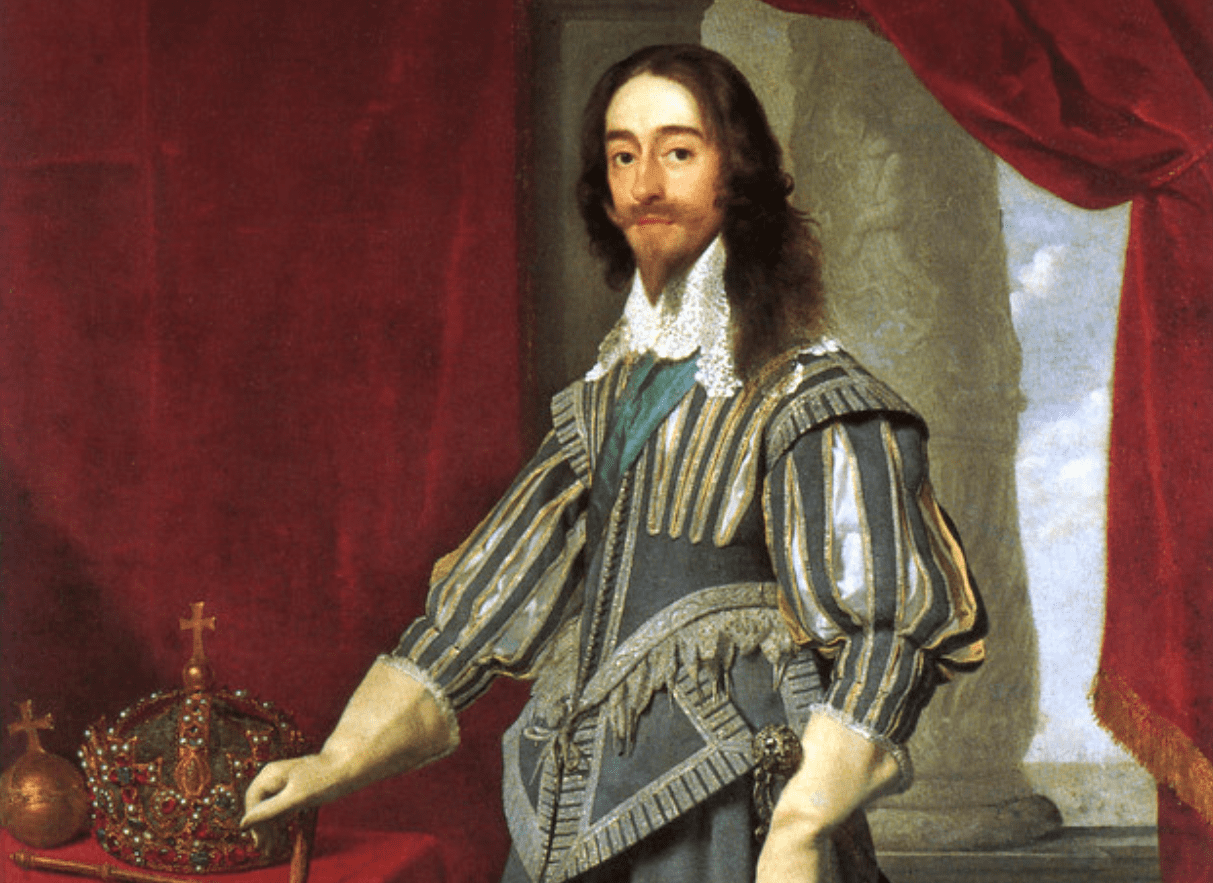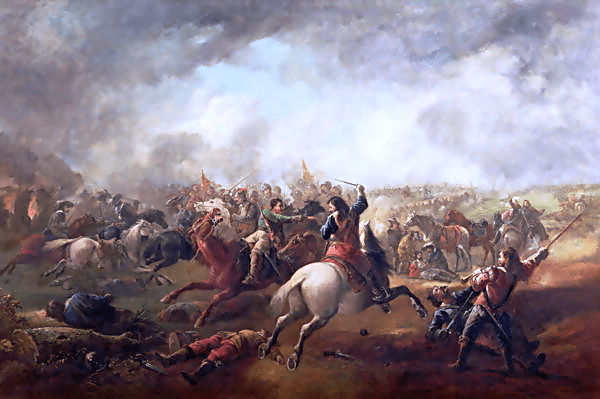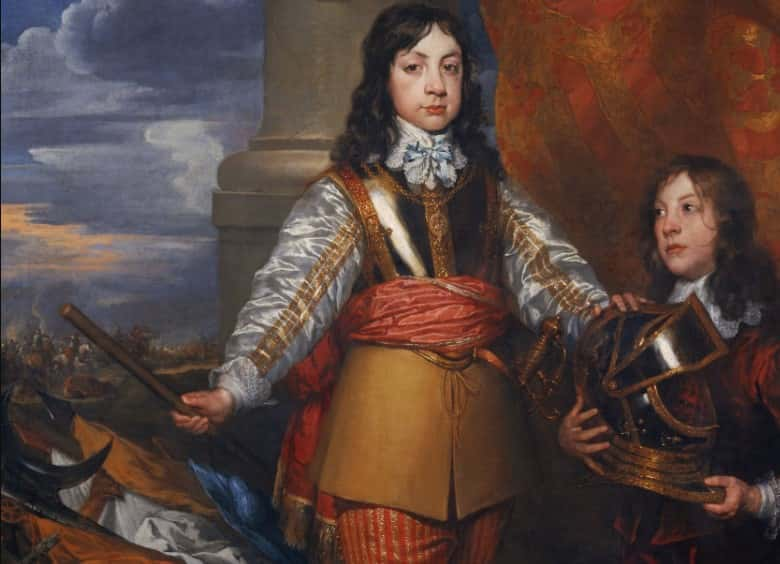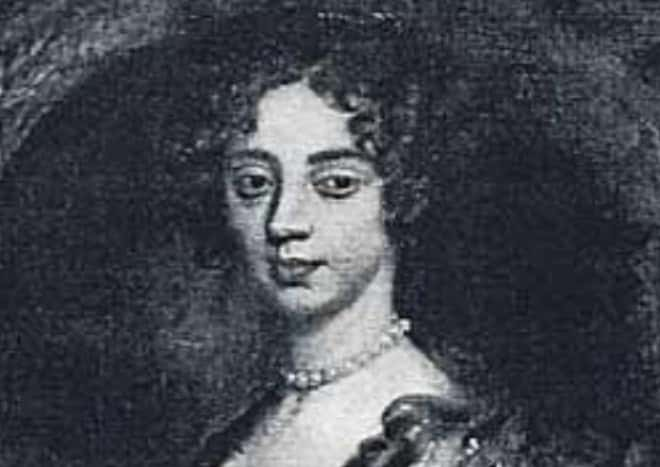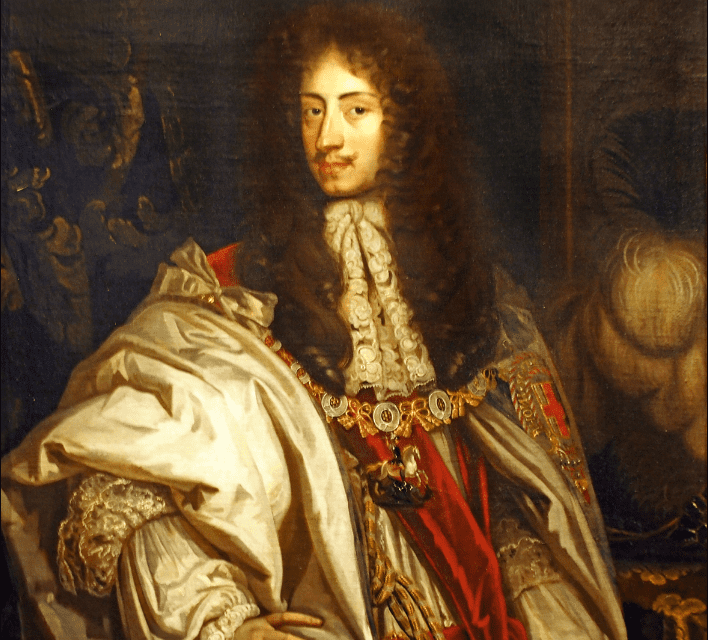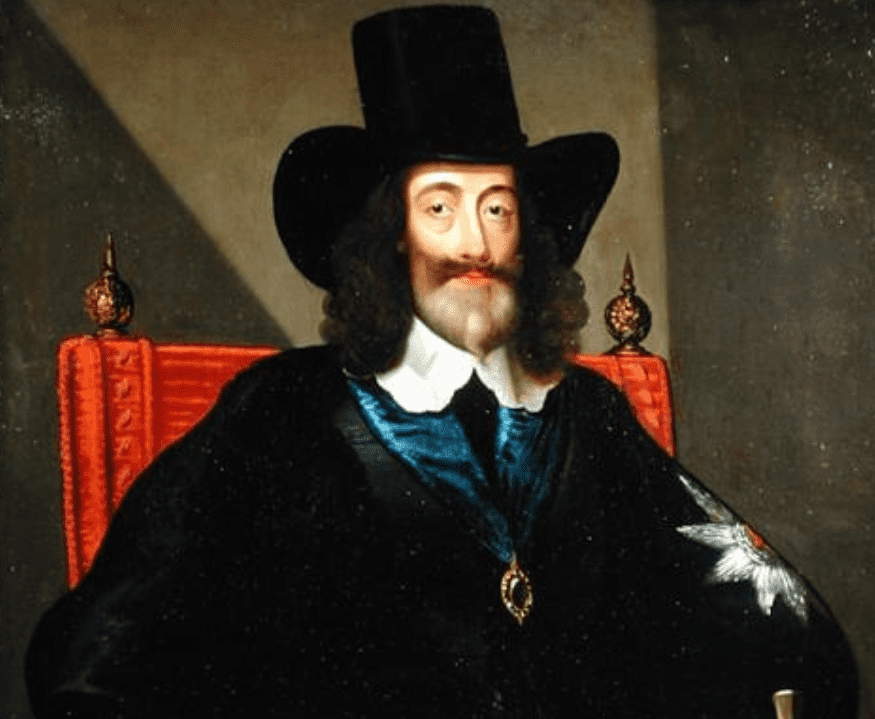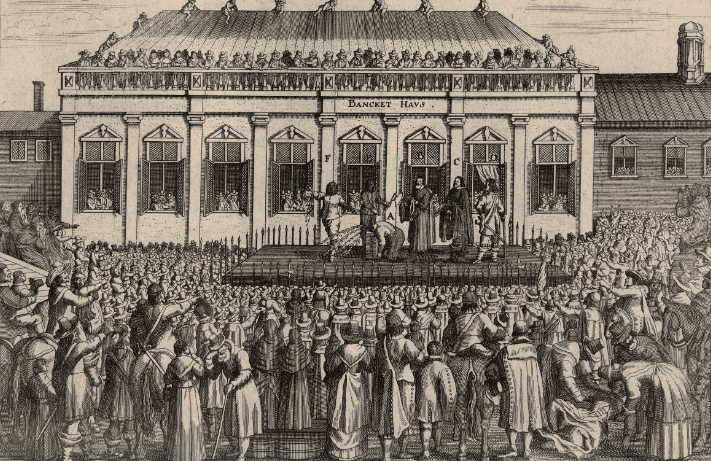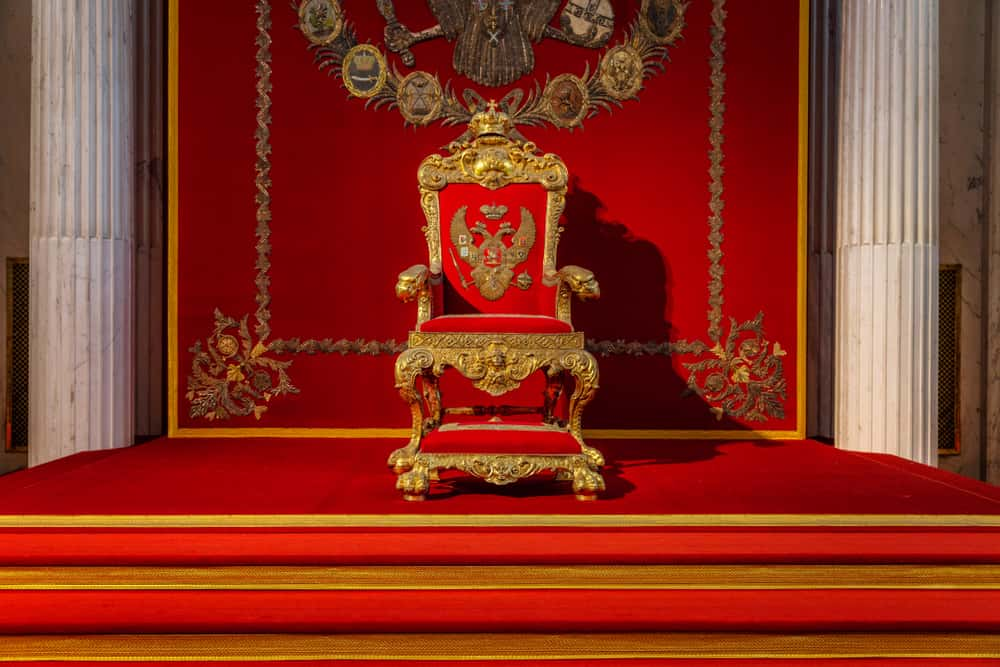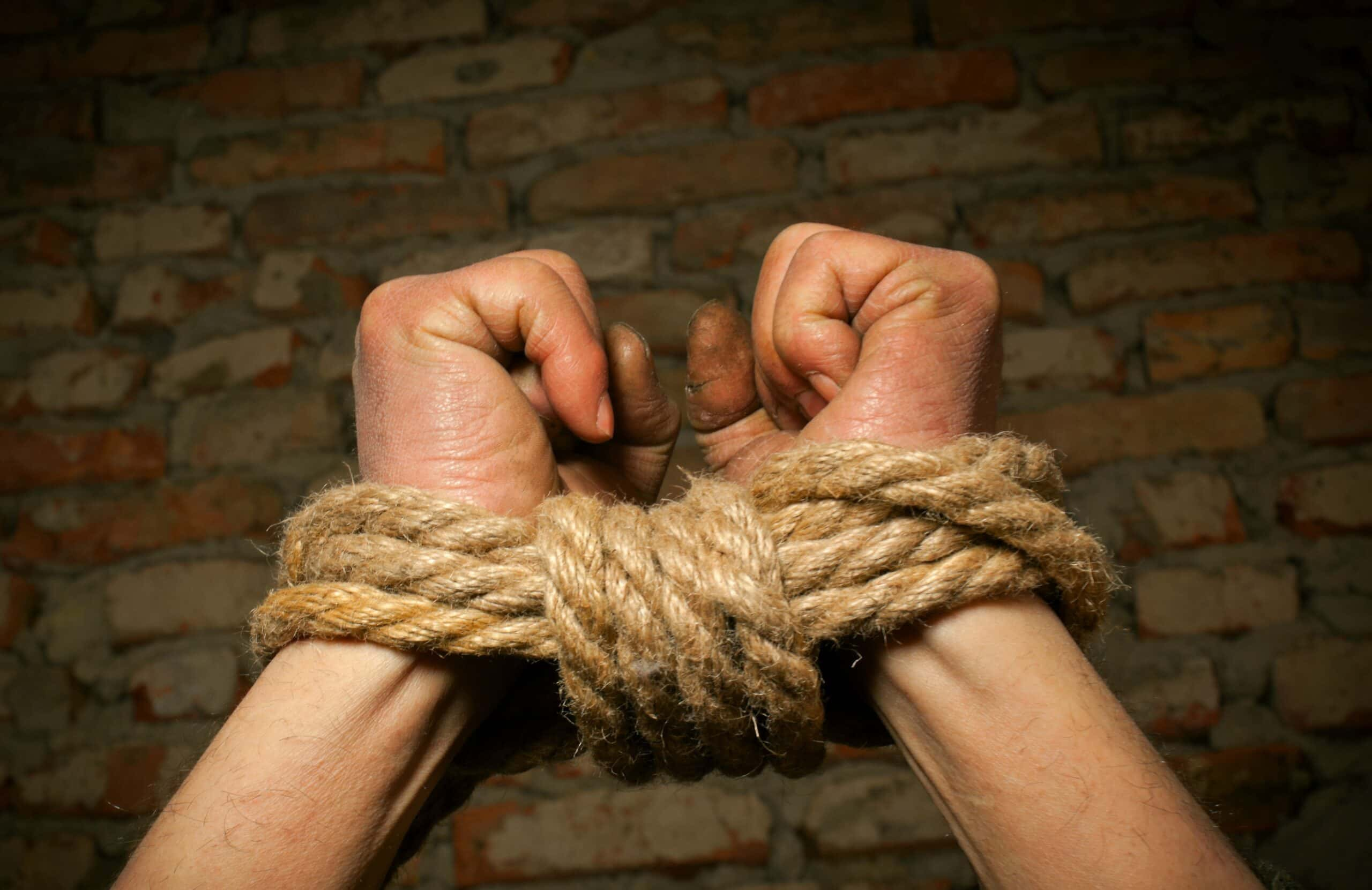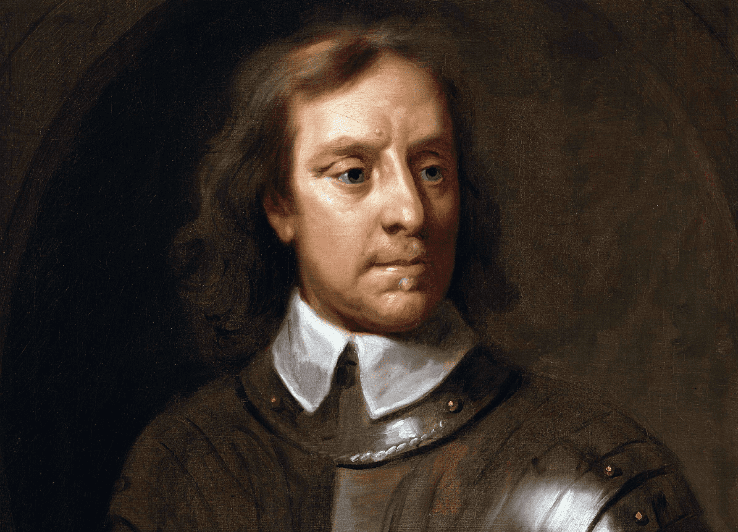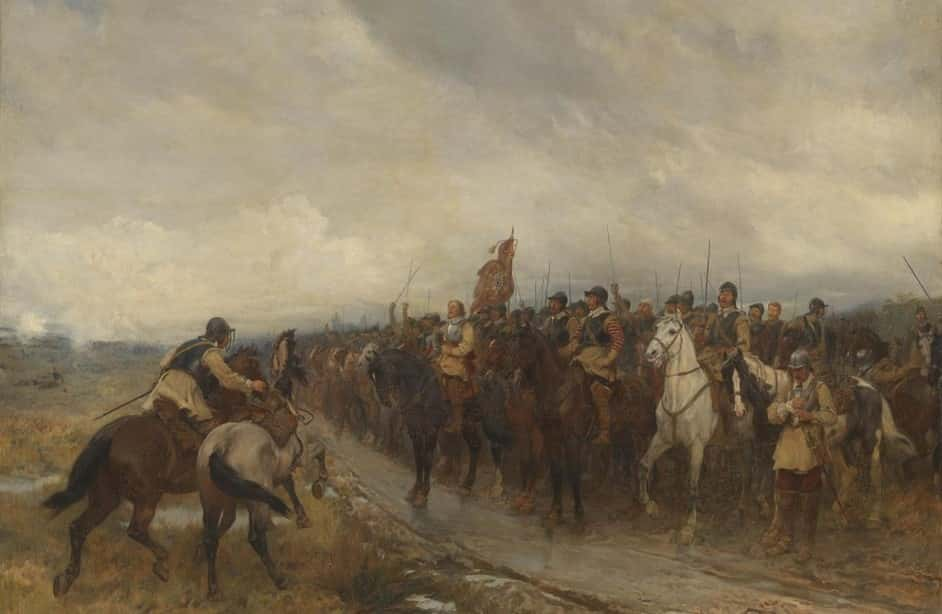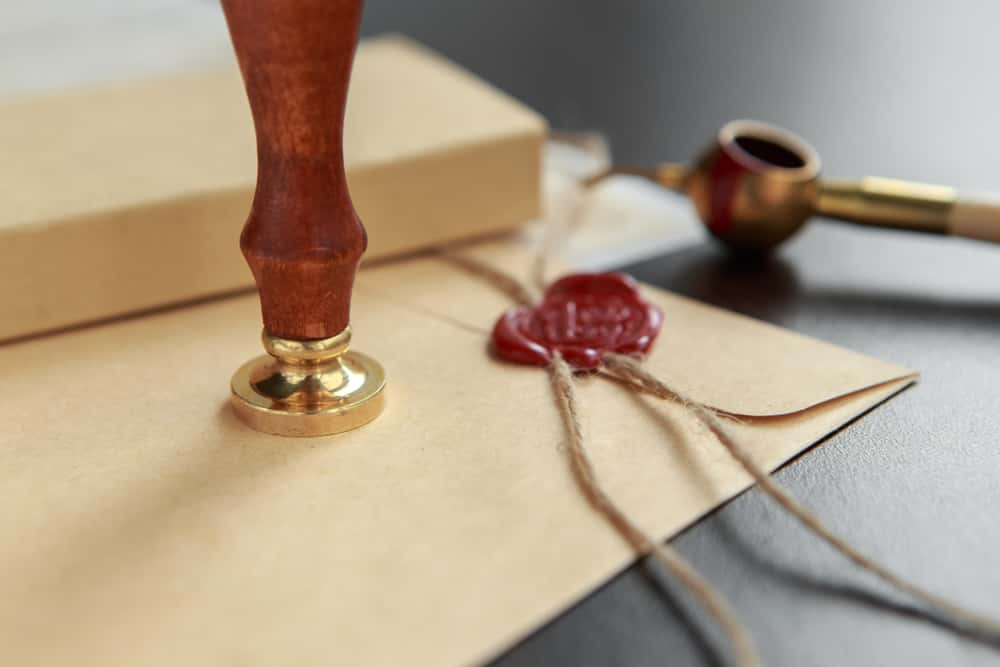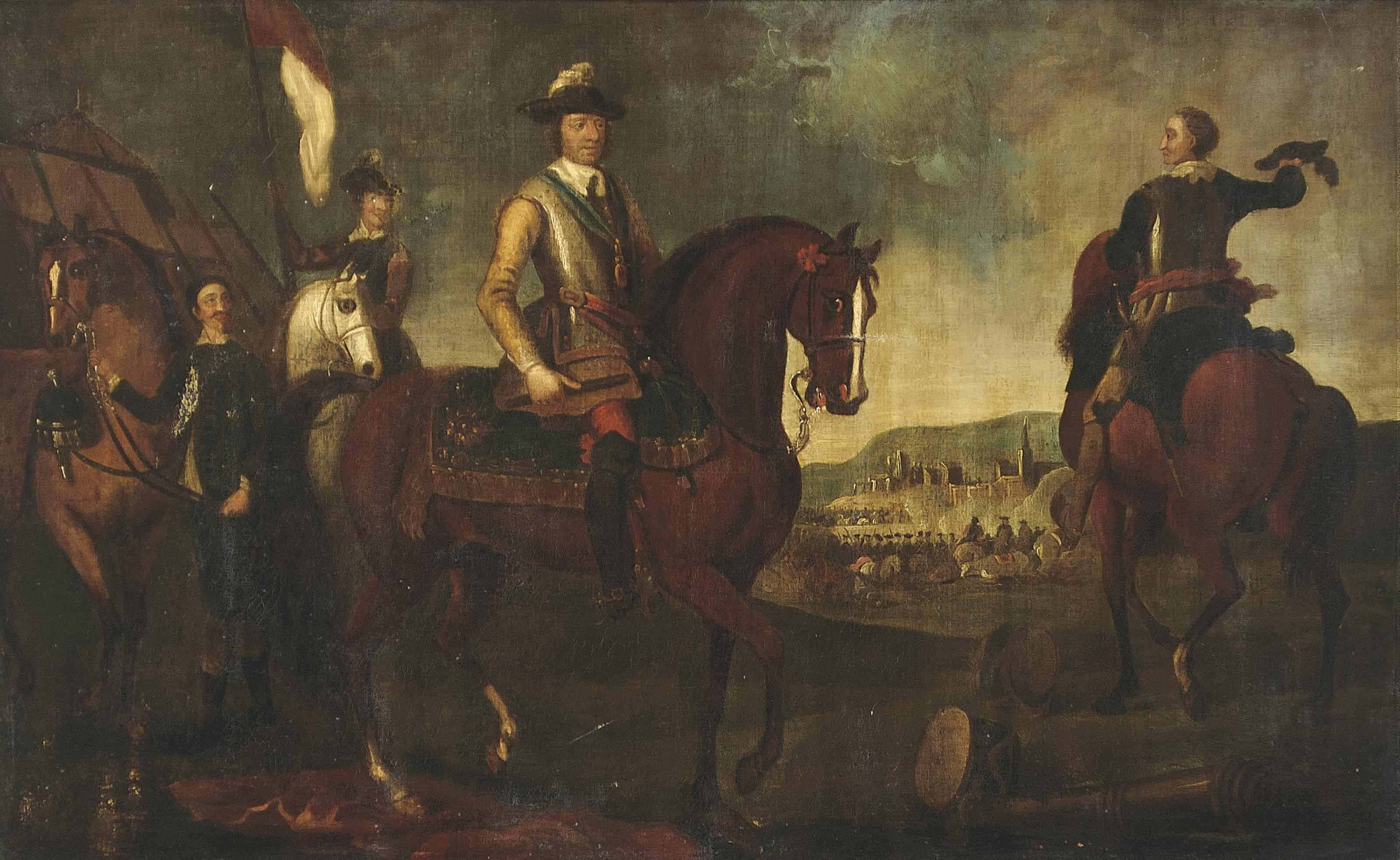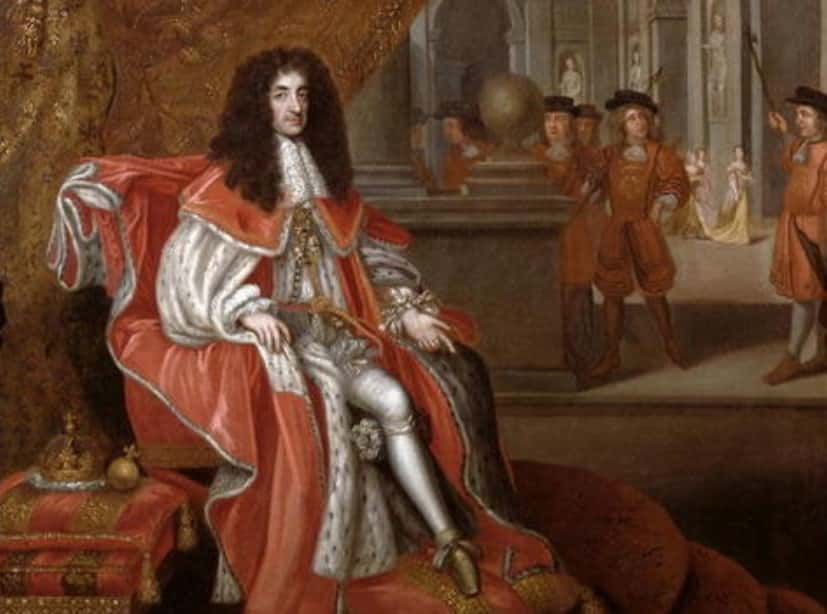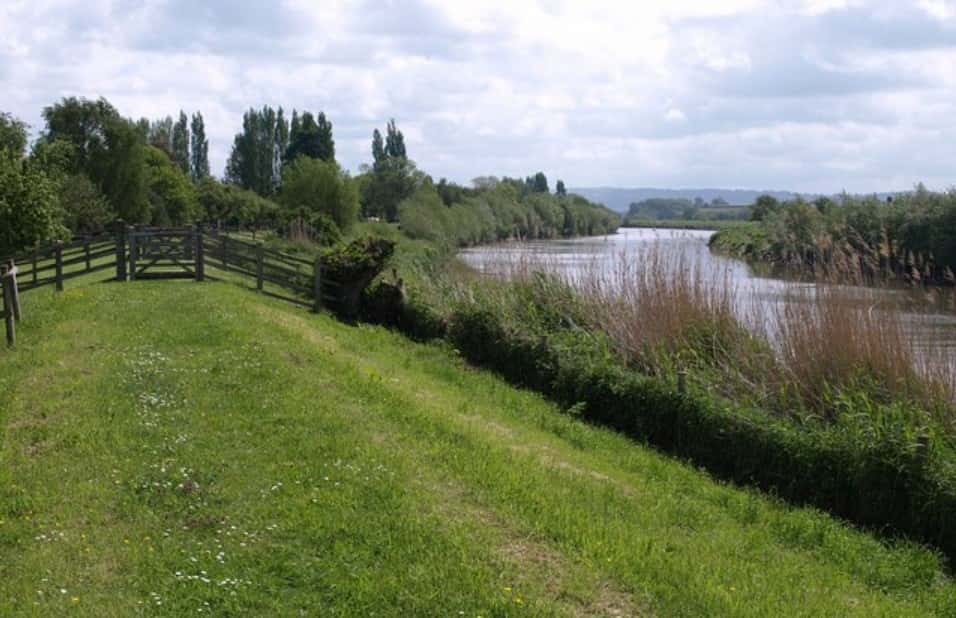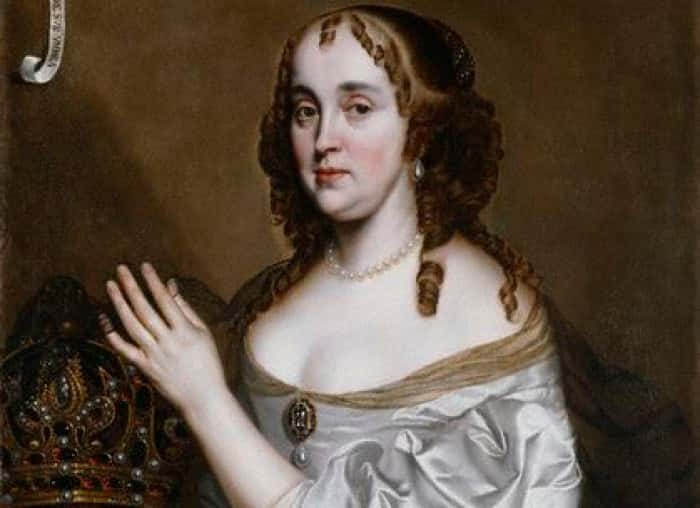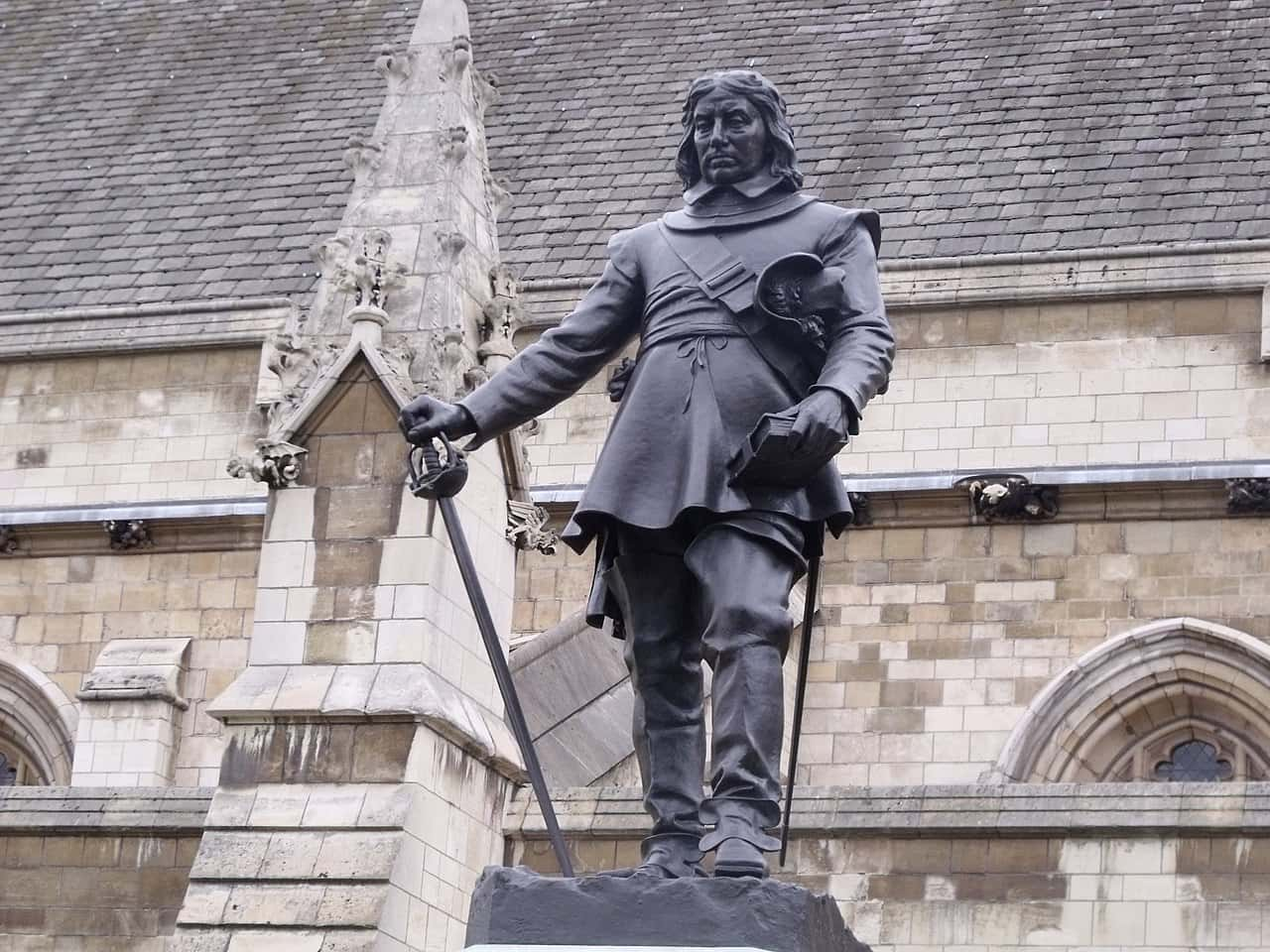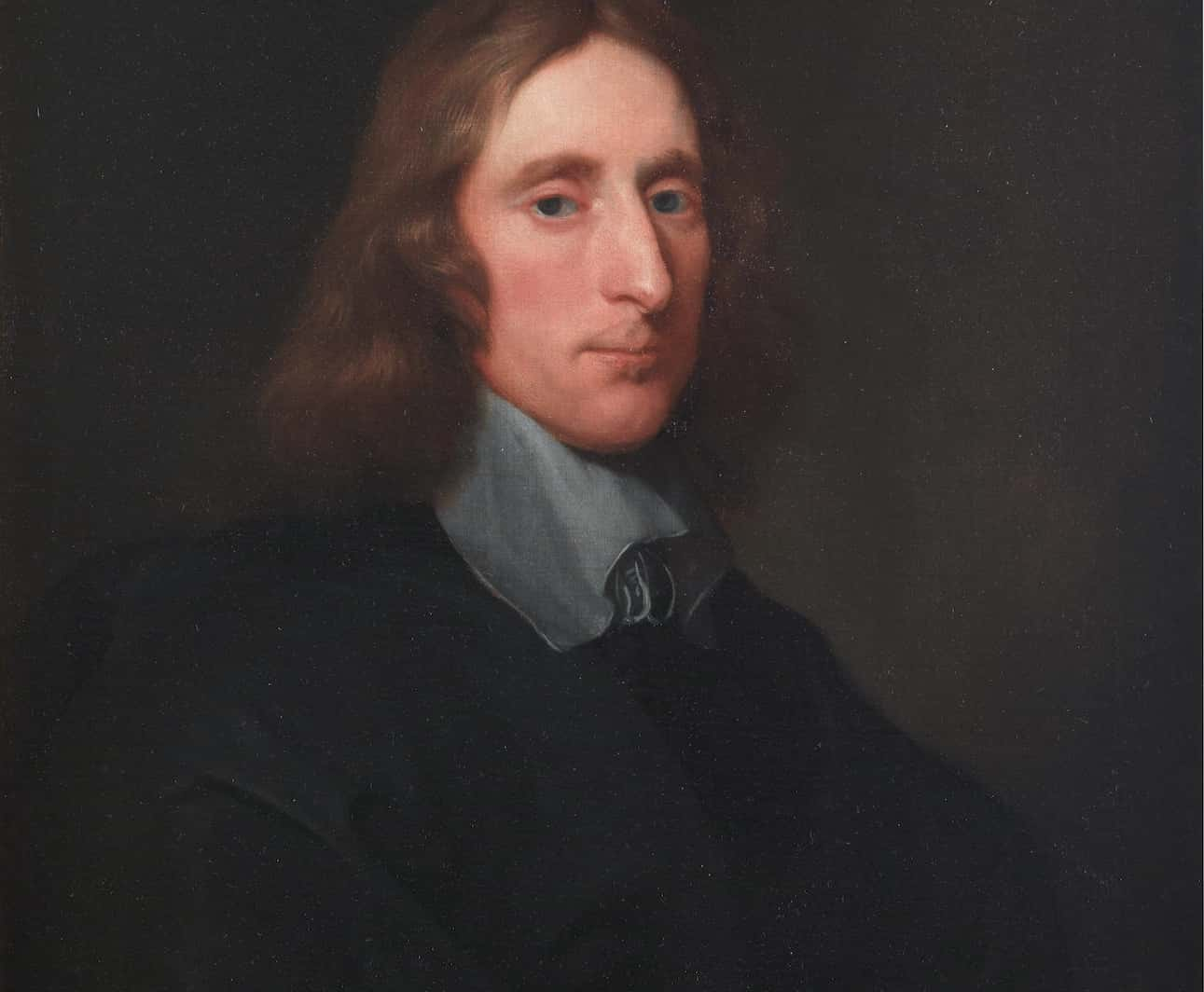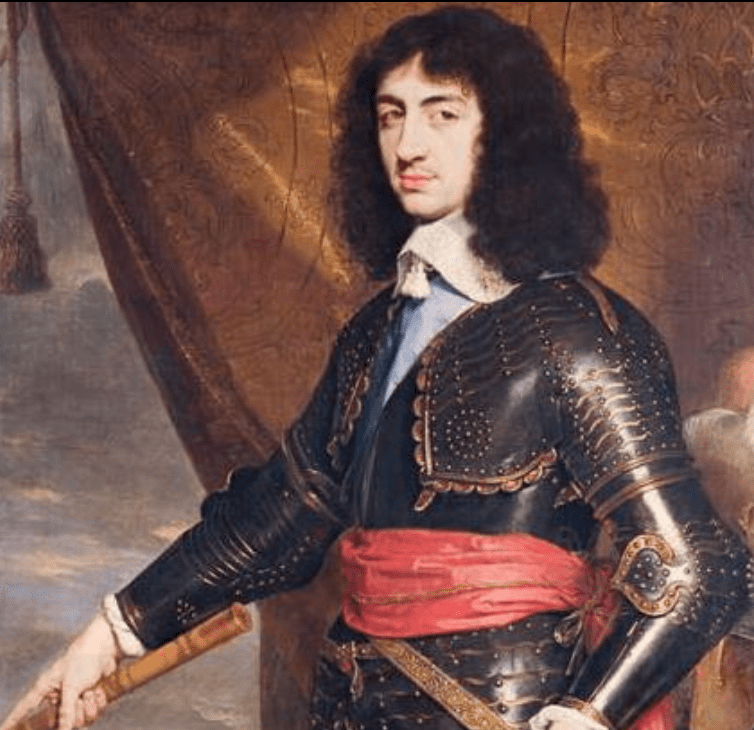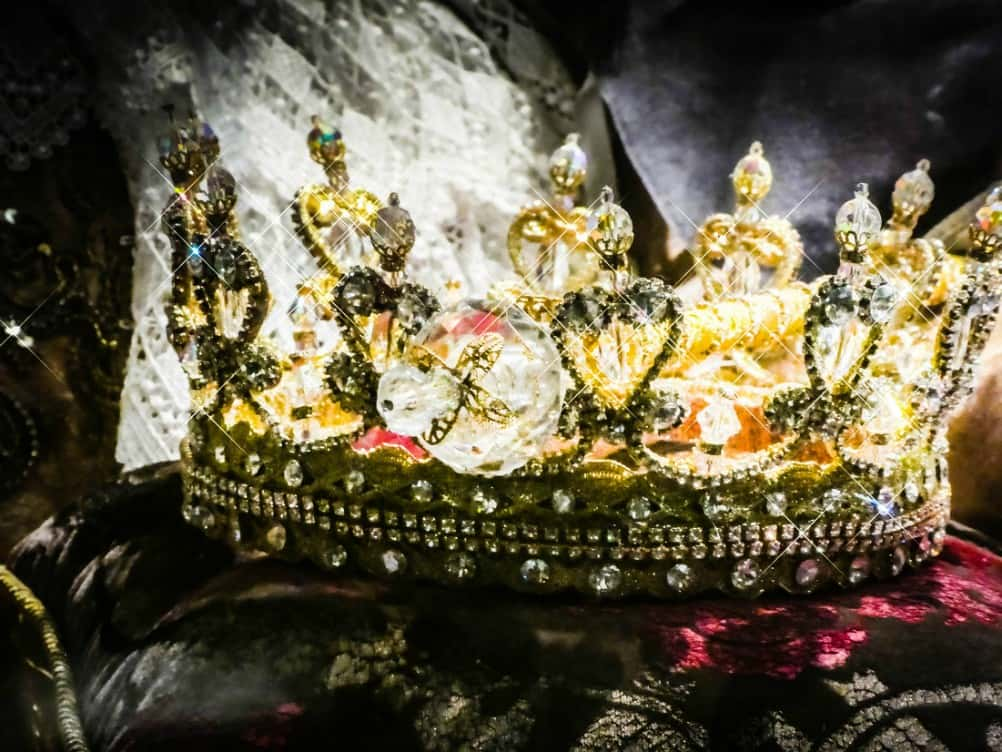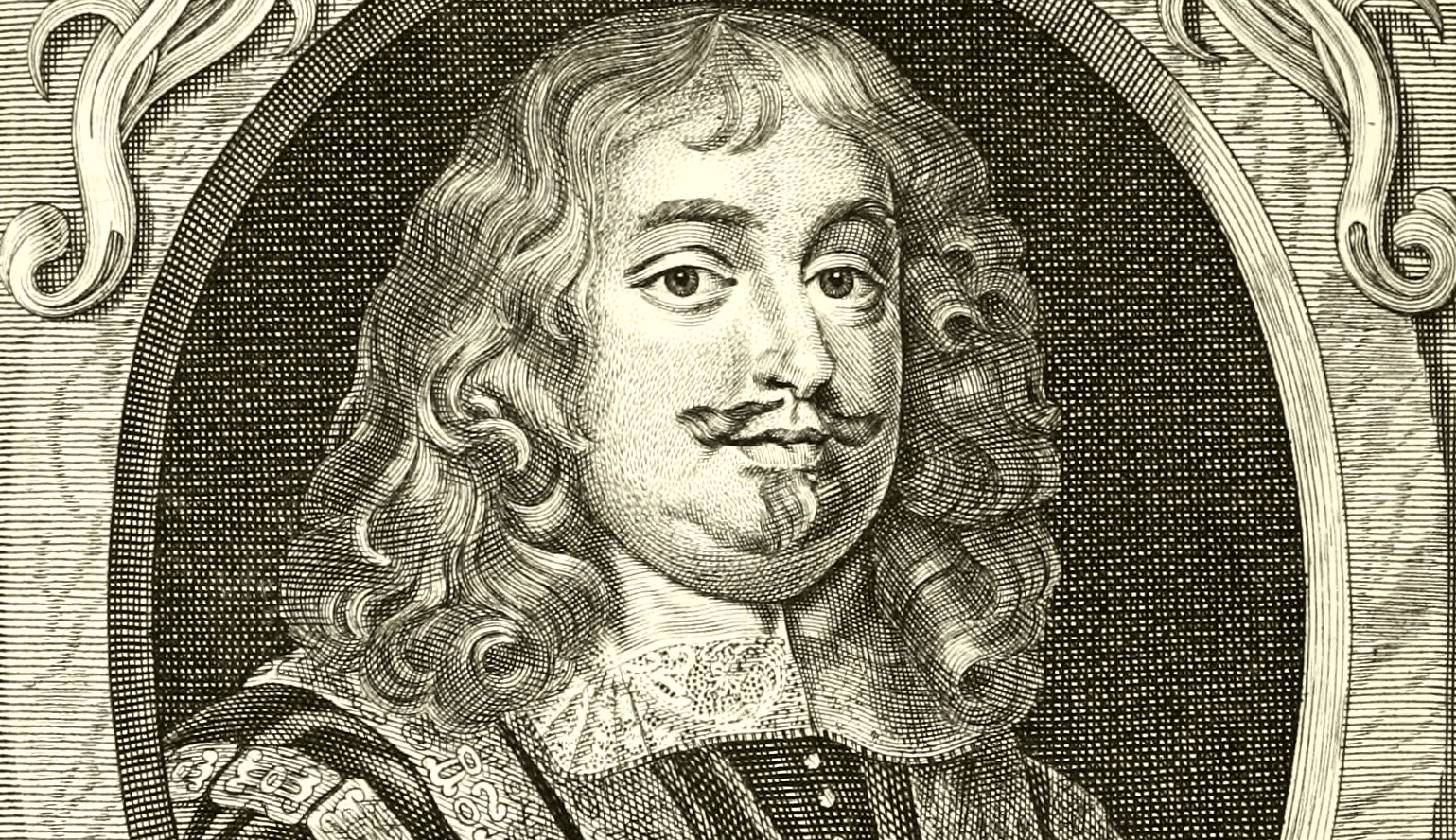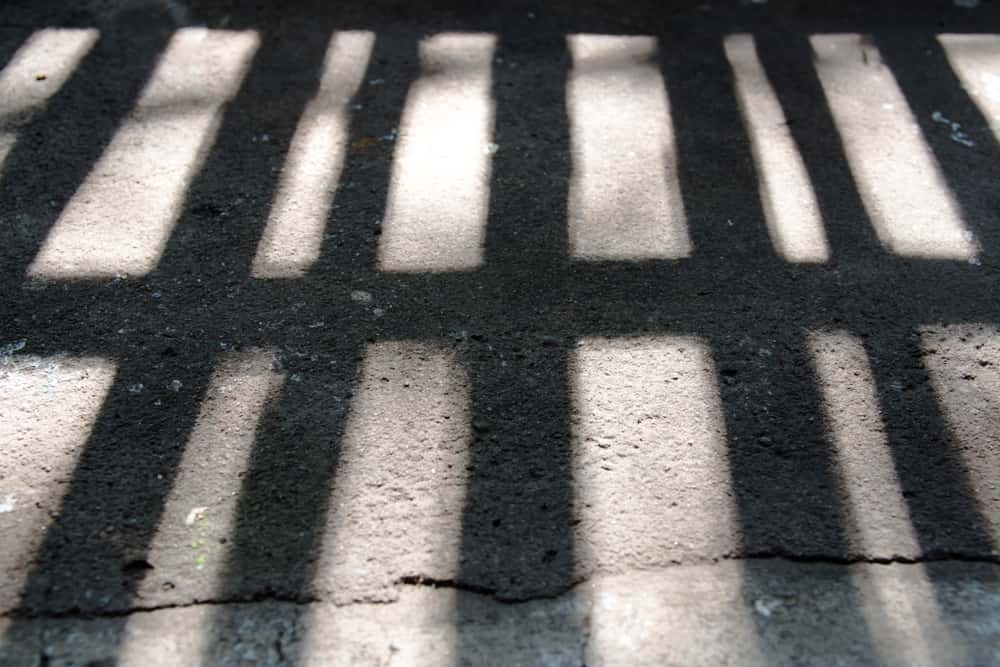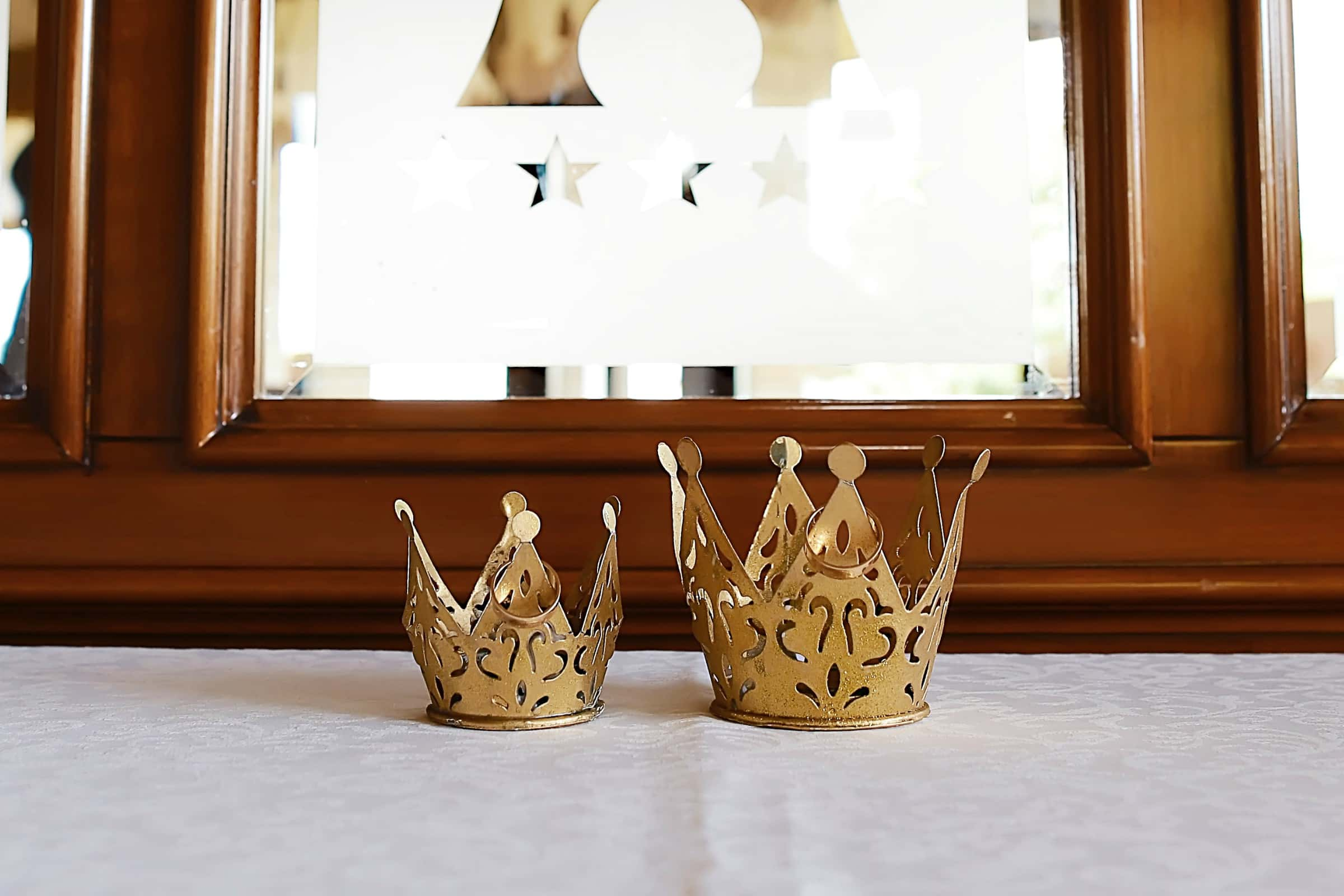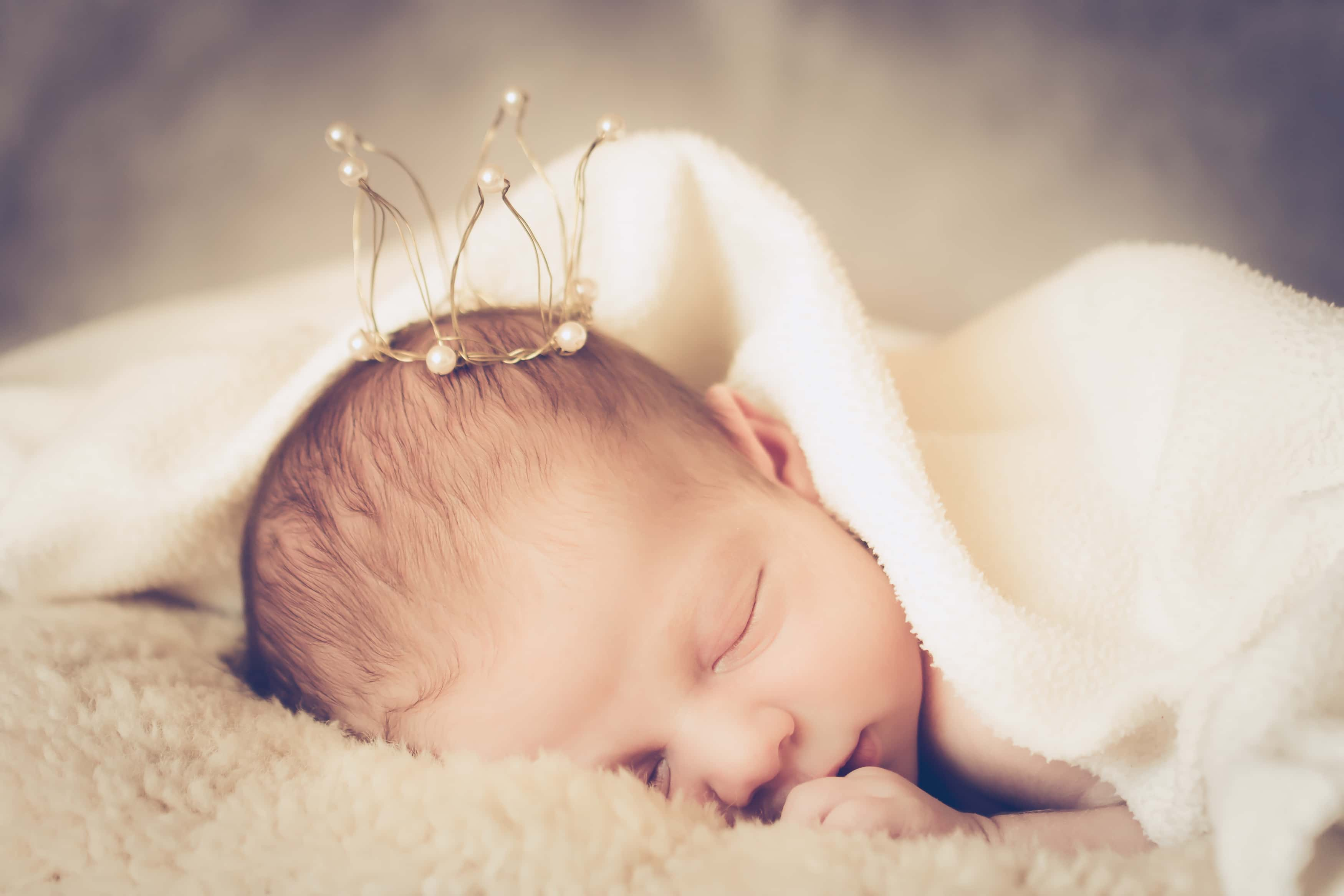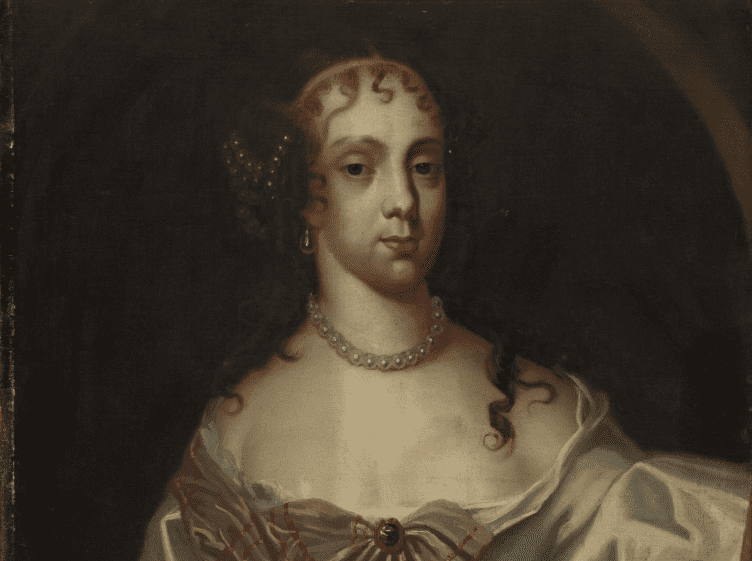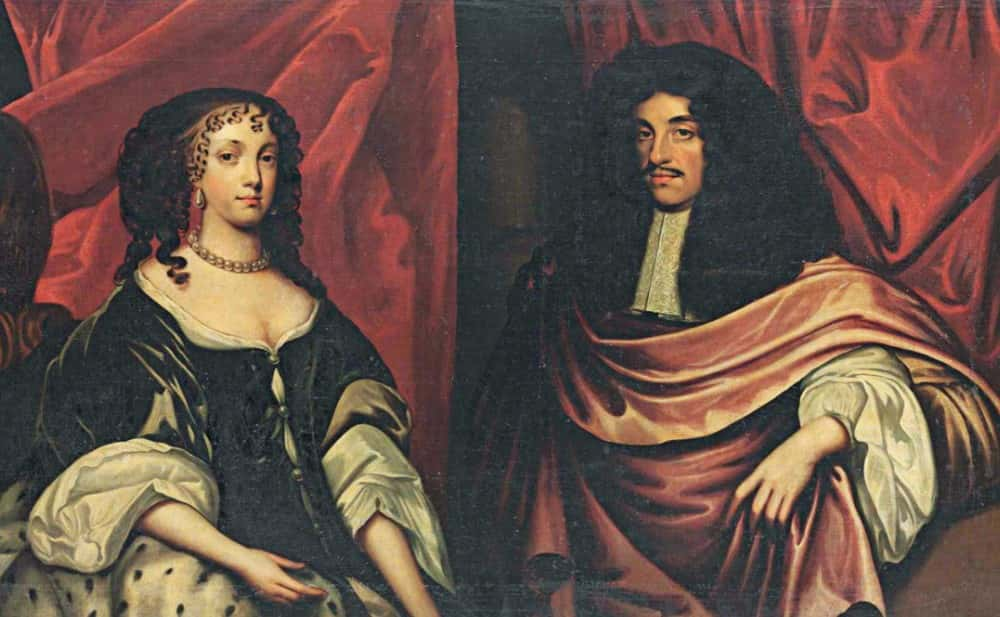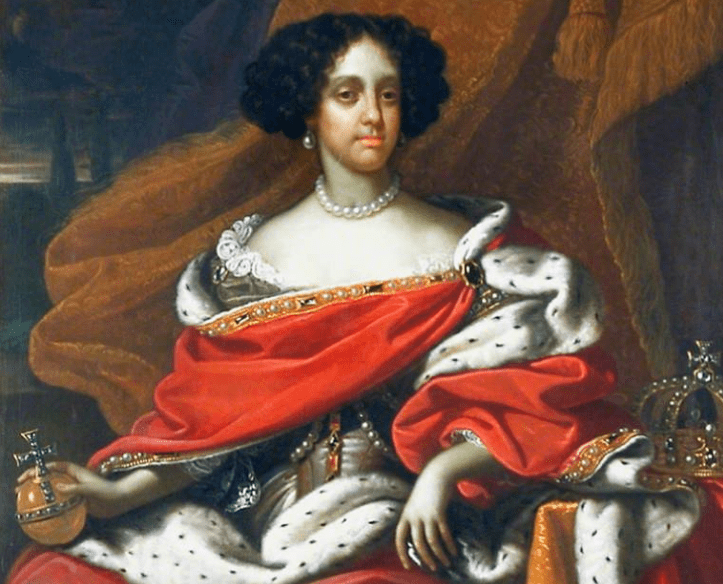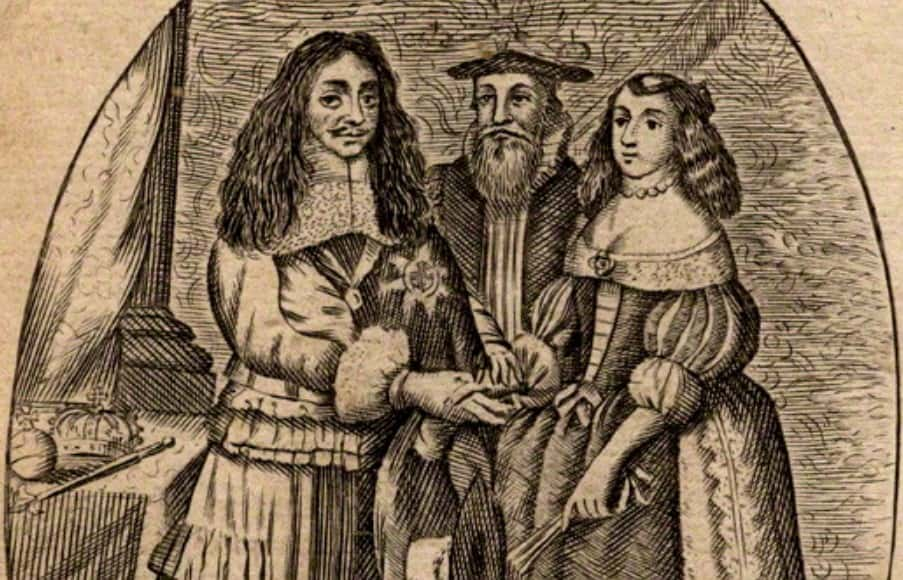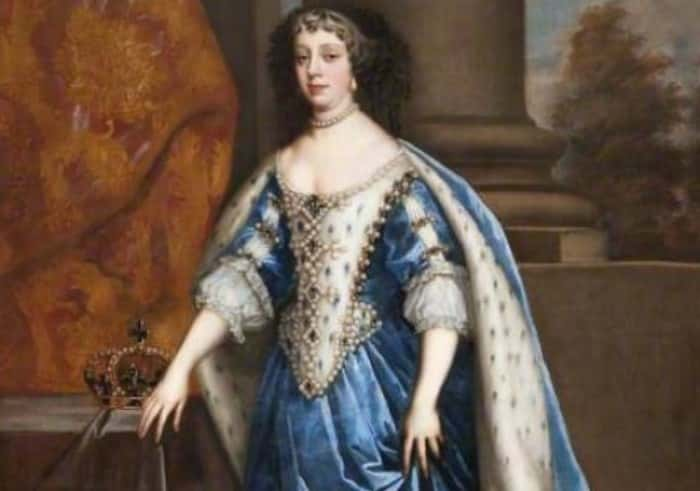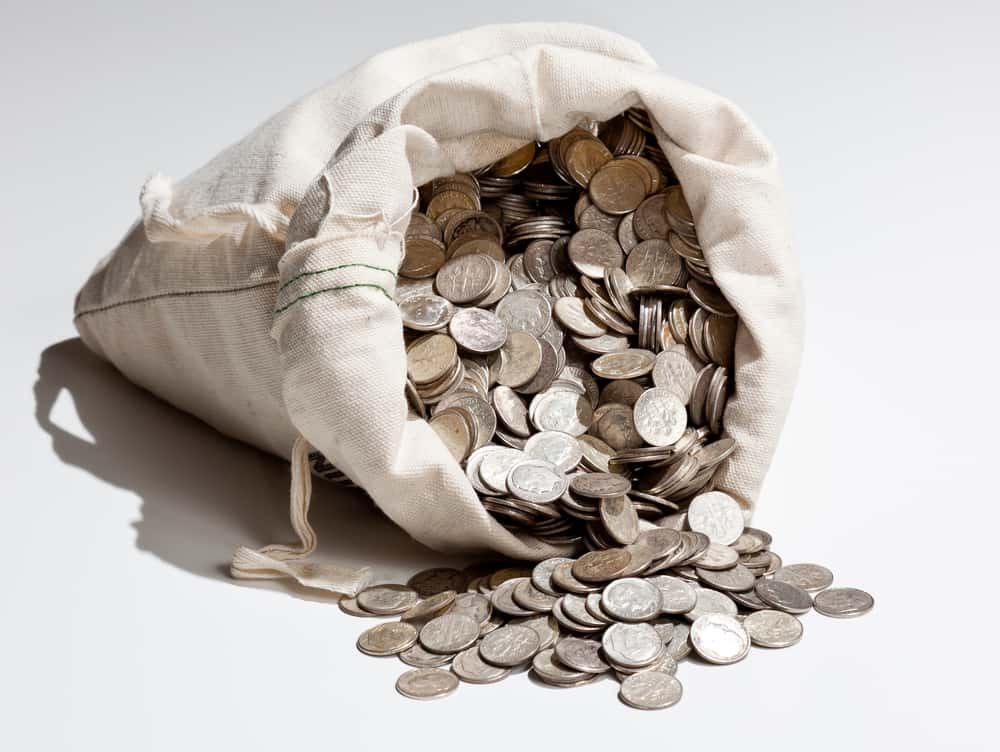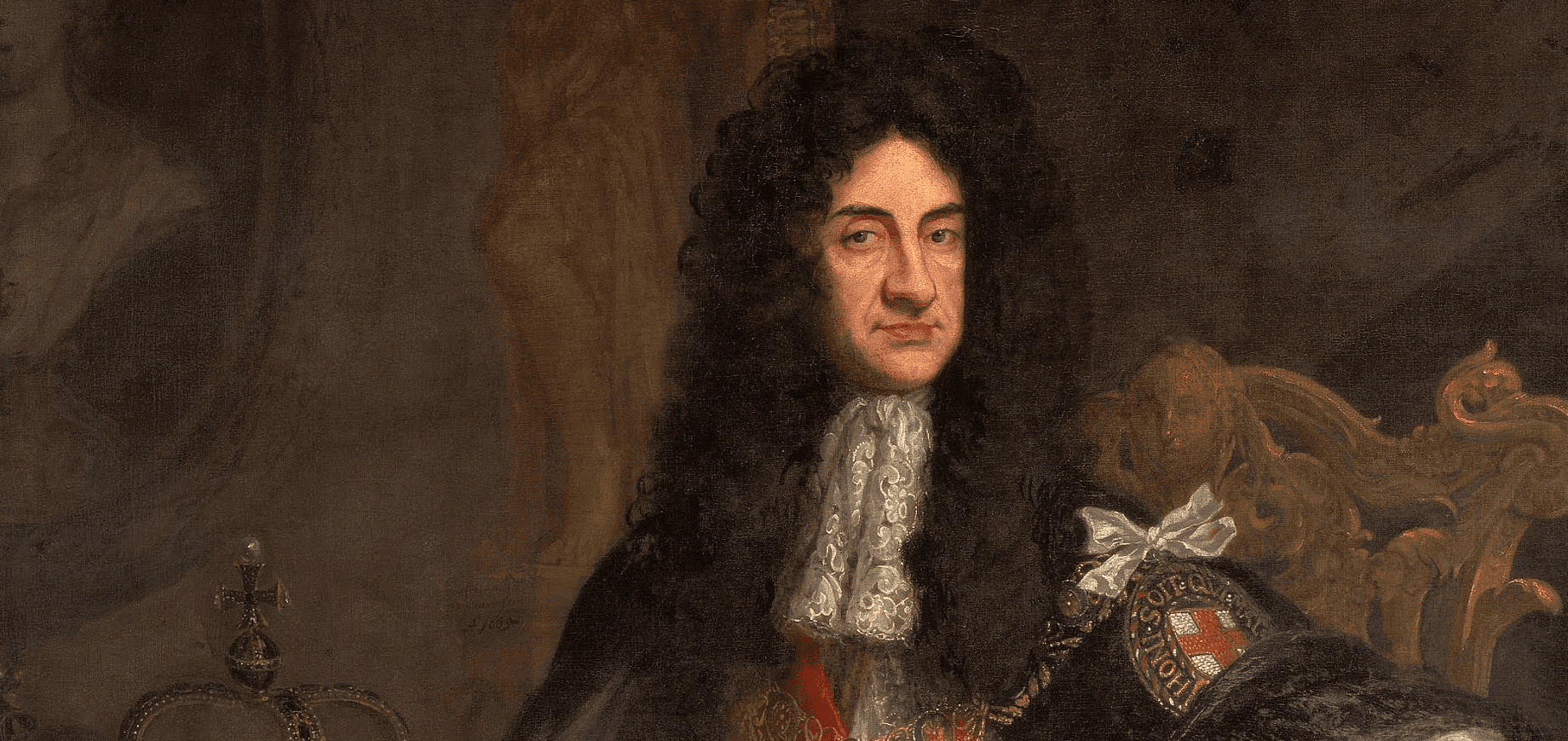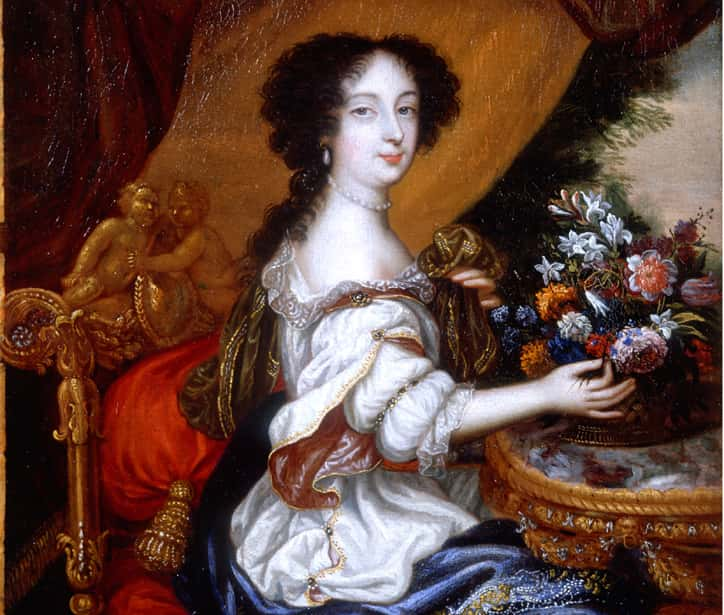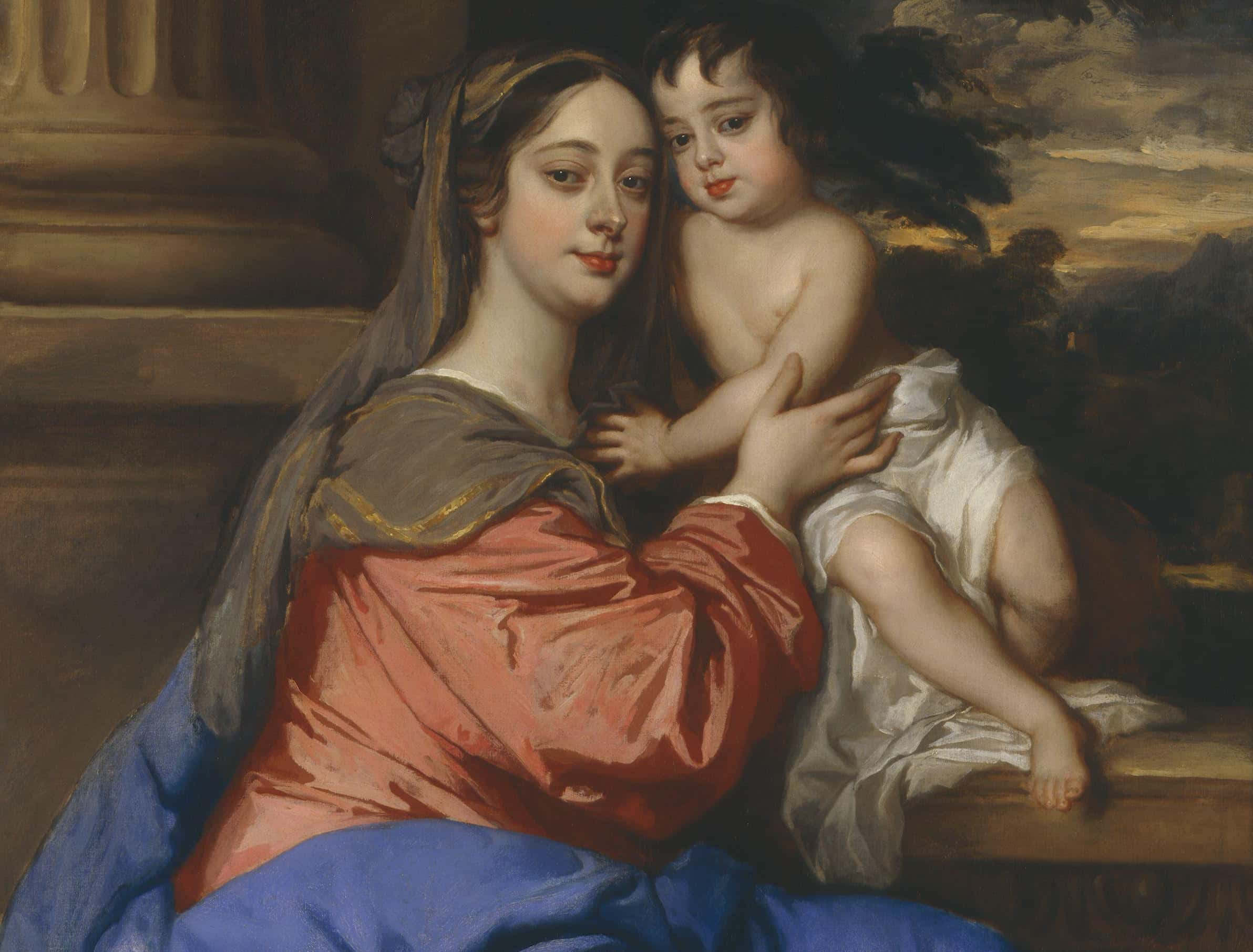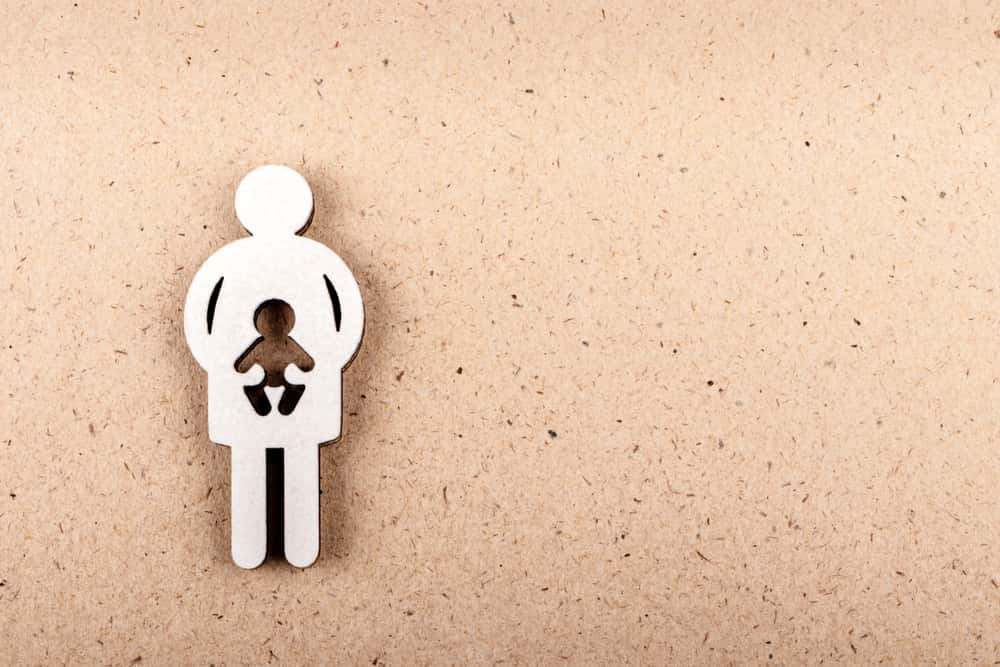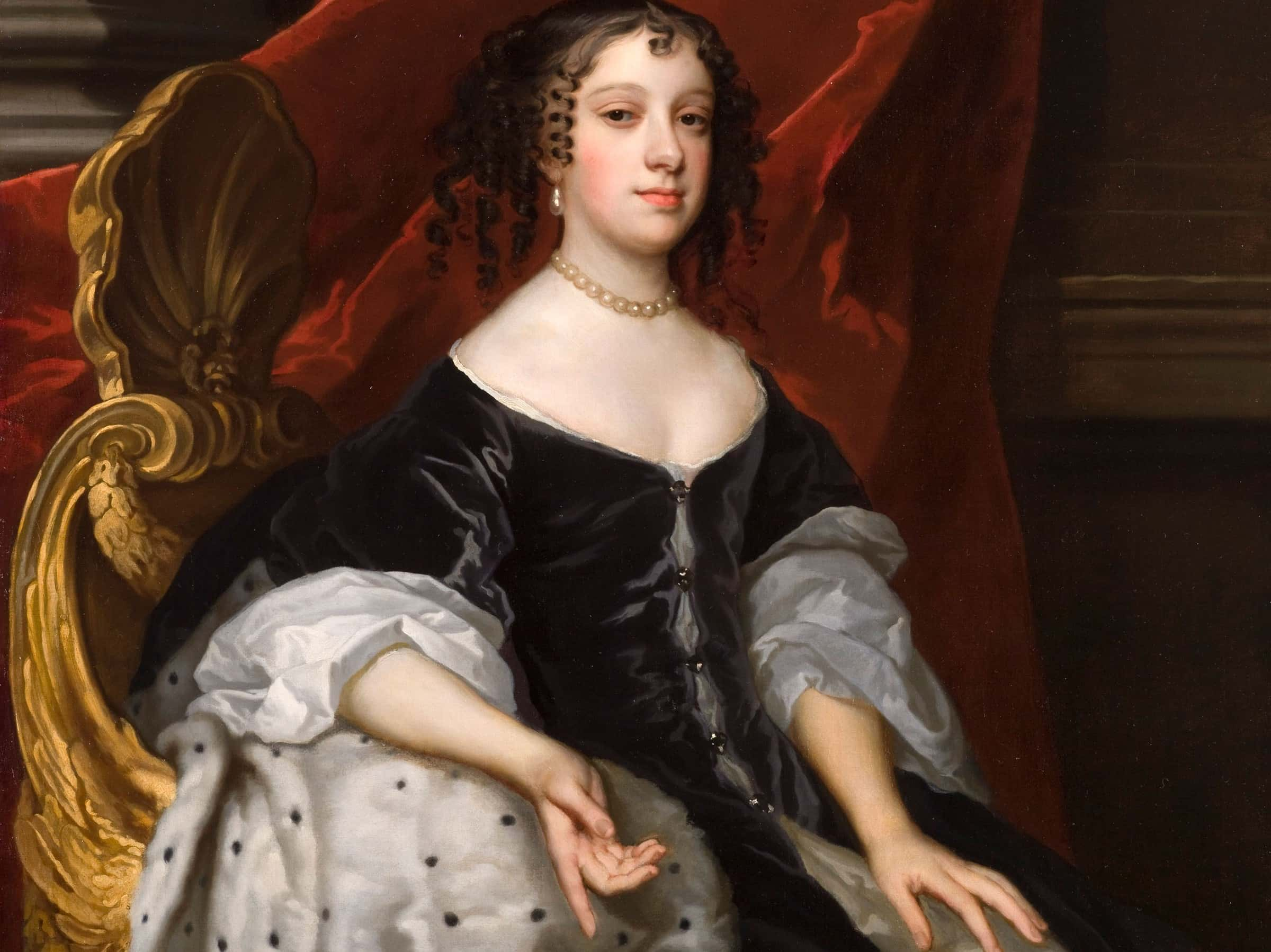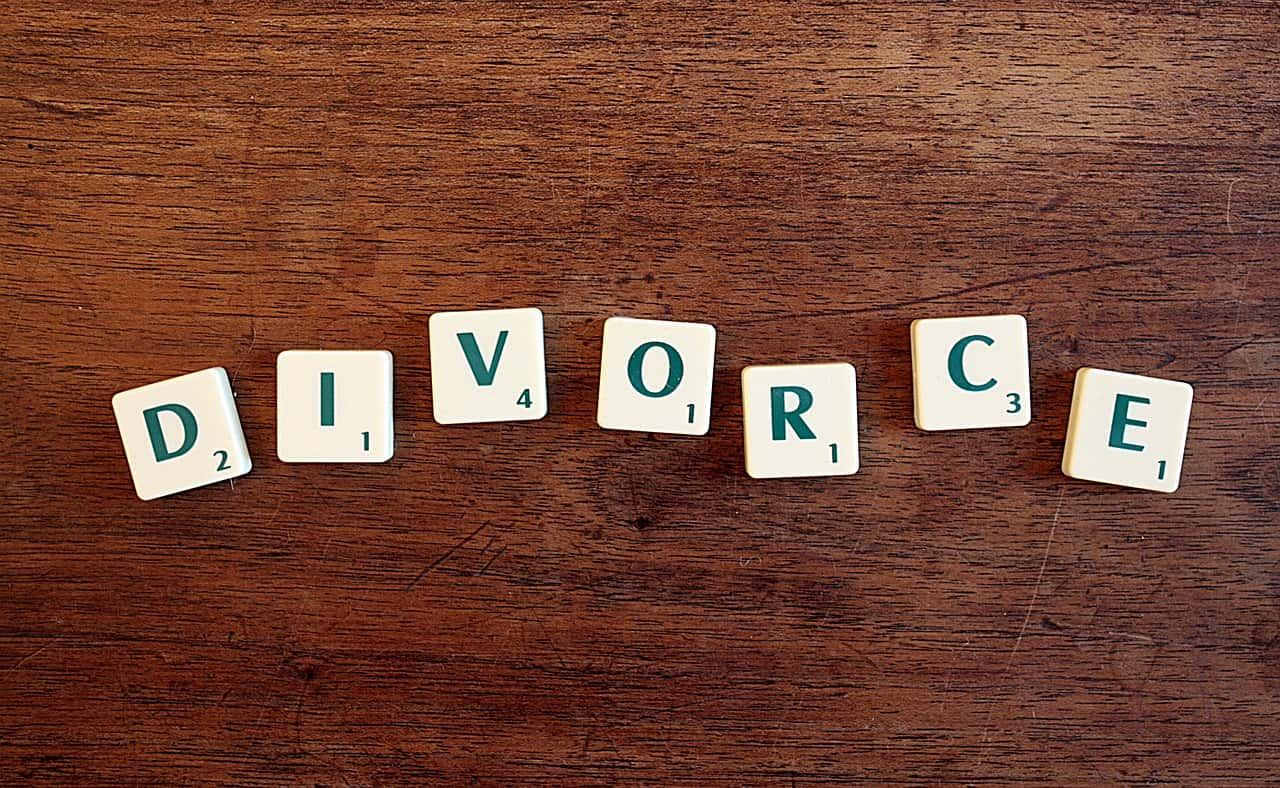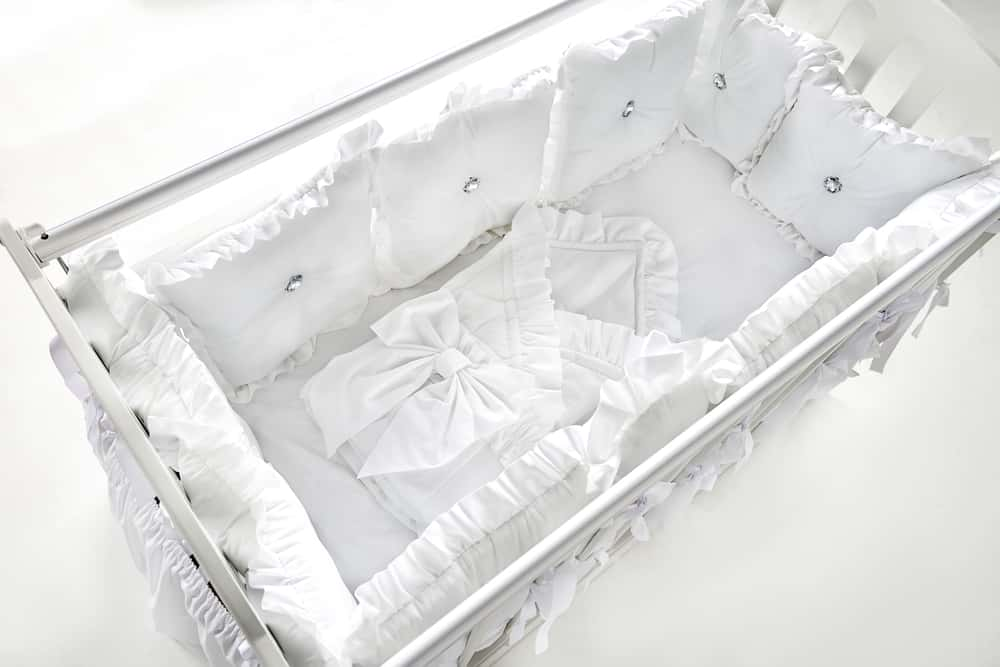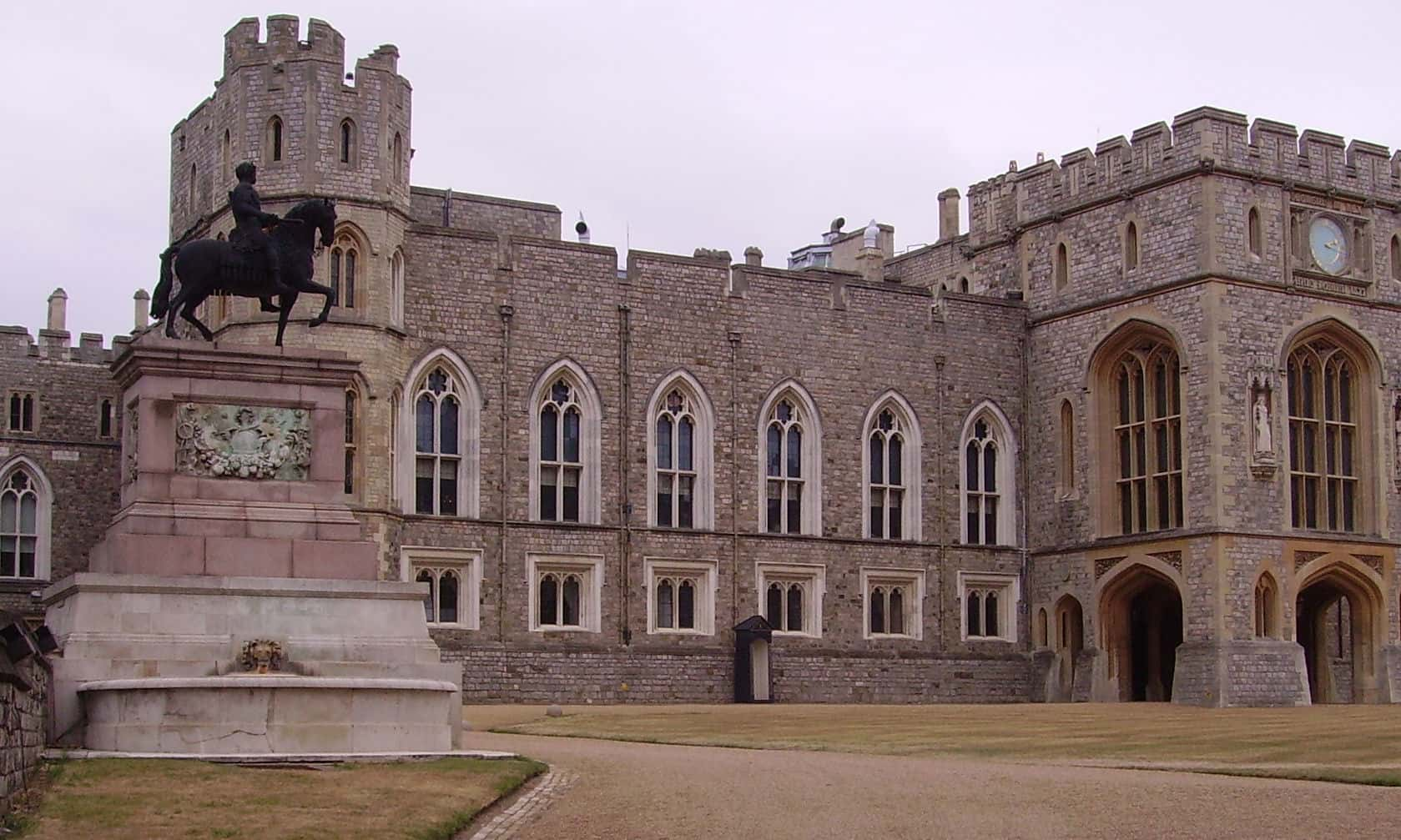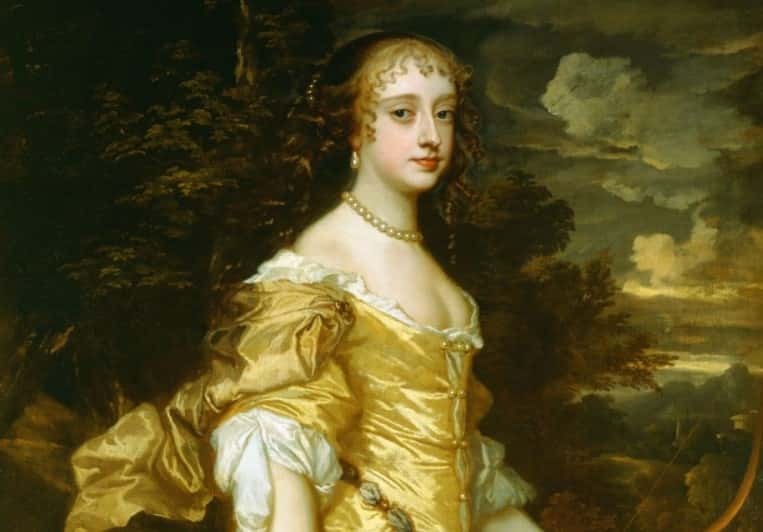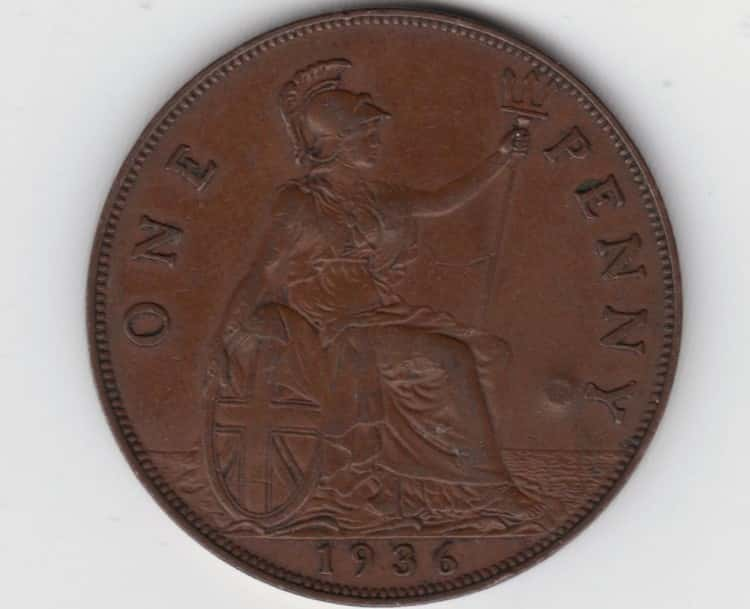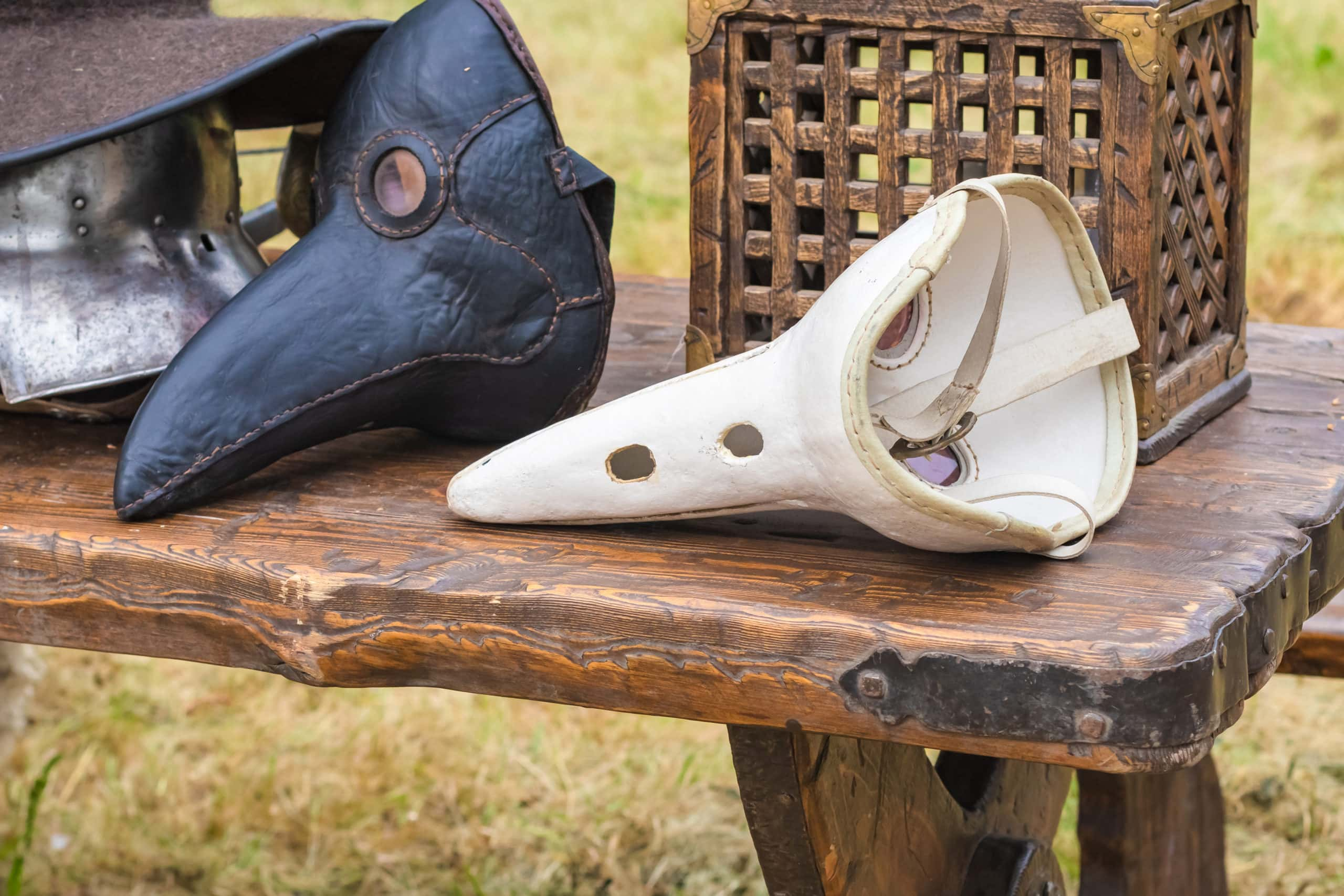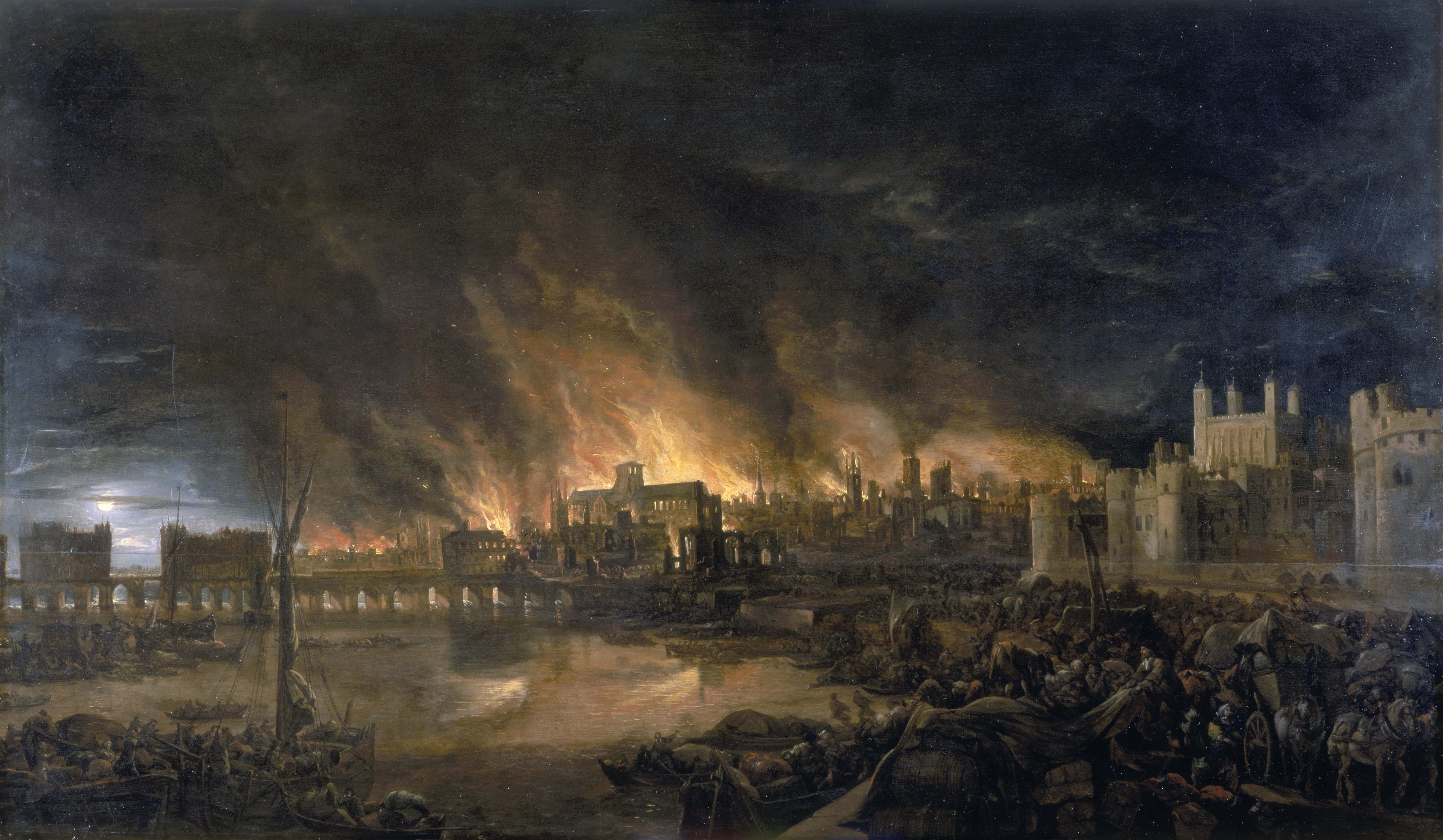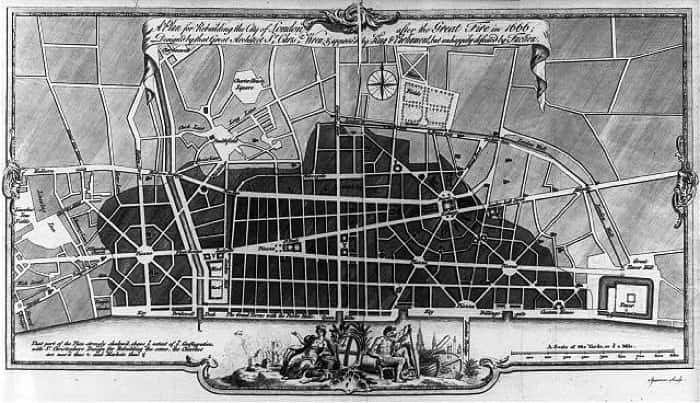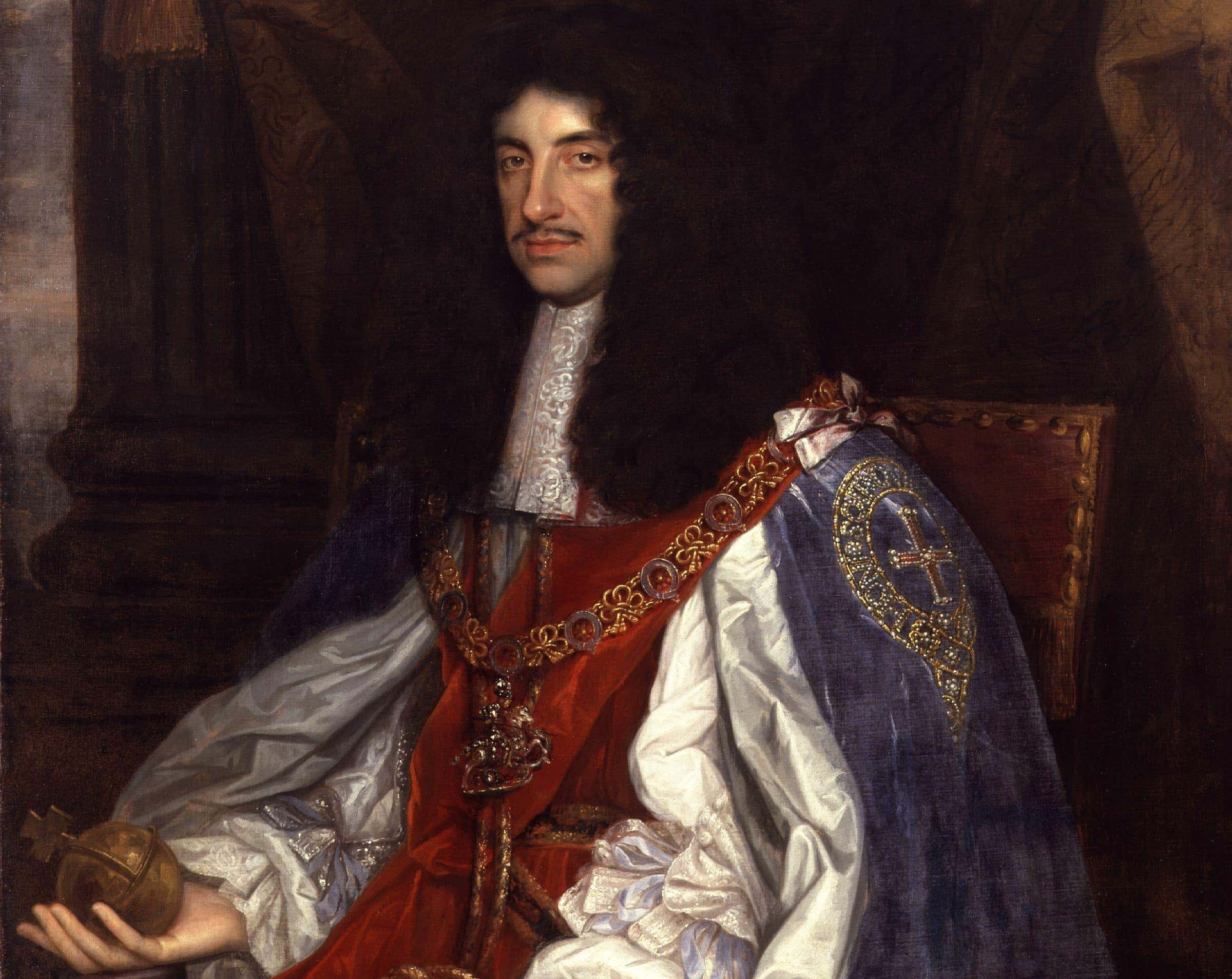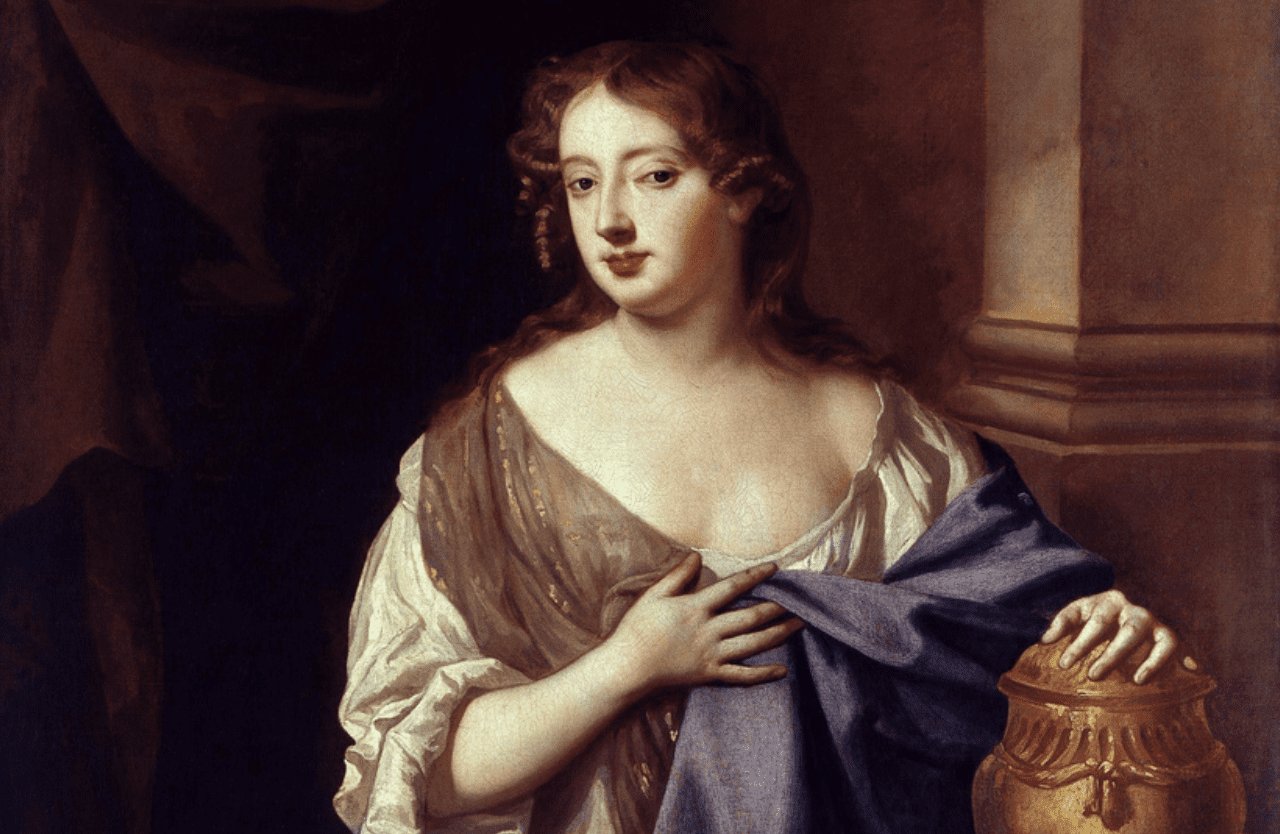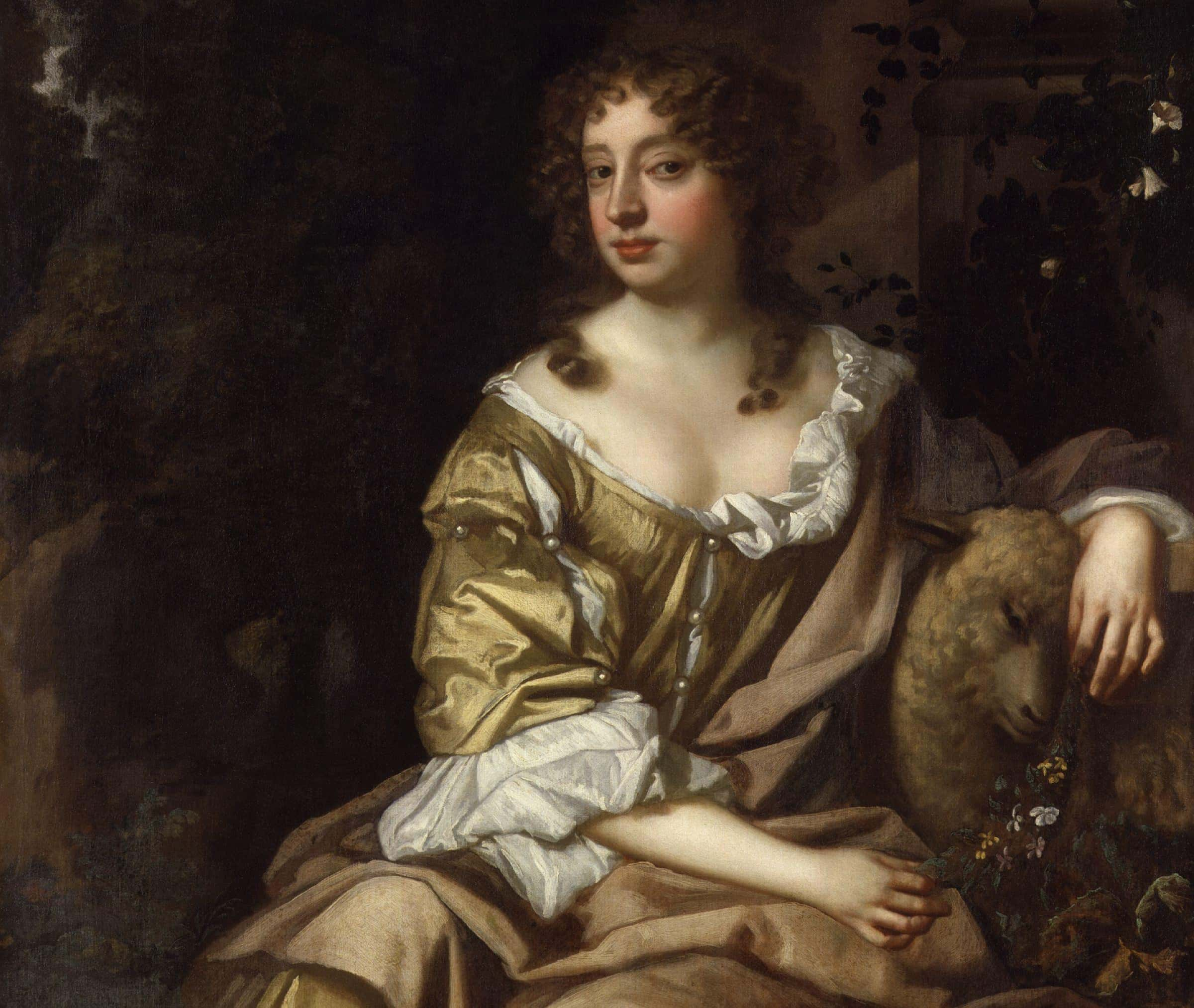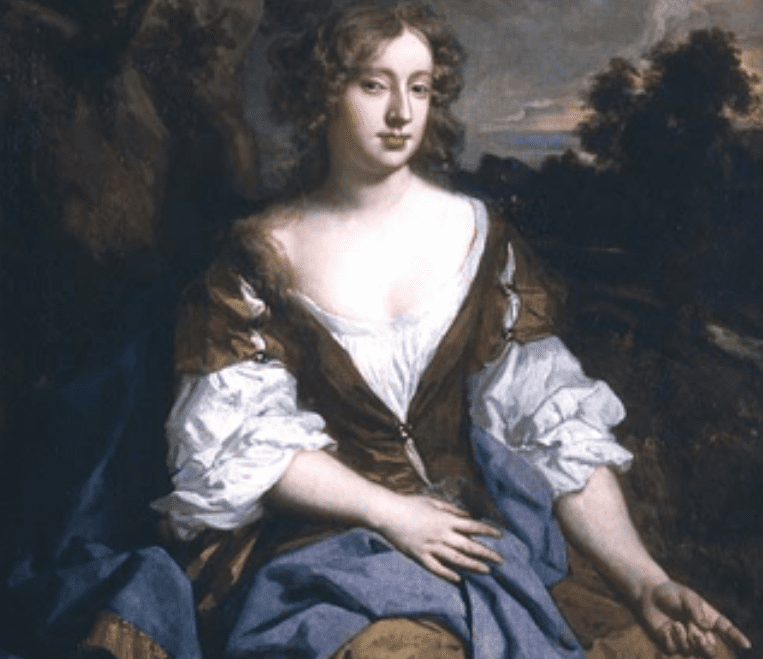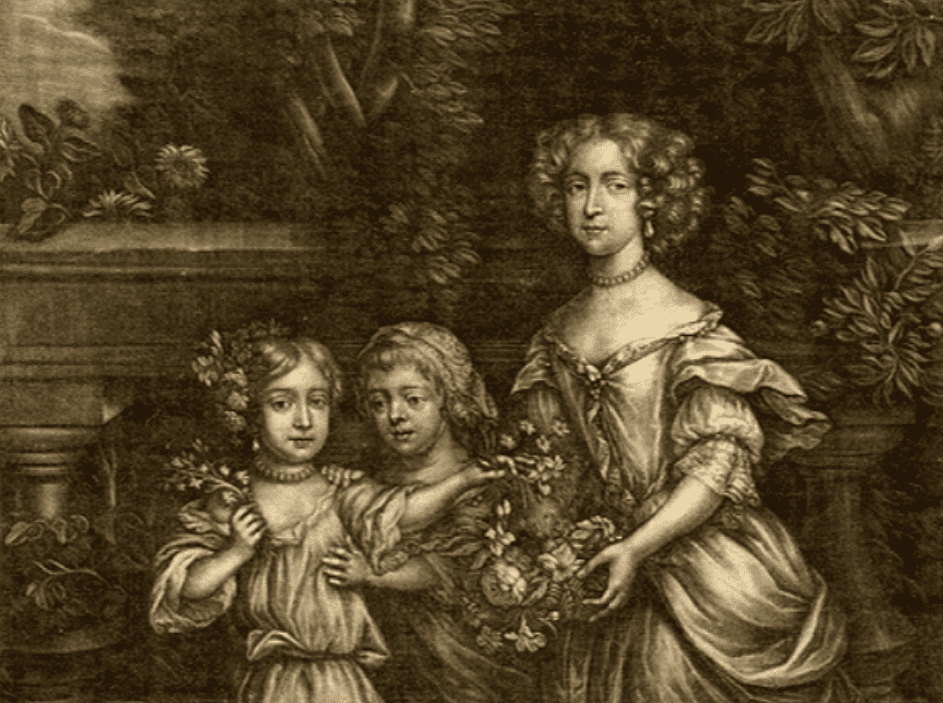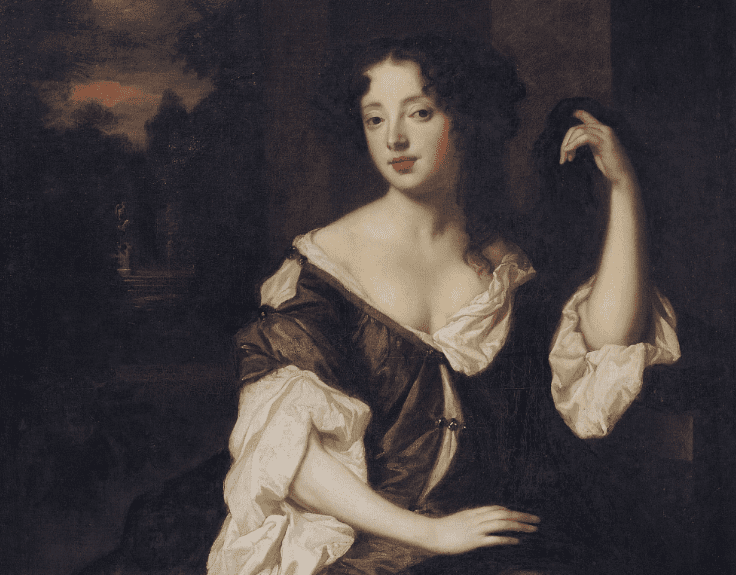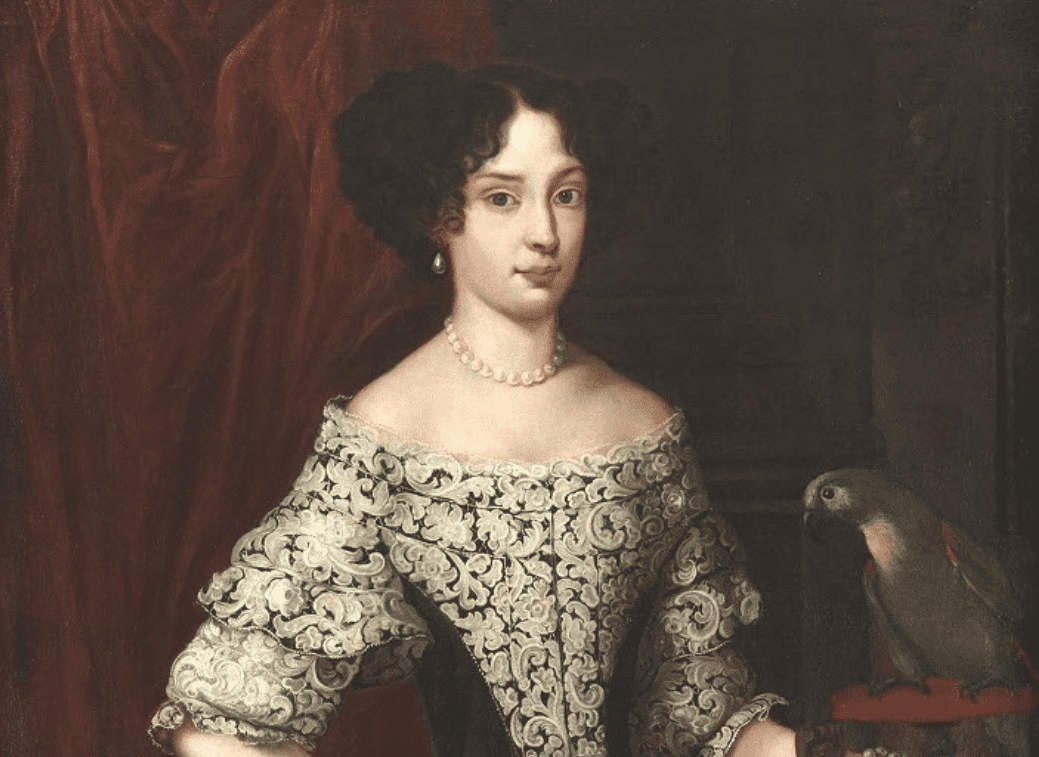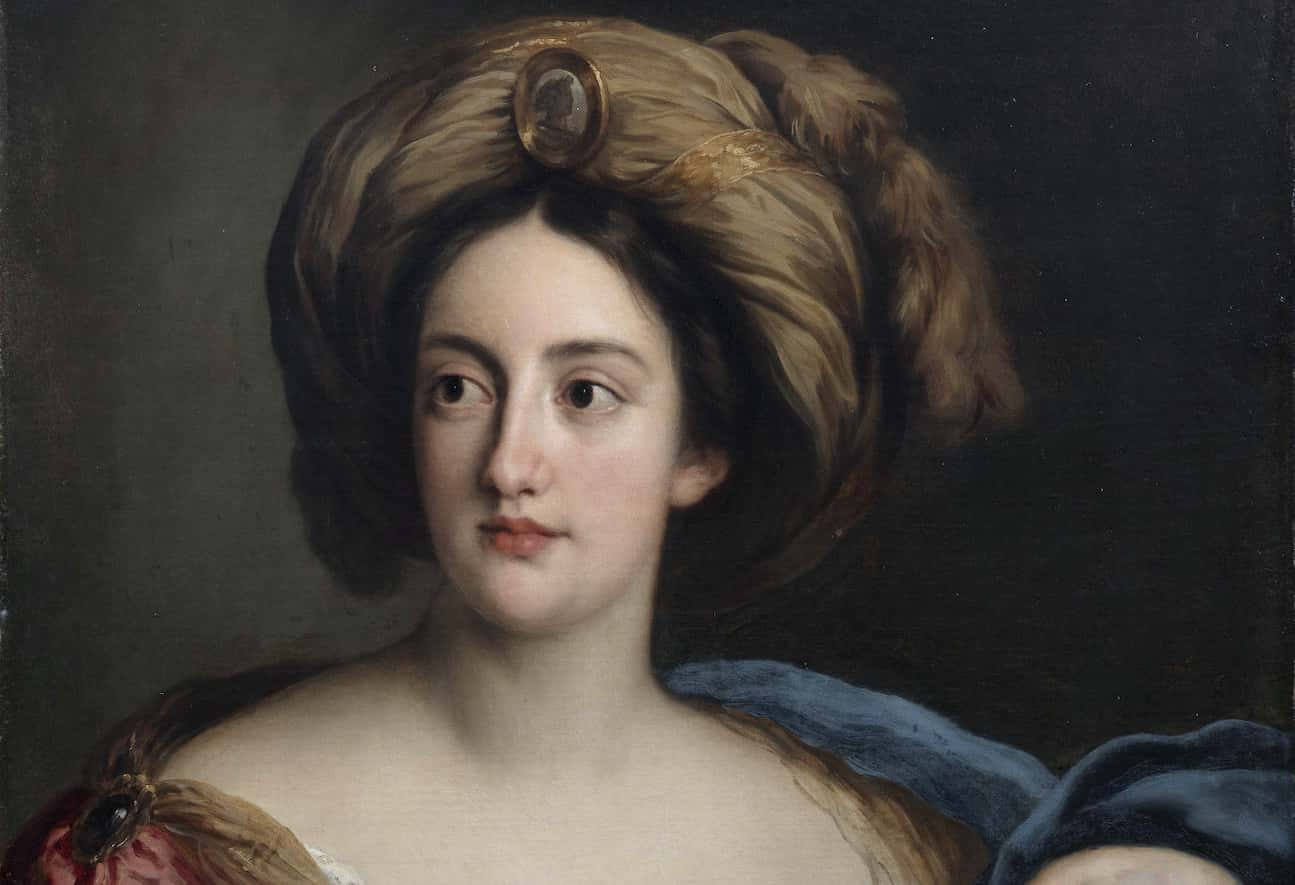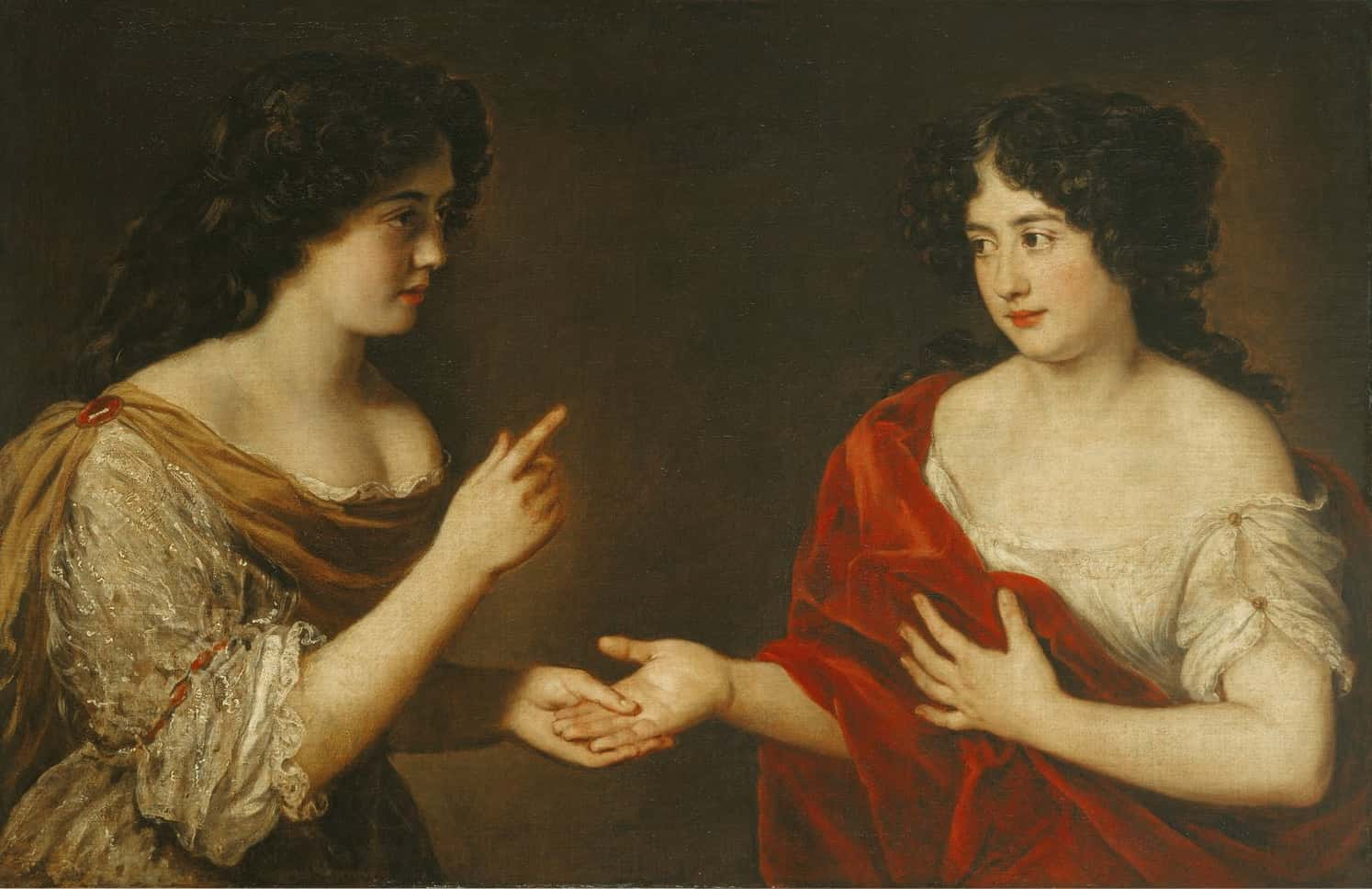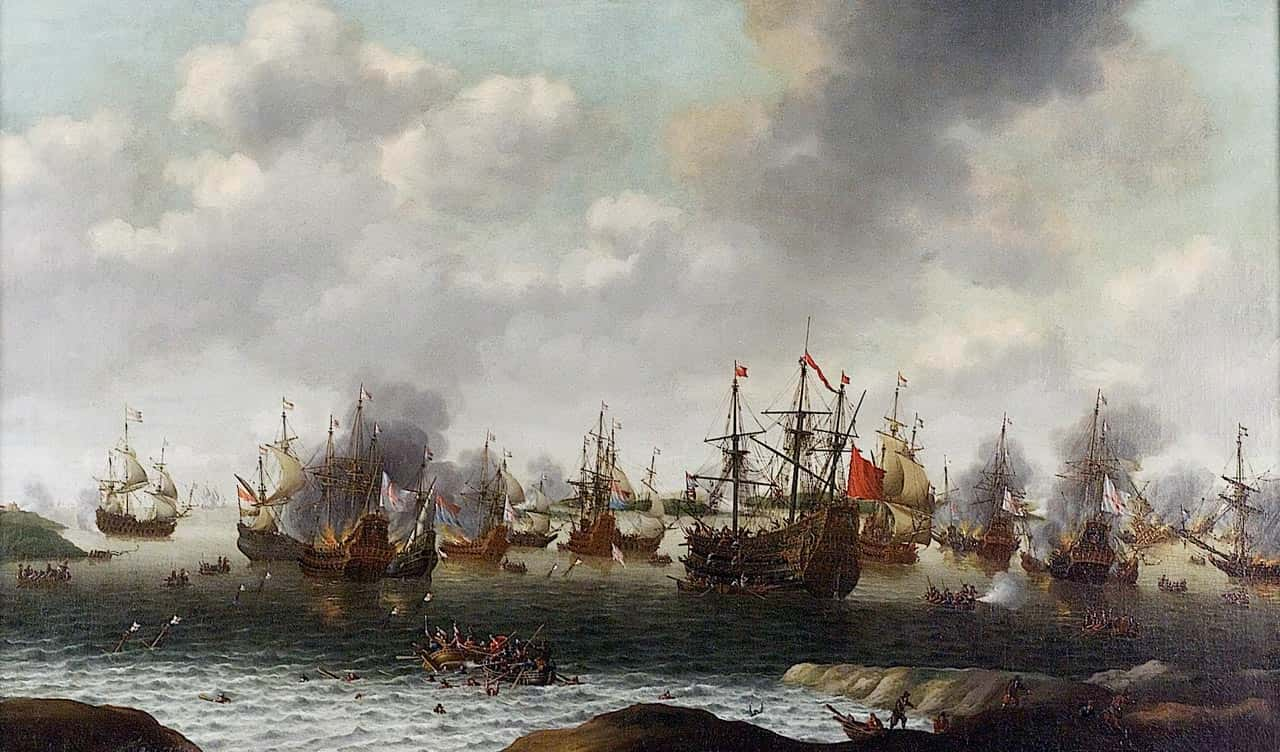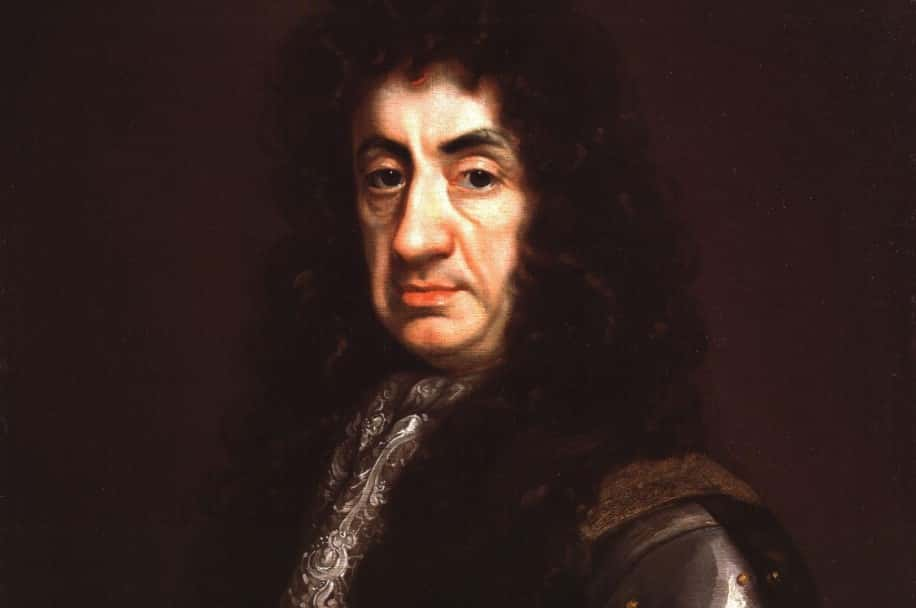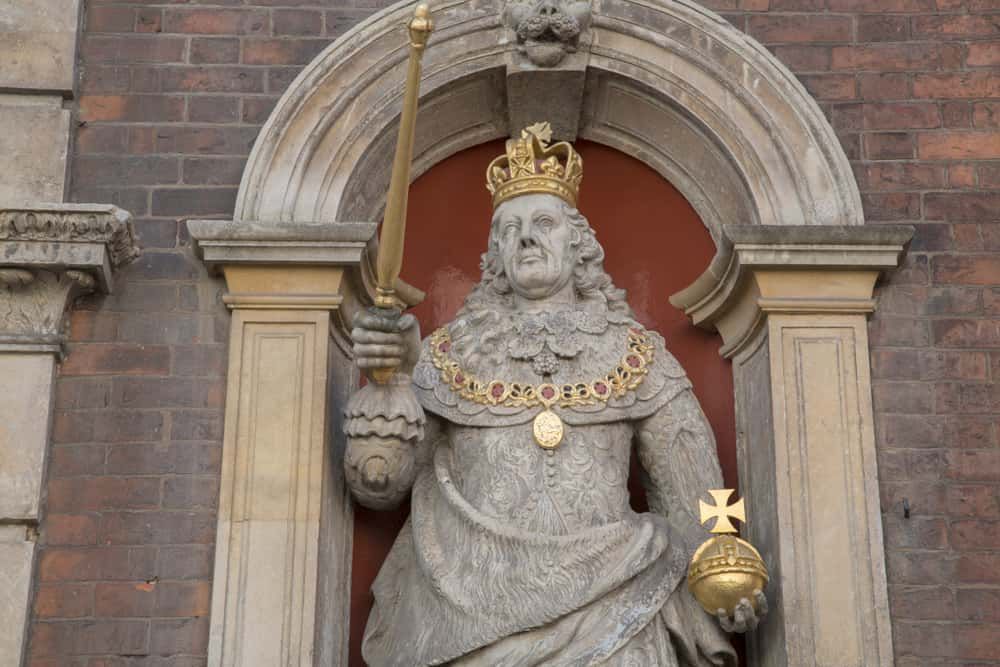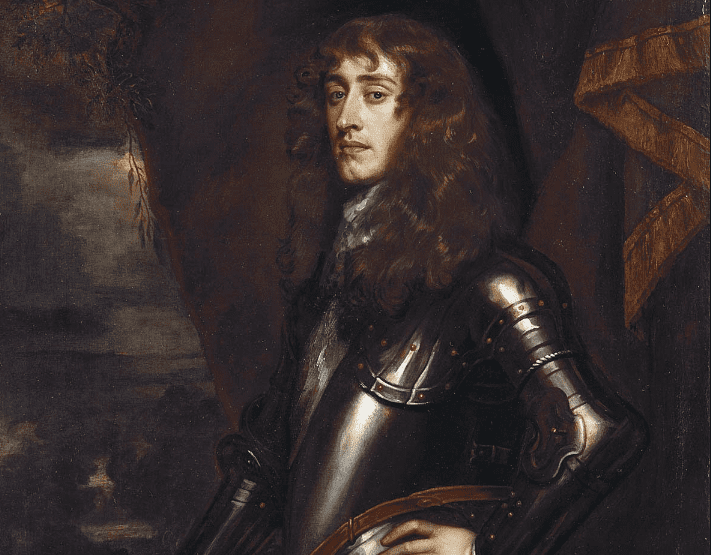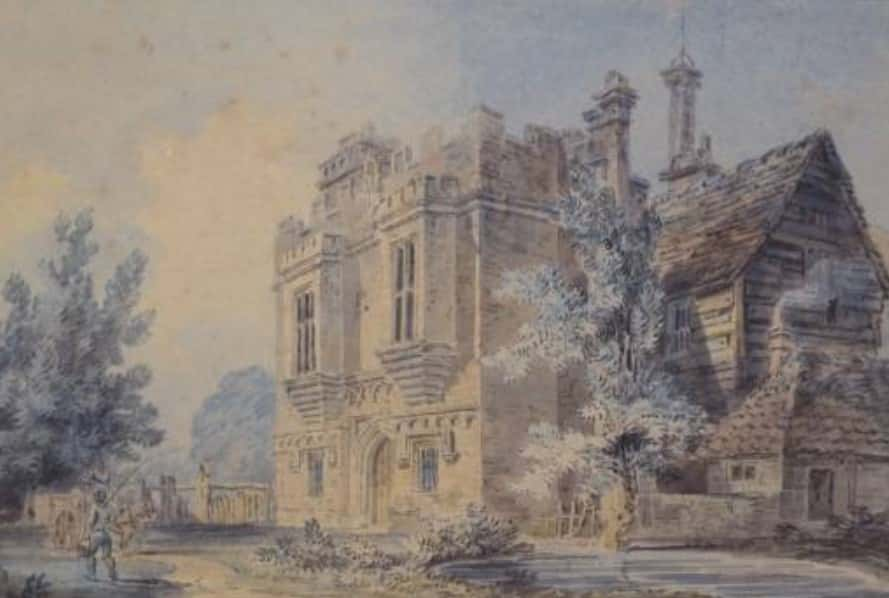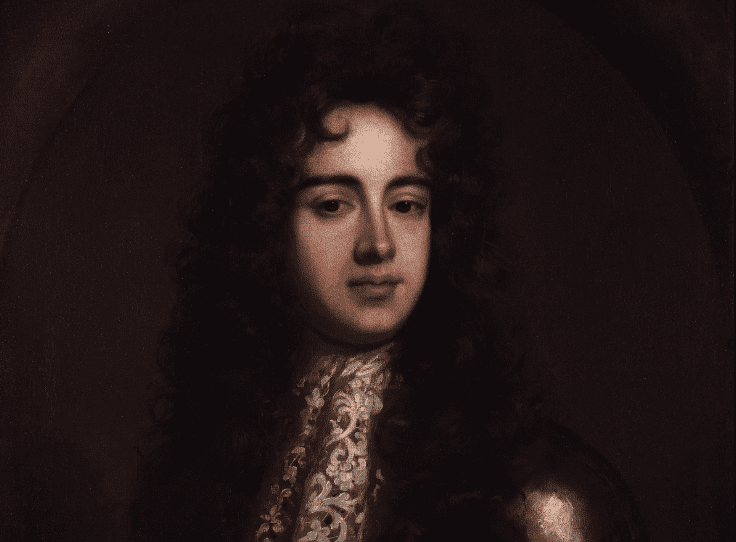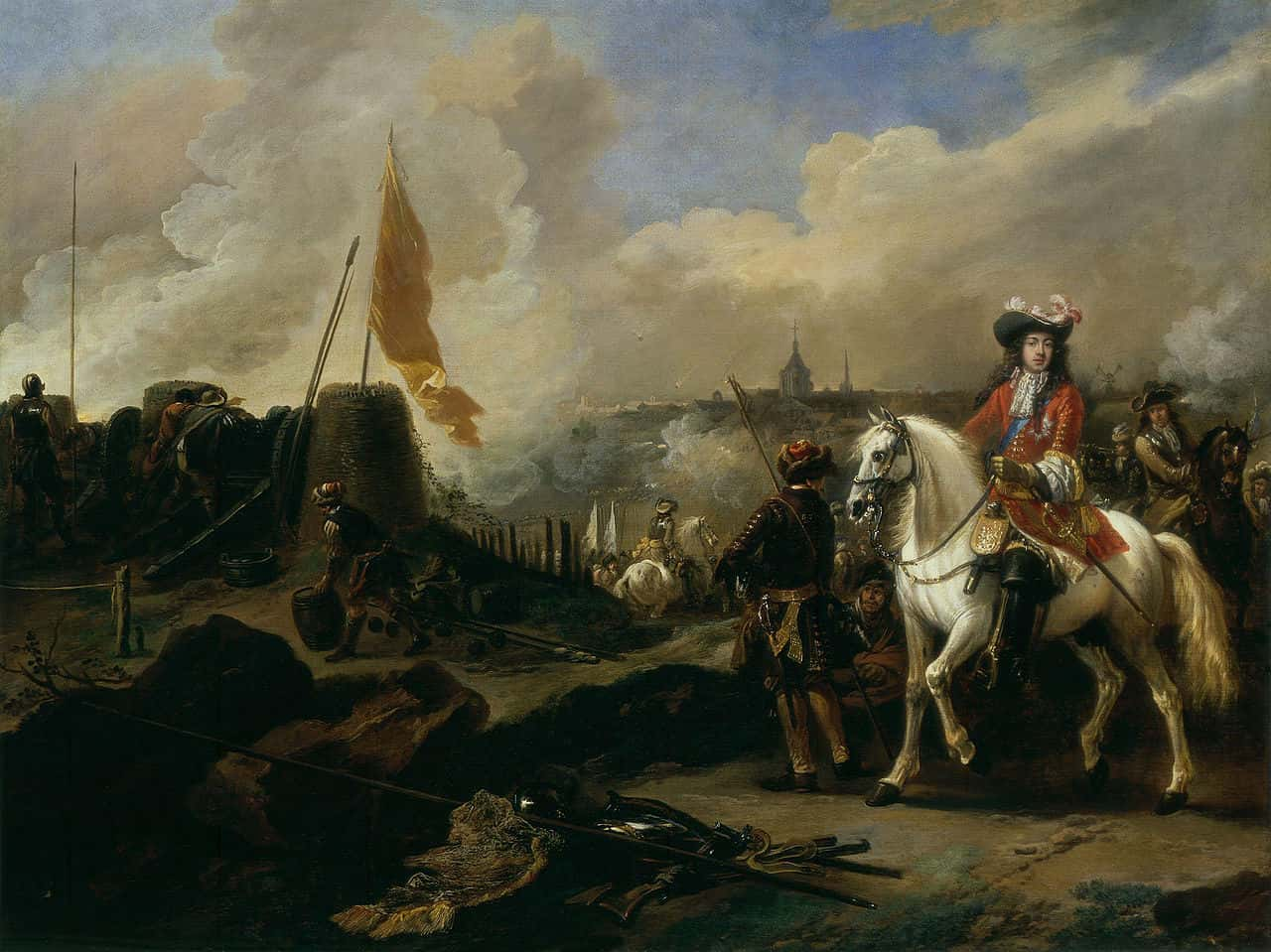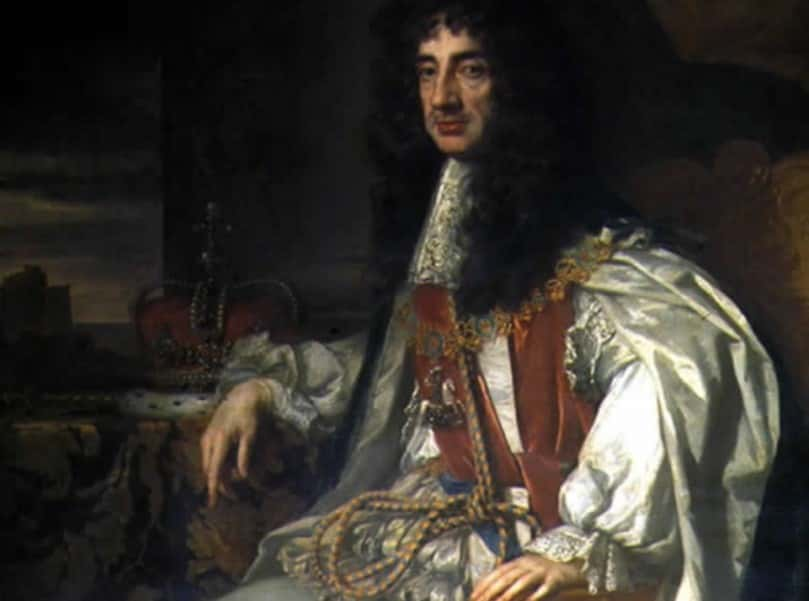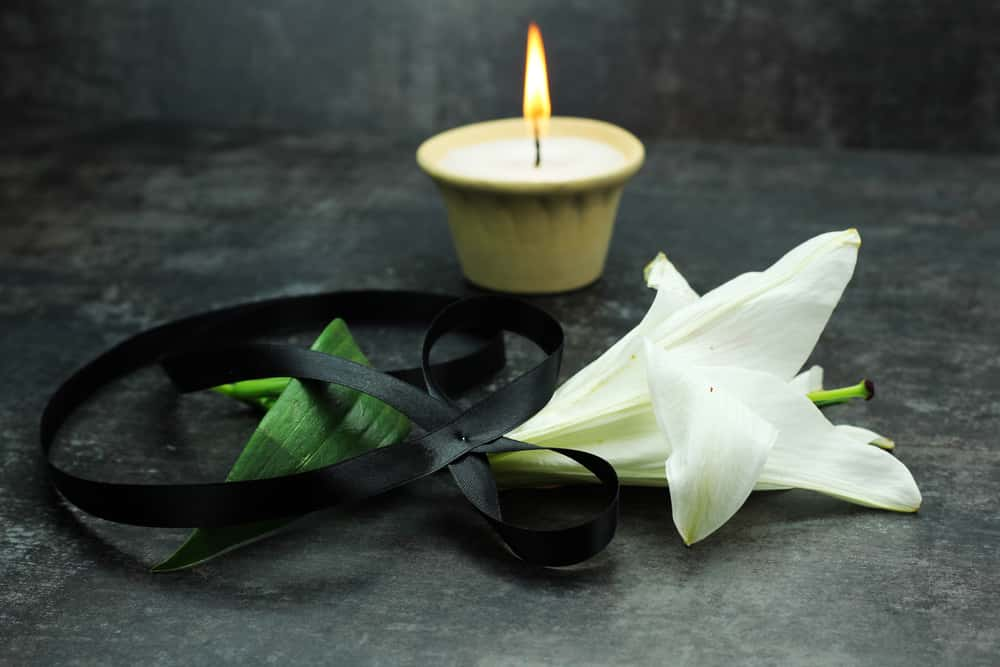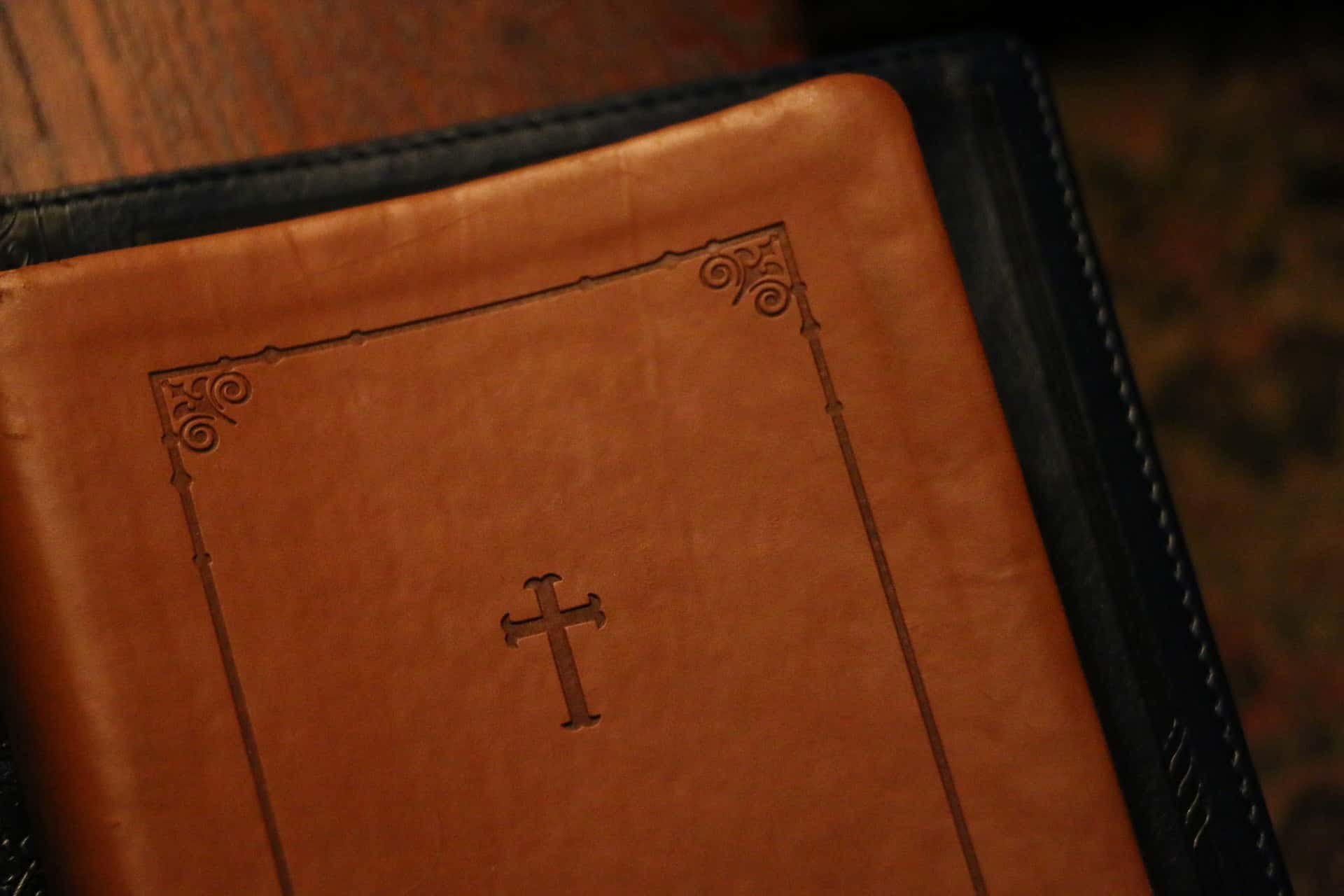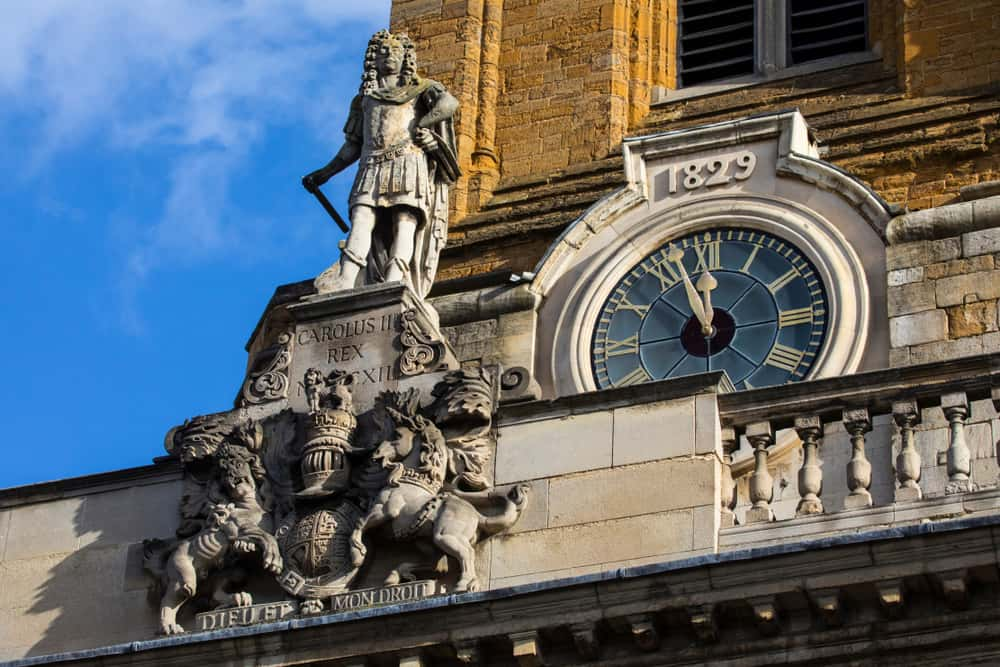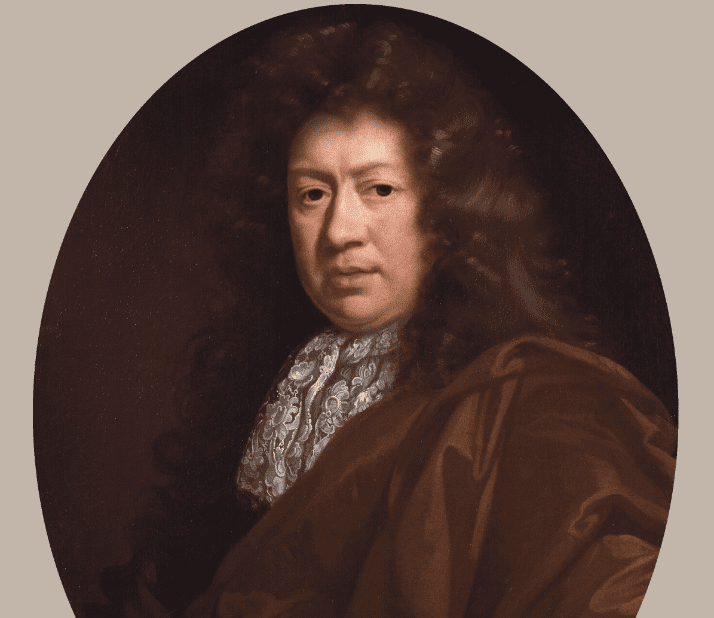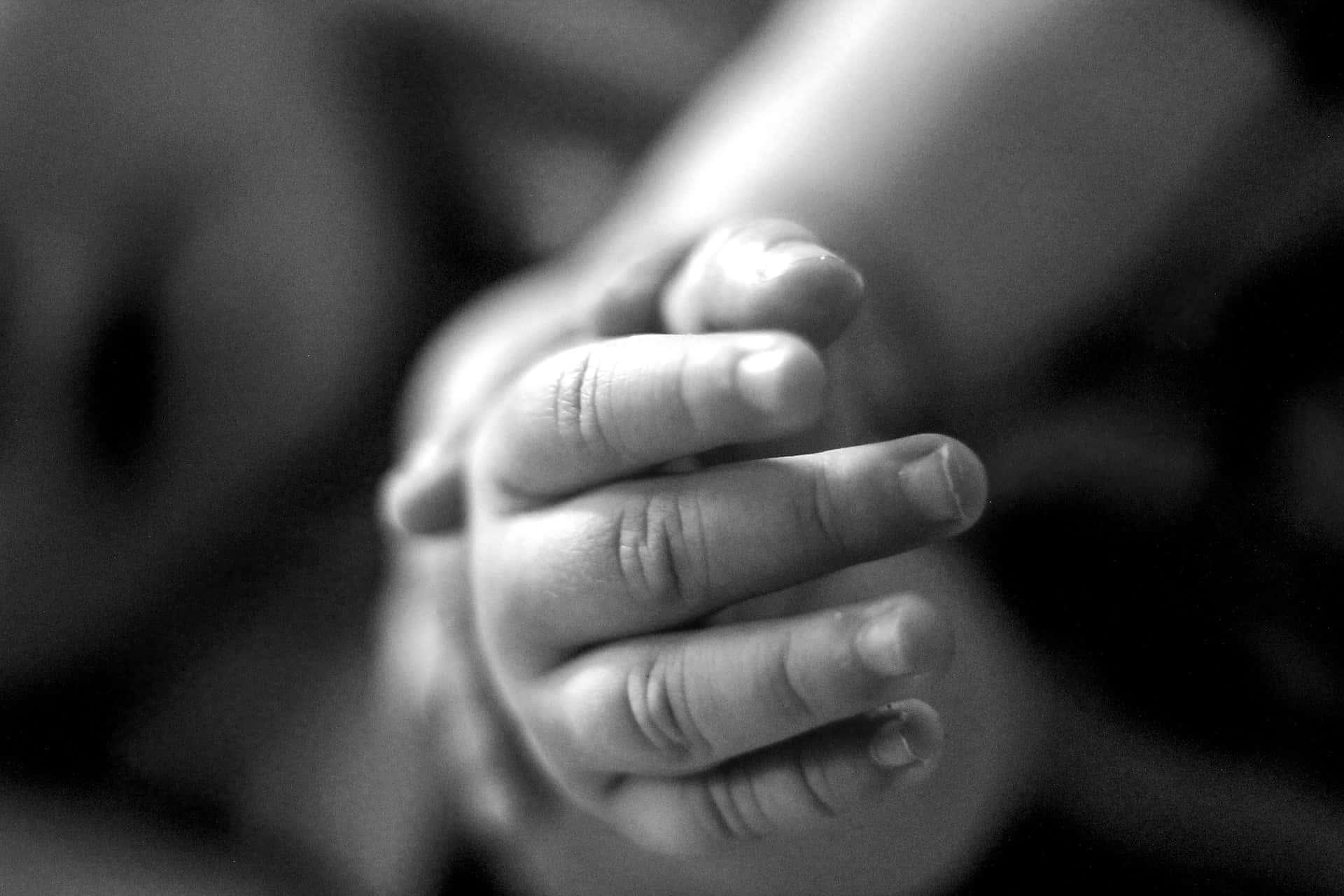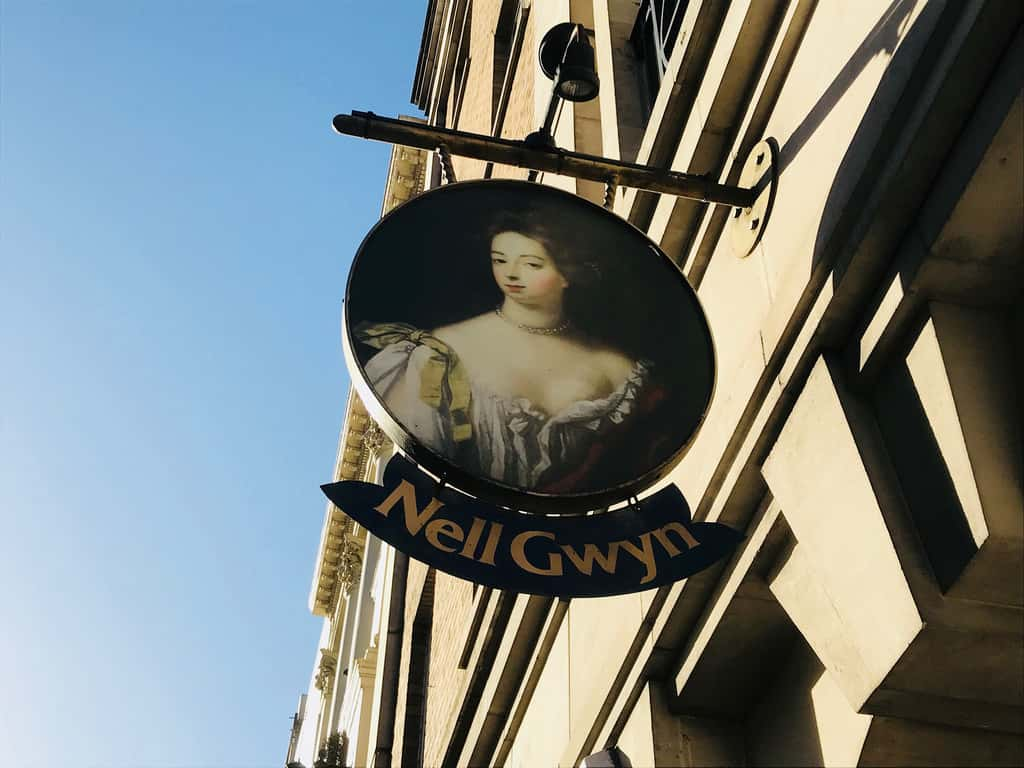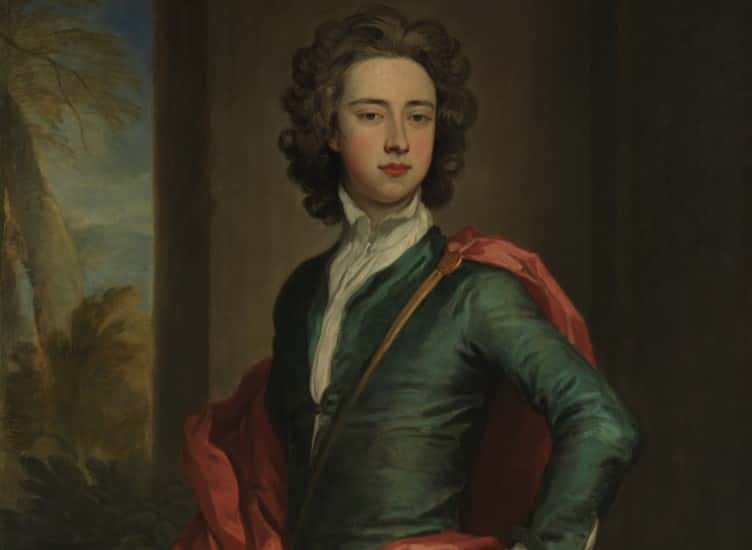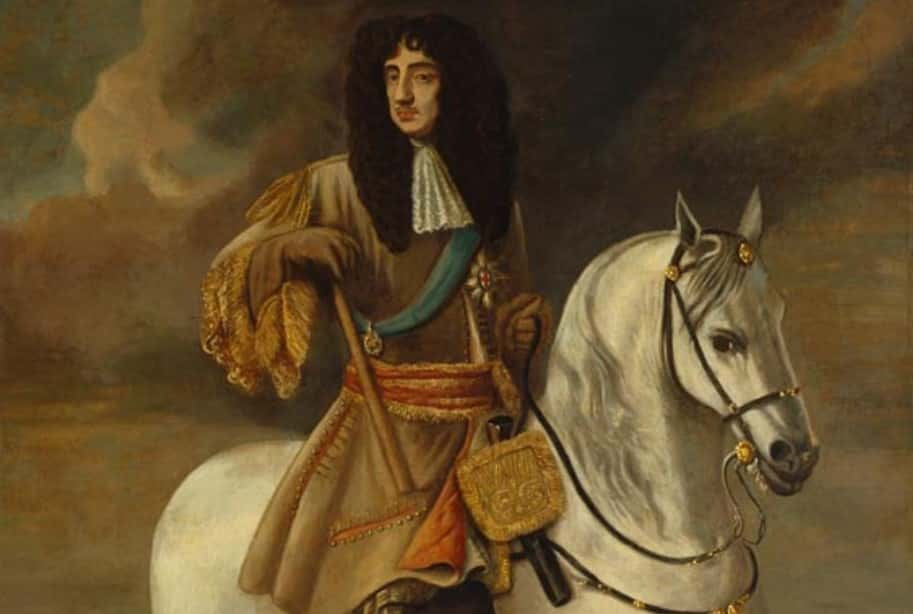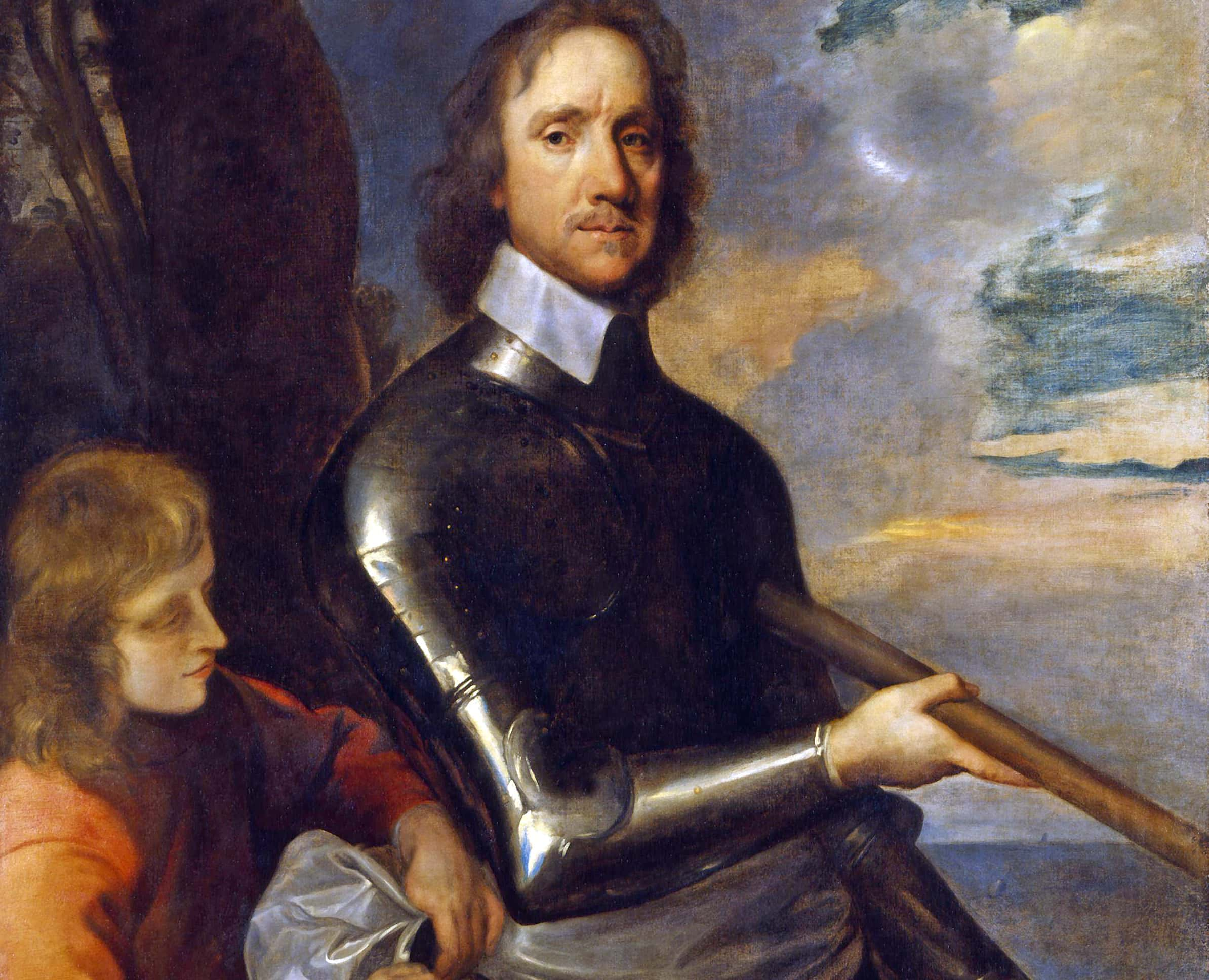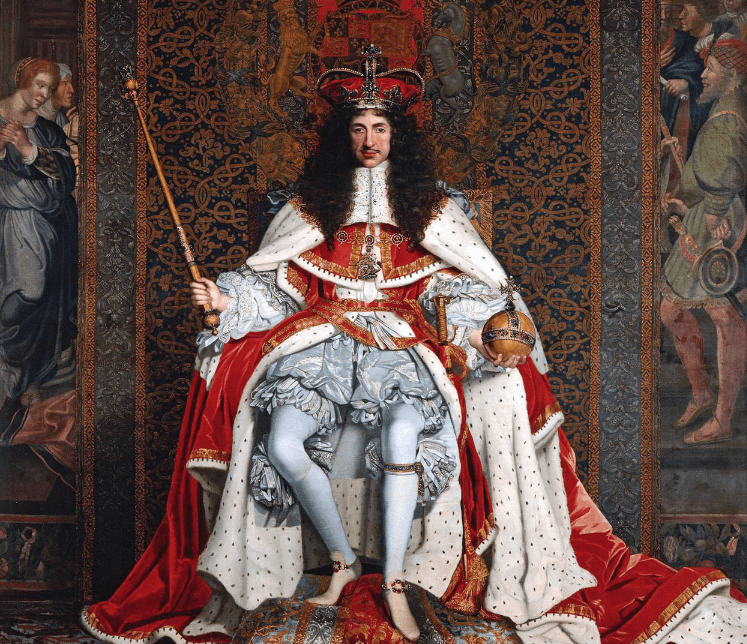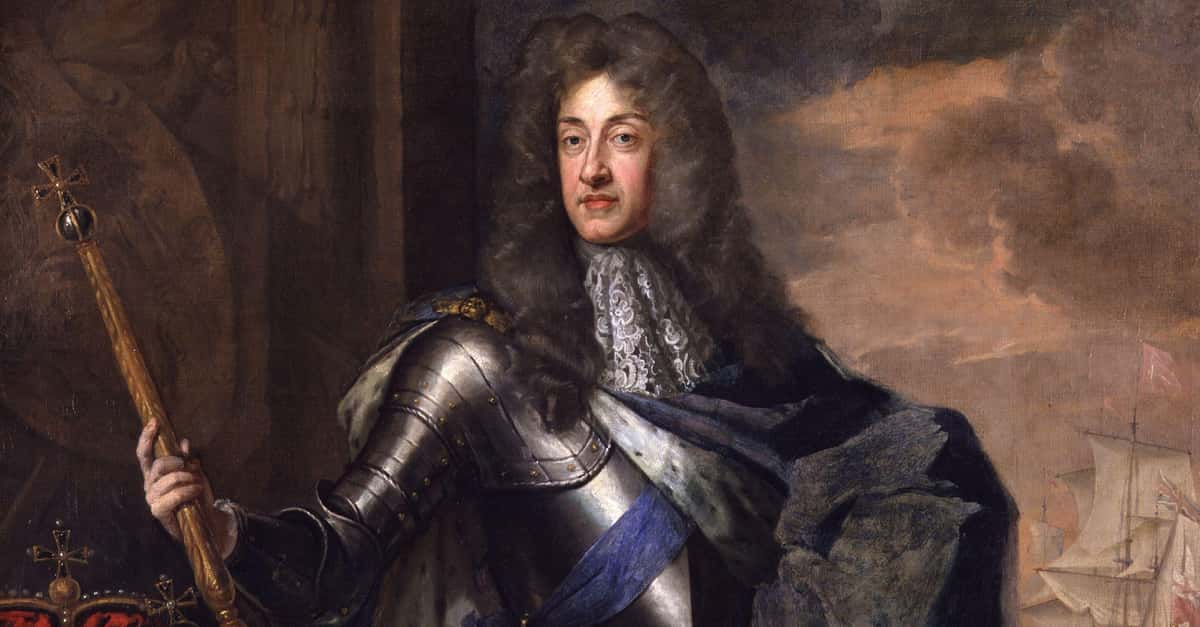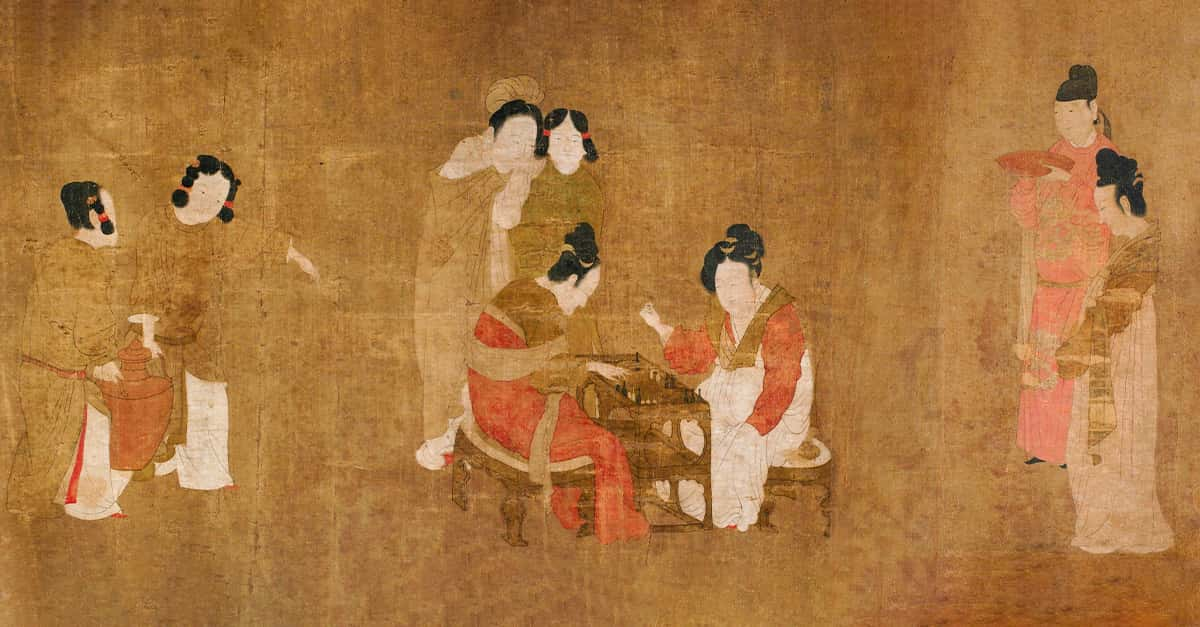Picture this. For the very first time, England has executed its own king. First, they arrest him for treason, and then they behead him. And he’s your father. You go into exile for a decade, only to have your former enemies invite you back to take his place as the next monarch. That was the dangerous situation that Charles II faced when he became King of England—and the peril and tragedy didn’t stop there. Here are scandalous facts about Charles II, the deposed king.
1. He Was Born Into Turmoil
As king, Charles I didn’t make life easy for himself—and, as an eventual result, made things terribly difficult for his son. By the time of his son’s birth in 1630, he was already on thin ice. The King had given up many of his rights in order to make nice with the pesky English Parliament—and get more of their money. Sadly, it wouldn’t be enough to prevent his dark fate.
2. He Was The Heir With A Spare, And Then Some
Charles II wasn’t the first of his name. His parents had named their first son Charles as well, but he’d passed on shortly after birth. The people expected the King and Queen to produce another heir for the House of Stuart. Luckily for them, Charles II came along soon afterward, and seven others followed, most of whom made it to adulthood.
His parents were quite talented at bearing heirs, it’s true. Charles II would not have the same luck—and it would have dire consequences.
3. He Had All Kinds Of Influences
With so much drama in the royal court, the King Charles I and his Queen Henrietta Maria had to enlist a bevy of courtiers and family to help with their large brood. Charles II grew up torn between these factions and their different religions—which could still very much present a problem in those days. His governess was Protestant, while his mother’s family in France were Catholic.
When it came to religion, King Charles I was a bit all over the place—and it would come back to haunt him later.
4. The King Was In Trouble
Things had been tense after Charles II’s birth, but as he grew up, his father and Parliament reached a kind of peace. But then, it all fell apart in an instant. Many rulers in history have believed in the divine right to rule, meaning that God alone gives them the right to rule and that they do not have to answer to any earthly power. Charles I believed this, but British Parliament didn’t agree, and in 1642 it came to a head.
5. He Was In The Thick Of It
That year, the English Civil War broke out with two warring factions: the Royalists, and the Parliamentarians. Charles I knew that he was in trouble. He sent many family members away to France, where his wife’s brother was King—but not all of them. He kept his son, Charles II, right by side, where the young boy witnessed bloody battles and violent campaigns.
The King even made Charles II commander of English forces in the West Country at the age of 14—but the boy couldn’t stay out of harm’s way forever.
6. He Sent Him Away
Soon, the tides changed and it the Royalists began to lose ground. Fearing for his son and heir’s life, Charles I made a heartbreaking decision. He sent Charles II, then 16 years old, on the long journey to France, where he’d find safety with his mother and her family. It was a wise decision, as things were about to get way worse.
7. He Did Everything He Could
Whether he was hiding out in France or at The Hague, Charles II tried valiantly to enlist aid for the royalist cause. He did have some luck in the Netherlands—but he also had his fair share of distractions. He was a teen boy, after all. During his time in The Hague, Charles II began an affair with a woman named Lucy Walter.
Soon after, she became pregnant and they had a son together. While illegitimate, Charles II nevertheless showered his son with titles. This was just the beginning of a lifetime of scandalous affairs for Charles II—but this one in particular would come back to bite him later on.
8. It Was Over
As we said, Charles II did have some help getting royalist allies to send men to help his father back in England—but sadly, it was all for nothing. The King had done everything in his power to hold onto the throne, but he’d been defeated. His opponents put him on trial for treason, claiming that he’d used his power for personal interest instead of the good of the country.
King Charles continued to claim that he had absolute power until they removed him from the court, and days later, sentenced him to beheading. Charles II’s fight was over—for now.
9. They Never Got To Reunite
At this point, Charles II had not seen his father for 15 months. He was still living with a target on his head. If he were to return to England, things would’ve gotten exponentially worse. Sadly, this meant that he never got to say goodbye to his father. However, in the King's final moments, Charles I did have a heartbreaking farewell with two of his children, Henry and Elizabeth—and he gave them a grave warning.

History's most fascinating stories and darkest secrets, delivered to your inbox daily.
10. They Beheaded Him
The King couldn’t save himself, but he begged his younger son Henry not to let the new government make him a puppet king. He knew that all of his children were in danger, especially Charles II—but also, Henry was the only one in captivity. Shortly afterward, on January 30, 1649, Charles I became the first English king to be executed.
The tragic event made Charles II a boy without a father, and an heir without a throne. The next years of his life were absolutely dire.
11. They Turned On Him
The King’s execution sent shockwaves throughout Europe. Such a dark transgression against of one of their own should’ve compelled rulers and statesmen to back up Charles II, but no such luck. They tiptoed around the subject, sending half-hearted messages of sympathy to Charles II that dared not even mention his claim to the throne. He felt the bitterness of it all rise in his veins—and eventually, it would all come violently pouring out.
12. They Disagreed
The Parliamentary forces in England may have beheaded their king, but there was one element they didn’t count on. Before his execution, Charles I had won Scotland over to the royalist cause. And when those Scots found out what had happened in London, they weren’t exactly pleased. To shoot back at England, they named Charles II the King of Great Britain, France and Ireland—but there was a twist.
 Charles II: The Power & the Passion, BBC
Charles II: The Power & the Passion, BBC
13. They Had Some Big Ideas
You’d think that making someone King would also mean you’d welcome them with open arms—but not in 17th century Scotland. No, they had some conditions in mind for Charles II before they’d let him step foot on their soil. They wanted him to impose Presbyterianism across Britain and Ireland, and considering most of his “kingdom” didn’t believe he was their ruler anyway, he was not exactly into pleasing them. This was his first mistake.
14. They Forced Him To Join Them
Instead of capitulating to their demands, Charles II sent in his best general. In return, they got him a gruesome surprise. The Scots quickly captured and executed said general. Without much of a foot to stand on, Charles II agreed to their conditions and traveled to Scotland. This deal didn’t exactly make him popular with the English—but he had bigger problems than them.
15. His Sworn Enemy Came Back Into The Picture
Sure, the English Parliament had been the driving force behind the English Civil War and his father’s execution, but there was one figure leading them to that bloody conclusion, and his name was Oliver Cromwell. And even though he’d vanquished Charles I, he wasn’t done with the Stuart dynasty yet—he now had his eyes set on Charles II and the Scottish forces who were backing him up.
16. He Didn’t Like His Supporters
When Charles capitulated to the Scottish demands for Presbyterianism, he’d felt like he was making a deal with the devil. Then, Cromwell’s forces came for him and his allies and ultimately defeated the Scottish at the Battle of Dunbar. Charles II was in his most disadvantageous position yet, and it was about to get worse. The Scottish forces splintered into two factions. Again, this left Charles in a less than desirable situation.
17. He Tried To Escape Them
The Scots had split into those with a hankering for some of that sweet Presbyterianism, and simple royalists who just missed having a king to stand behind. Charles II picked the easy side, and tried to escape to join the royalists. Once again, he picked wrong. They recaptured him, and forced him to admit that Presbyterian or not, they were his best hope at restoration.
They begrudgingly crowned him King Charles II on New Year’s Day in 1651—but there was still that little matter of Cromwell and the Brits.
18. They Made It To Enemy Territory
Now united, Charles II and the Scottish forces made a chilling realization. If they wanted to get anywhere, they had to bring their fury right to Cromwell’s door. There was just one problem: the numbers of supporters for Charles II were quickly waning. Regardless, they moved forward. Sadly, they met brutal defeat once again—and on English soil, which left their king in grave danger.
19. Stranded In England
It was Charles II’s first return to England since before his father’s execution—but just as soon as it began, it was over. Charles was now in enemy territory, and he had no choice but to make a truly harrowing escape. As the Parliamentary forces came for him, he narrowly avoided them by exiting through the back door of the very building they were entering. For his next move, he came up with a chilling plan.
 Charles II: The Power & the Passion, BBC
Charles II: The Power & the Passion, BBC
20. He Took Flight
The safe move would’ve been to retreat to Scotland, but instead, Charles II wanted to go straight to London, right in the eye of the storm. Call it harebrained or whatever else you want, but there’s one thing we’ve got to admit: What followed was an epic adventure worthy of an episode of Game of Thrones or three. Over the next six weeks, Charles II and his small group of officers traveled through England, and he went to great lengths not to be recognized.
21. Things Had To Change
When he reached the county of Shropshire, locals helped to disguise and shelter Charles II, going full My Fair Lady on him. Not only did they give him a makeover, they also taught him to speak with a local accent. From here, he made an attempt to get the River Severn, which could take him closer to London. When he got there, Parliamentary forces were a step ahead of him, and were closely guarding the waterway.
The sighting forced him to concede that getting to London would be near impossible—and that it was time to come up with a new plan.
22. They Had A Very Close Call
They returned to the house they’d sheltered at in Shropshire—only to make a chilling discovery. Parliamentary forces were preparing to search the house and grounds that day. So, Charles II and his men came up with a devious plan. They hid the King in a nearby oak tree for the entire day. One of his allies later reported that the Parliamentary forces were offering a reward of £1,000 for information leading to Charles II’s capture—a veritable fortune in those days. He needed to get out of dodge, and fast.
23. People Rallied Behind Him
With their enemies hot on their tails, Charles II and his remaining entourage came up with a plan. The King would go to France, and to get there, they’d spirit him away to the seaport in Bristol. They enlisted the help of every ally that they could along the way, including a woman named Jane Lane. She had a permit to travel, and Charles posed as her servant, while one of his men, Lord Wilmot, created a distraction by flaunting his presence, undisguised, a few miles ahead of the party. Together, they made it to Bristol, but their perilous journey wasn’t over yet.
24. They Didn’t Stop Trying
Once Charles II and his men were in Bristol, they faced an unexpected setback. There were no ships traveling to France. In the weeks that followed, there were even more disguises, more close calls, more ruses, and more traveling between port towns hoping to find a ship that would take Charles II to safety in France. Finally, he found one and made it over to Paris, where he reunited with his mother.
Even though Charles II had fled England, he still believed he had a right to the crown, and would continue to fight for it.
 Pexels
Pexels
25. He Finally Escaped…
While in Paris, the French King Louis XIV supported Charles II, paying his way—but not paying him enough that Charles could gather men to return to England and claim his crown. Just as he began to get comfortable in his exile, a courtier brought Charles II some devastating news. Back home, the Parliament had named his sworn enemy Oliver Cromwell as the Lord Protector of England. Things got even worse from there.
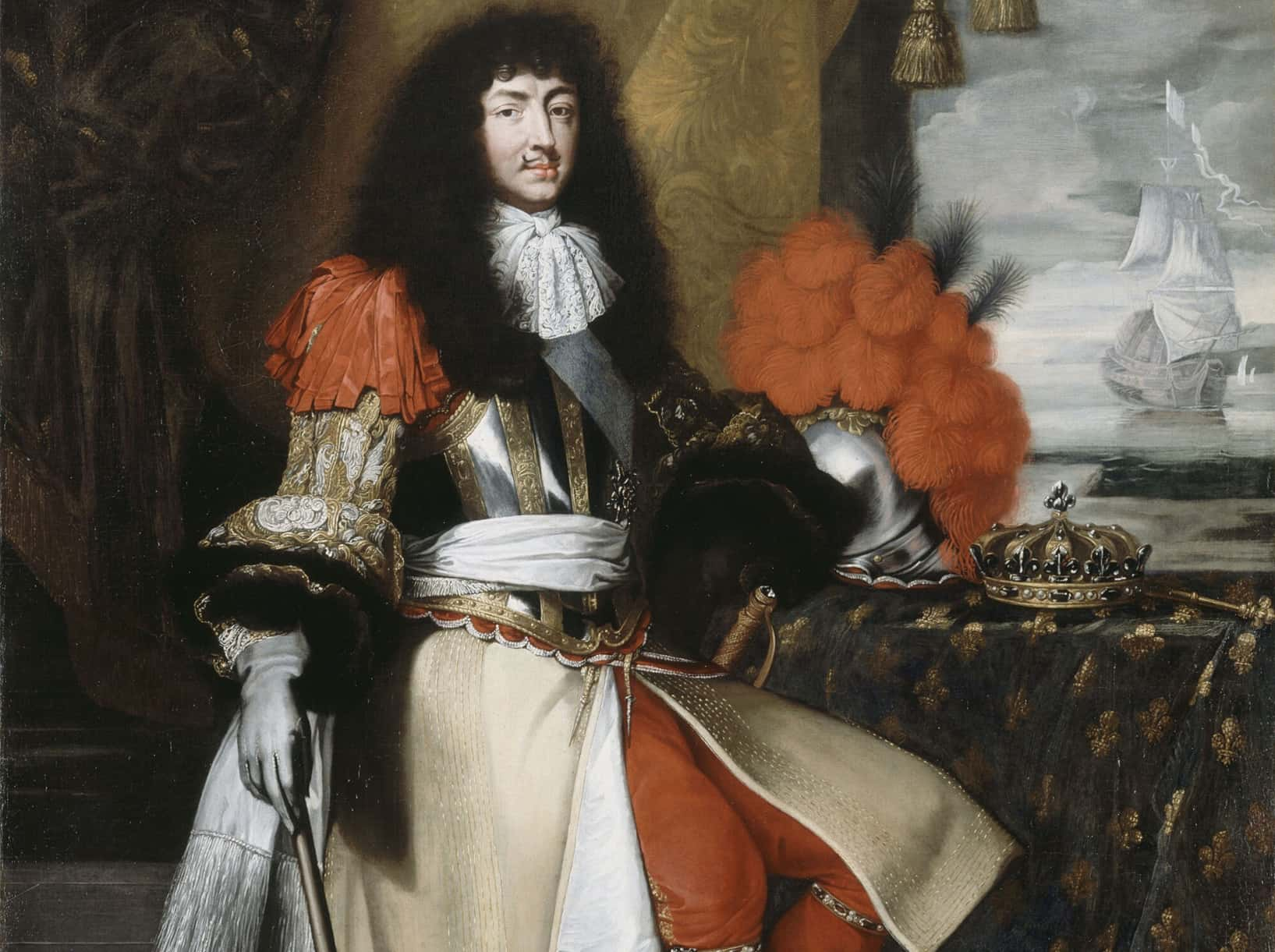 Wikimedia Commons
Wikimedia Commons
26. …Only For Them To Exile Him Again
At this point, both France and the Netherlands chose to ally themselves with Cromwell and his government. Once again, Charles felt the harsh sting of betrayal. This time, he turned to Spain for support and shelter. They were at odds with France—and now, so was he. They agreed to support his claim to the English crown if he’d raise an army to take on France. He wasn’t ready to stop fighting yet—but he had no idea what he was facing.
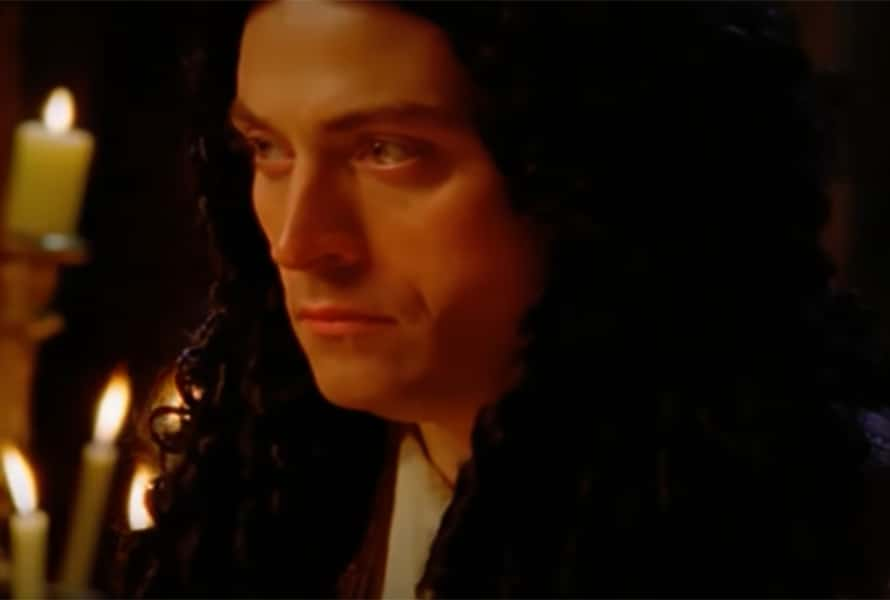 Charles II: The Power & the Passion, BBC
Charles II: The Power & the Passion, BBC
27. Luck Finally Came His Way
Charles II gathered a ragtag crew of men to join the Spanish in battle—only to face a horrific defeat at the hands of the allied French and British. It was a crushing blow—but then, a shocking twist of fate changed everything in an instant. In 1658, Oliver Cromwell fell ill and passed on. While they’d moved away from a monarchy, England didn’t quite the get the whole “democratically elected leader” thing yet. Oliver Cromwell had named his son Richard as his successor, so they just kind of went with it—at least, at first.
28. It All Crumbled
Whereas Oliver Cromwell had spent time in Parliament, and even more time leading an army, his son Richard had done…neither of those things. With few allies and little experience, he lasted about a year before he resigned. There was also an election to replace members of Parliament for the first time in two decades. Suddenly, it looked like the tide was turning in Charles II’s favor.
29. They Made Him Promise To Be Good
While it seemed as though Charles II finally had a chance at capturing the crown that his enemies had stolen from his father, the new Parliament wasn’t about to make it easy. After all, Charles II had a right to be angry and seek vengeance on those who had aided in his father’s execution and his exile—but the Parliament wanted to avoid that kind of chaos. They promised him the crown, but with a very specific set of conditions.
He had to swear to work in cooperation with Parliament, offer religious tolerance, and ignore the transgressions performed against him by his opponents. It was a bitter pill to swallow, but he knew what he had to do.
30. They Restored His Crown
Finally, more than a decade after they’d executed his father, the Parliament invited Charles II to return to England. They would finally proclaim him king—and that wasn’t all. They agreed that he’d rightfully been king since his father’s beheading, effectively erasing the previous 11 years from history. Charles II had fled England as a teen, only to arrive back in London on the day of his 30th birthday.
After years of chaos, there was finally order in England—but the same couldn’t be said for Charles’ life, which was getting more dramatic by the minute.
31. He Celebrated His Allies…
After a lavish coronation in 1661, Charles II set about his duties as king—but he hadn’t forgotten what happened to him in the decade prior. Many of his allies from that period had also lived in exile, and he welcomed them back to England with open arms and showered them with titles and steady paycheques. He hadn’t forgotten anyone who had helped him along the way—but he also hadn’t forgiven anyone who had wronged him.
32. …And Crushed His Enemies
In the treaty between Parliament and King Charles II, there was a provision that pardoned past treason against the crown. However, there was one major exception: Anyone who had been involved with his father’s execution had no chance for parson. Charles II was ready to inflict his brutal vengeance. In 1649, 59 judges had signed his father’s death warrant. 31 were still alive—and the hunt was on.
33. He Got Revenge
King Charles II sent his men after the regicidal judges. While some escaped and a few fled to the American colonies, most were caught—and their punishments were utterly brutal. Through the next two years, Charles had them tried for their offenses. He had some imprisoned for life, while he had many others hanged, drawn, and quartered.
These executions played an important role beyond vengeance—they also served to signal to the people of England that they were once again under a king’s rule, and that any acts against the crown would be harshly punished.
34. They Were Terribly Pompous
After years of picking sides between religions—including his ill-fated time with Scottish Presbyterians—Charles II agreed to make the Church of England the official church. And boy oh boy, were they sore winners. They taunted both Presbyterians and other types of Protestants and burned copies of their important documents.
On top of that, when a small Puritan sect rebelled, Charles II had their members tried and executed for treason. It was an ugly scene—and it was about to get uglier.
35. He Lived Scandalously
Whereas Oliver Cromwell had been a fierce Puritan, Charles II was …the exact opposite of that. And this wasn’t just reflected in his reign and his policies. No, he was a total party boy, and he had a taste for the ladies. While he’d mostly spent his decade in exile fighting for his crown, he’d also found plenty of time for some, ahem, extracurricular activities—but occasionally, they had consequences.
36. He Loved ‘Em And Left ‘Em
As we mentioned earlier, Charles II had sired his first child way back when he was just 19 years old. The mother was a woman named Lucy Walter. After he ended their affair, her reaction was utterly bone-chilling. She spread rumors that her and Charles had secretly wed, hoping to establish a claim to the throne for her illegitimate son. Charles didn’t seem to care—he had moved on in a big way. When he was in Paris, he romanced one of his mother’s maids of honour. She bore him a daughter, and he didn’t stop there.
37. He Was Prolific
When he moved from Paris to Bruges, Charles took up with another lady, having another two kids with her in quick succession. So, if you’re keeping count, he had four illegitimate children before he even returned to England as king. Regardless of the circumstances of their birth, Charles II did try to help his children—giving the boys titles and positions in the military, and making sure his daughters married well. He would go on to sire approximately 14 other children illegitimately—but the relationships didn’t always go as smoothly.
38. They Were Years In The Making
While Charles II clearly loved his bachelor lifestyle, his subjects expected the king to have a queen by his side. When his father was still alive, he’d tried to arrange a marriage for Charles II with someone from the Portuguese royal family as a political move—and surprising, more than a decade later, there was still some advantage to such a match. The Queen of Portugal arranged for her eldest daughter, Catherine of Braganza, to be sent to England to wed the king. In return, Portugal provided him with an embarrassment of riches.
39. He Won Big
At the time, Portugal was in conflict with Spain, and they really needed the English at their side. In return for Catherine, Charles II received a bunch of territories, the ability to conduct business in Portugal, and a huge monetary payout. As a new king, Charles II would be able to proudly present his new queen to his subjects as evidence of his sound decision-making—but there was just one problem.
40. Things Were Happening Behind Closed Doors
When Catherine of Braganza came to England to meet her new husband Charles II, it was a joyous occasion—but the two were actually hiding a dark secret. Catherine was actually Catholic, which after all the religious upheaval of the previous decades, would not be welcome news to the public. So, the young couple came up with a plan.
They had two marriage ceremonies—a secret Catholic one, and a large Anglican service with many guests. However, keeping secrets is a dangerous game, as they would later come to find out.
41. They Weren’t Exactly A Match
The court held great celebrations for Charles and Catherine’s wedding, but when the lights came on, the music faded, and the guests departed, he was in for a great big surprise. Charles II was, after all, a pleasure seeker, whereas Catherine had grown up in a convent. Not only had her overprotective mother sheltered her, she’d barely even left the palace. In contract, Charles had spent his 20s in exile, all over Europe and Britain, bedding every second attractive courtier who he crossed paths with.
You can see how this would cause a problem.
42. He Went Back To Womanizing
When they so-called honeymoon was over, Catherine was in for a rough awakening. While Charles II’s mother thought that Catherine was the ideal daughter-in-law, the king didn’t exactly agree. This is not to say that she wasn’t beautiful and charming, just that it wasn’t enough to hold Charles II’s attention.
Soon enough, he was back to his old ways, forcing Catherine to face the truth of the situation. Even though his behavior humiliated her, she had no choice but to go along with it—even as it got worse and worse.
43. She Had Worshipped Him
Around the time of his coronation, Charles II became involved with the beautiful young daughter of a loyalist family, Barbara Palmer. While England had exiled him, her family had secretly celebrated his birthday each year, believing him to be the true king. She was married when they met. Still, they began a flaming hot affair that lasted over a decade, and had its fair share of sweet highs and disturbing lows.
44. She Got A Raise
Charles II’s new famous mistress was poor as dirt, so he quickly got her on a financial plan that would satisfy her—and tee off his courtiers. Every time the mint made silver into coins, they gave her a royalty payment. He also gave her husband titles that he could then pass down to their children. Well, spoiler alert: many suspect that Charles II fathered every single one of Barbara Palmer’s children.
It was a nice, creative way to get the husband of your mistress to shut up and ensure your illegitimate children had a future. There was just one problem…
45. They Knew What He Was Doing
There were few real secrets in the English court, and Charles II’s romantic record—the many mistresses and the many illegitimate children—were basically public knowledge. This would have dire consequences. Throughout his reign, he ended up acknowledging 12 of his approx. 14 kids, and he gave titles to most of them.
It was one thing when the King was supporting just a couple of kids. When there were a dozen of them on the payroll (not to mention their mothers), his subjects got angry—and that rage bubbled up over the years.
46. He Spread It Around
It wasn’t just the financial burden that got people angry—it was the amount of power that these women could hold over the king. They were his closest confidantes and the keepers of his secrets. At one point, people even began to call Barbara Palmer the “Uncrowned Queen” because of how much influence she wielded—soon enough, stuff hit the fan.
47. She Was Prolific Too
To say that the affair between Charles II and Barbara Palmer was hot and heavy would be an understatement. These two couldn’t stay out of the bedroom. Between 1661 and 1665, Palmer gave birth to five of Charles II’s children in quick succession, and he acknowledged all of them. When you consider what the Queen was going through, it was extra harsh…
48. They Tried So Hard
Convent childhood or not, Catherine of Braganza knew why she was in England, and she set about her marital duties soon after the wedding—but then, her worst nightmares to become a reality. She got pregnant, only to miscarry…and then it happened again, and again. As if being ripped from her home and married off to a carousing husband wasn’t enough, she now had to face the possibility that she wouldn’t conceive an heir. Slowly, all the pressure began to get to her.
49. It Broke Her Heart
In 1663, Catherine became very sick. As she lay ailing, she began to experience chilling delusions. She thought that she’d finally given birth, and asked about her baby. Charles II’s reaction was utterly heartbreaking. In order to assuage his fevered wife, he told her that she had indeed given him two sons and a daughter.
It was enough to calm her, and she eventually recovered from the illness—but her ordeal wasn’t over.
50. He Had Her Back
Charles II knew how important it was to have an heir—after all, without him, the Stuart dynasty would’ve easily ended with his father. However, despite the fact that his wife failed to bear him a child, he tried his best to make sure that she was given the respect worthy of her position, and often defended her from his sneering bevy of jealous mistresses. I’m sure it was cold comfort, especially given what everyone else was saying…
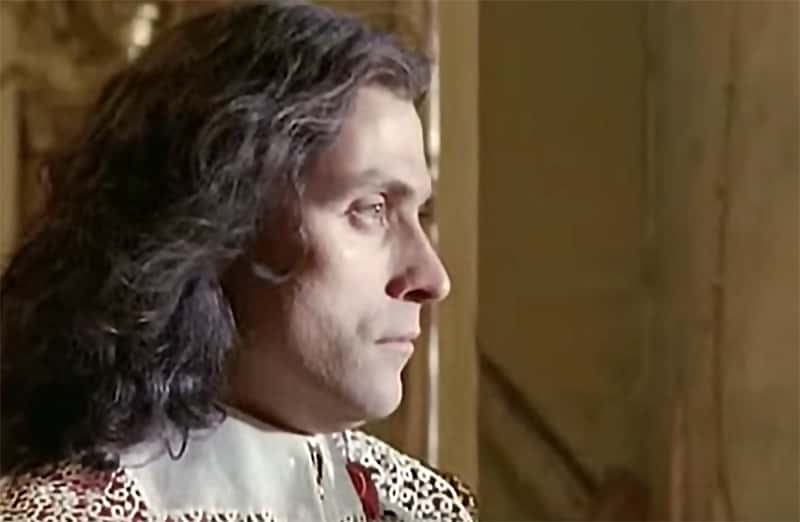 Charles II: The Power & the Passion, BBC
Charles II: The Power & the Passion, BBC
51. He Laid Down The Law
Catherine of Braganza had two major factors working against her: her childlessness, and her Catholicism. Eventually, Charles II’s royal advisors approached him with a proposal. They said that he should divorce her, and find woman who didn’t possess these apparently horrible characteristics. His reply made their blood run cold.
He knew there was merit to their suggestion, but he outright refused—and continued to do so in the years that followed, even as his courtiers began to harass and target her.
52. He Was A Pretty, Pretty Bad Husband
However, don’t let that one anecdote fool you into thinking he was a kind husband. In 1662, while Charles II and Catherine were on their honeymoon, his chief mistress, Barbara Palmer, gave birth to his son. He was ecstatic, and wanted to thank her. However, the way he did it was utterly cold-blooded. Charles II gave Palmer a new title, as Lady of the Bedchamber—but not the bedchamber you’d think.
The title actually meant that she became his wife’s chief lady-in-waiting. When Charles II told Catherine, she fainted on the spot. It was the ultimate betrayal—and it was about to get worse.
53. She Tried To Escape
The humiliation of it all had a devastating effect on Catherine, and she withdrew from her husband and even tried to make plans to return to her native Portugal. Instead of trying to win her back with honey, Charles II went straight for the vinegar. Catherine had brought a number of ladies-in-waiting with her over from Portugal, and he sent all of them home.
She was utterly alone, and his threatening message had worked. She stayed—but her enthusiasm for both the English court and her husband waned.
54. He Had A Big Crush
It’s hard to imagine, considering his prolific history of beautiful mistresses, but even Charles II had a “one that got away.” In his case, it was yet another of his wife’s ladies-in-waiting, Frances Stewart. Upon seeing her at court, he fell for her—and fell hard. He often entertained the idea of marrying her whenever his advisors pushed for divorce, or whenever his wife was ill (what a gentleman). Surprising no one, it ended up going to extreme lengths.
55. She Wasn’t Interested
Charles II had fought for his crown for more than a decade, so no one really raised an eyebrow when he spent years trying to get one woman’s attention. He even used her as the inspiration for the image of Britannia on a coin, and her “face” remained in circulation for centuries afterward. He was so dedicated to this big crush that even after smallpox left her scarred, he was still into her.
While it was rumored that Barbara Palmer caught them in the act once, there’s more substantial evidence that Stuart did everything in her power to stay away from the lascivious king. Oh well—there were plenty of other mistresses to distract him.
56.
It wasn’t only affairs that caused trouble for Charles II. In 1665, he faced the greatest problem of his reign. It was that year that the Great Plague broke out in London. The epidemic had slowly crept to England from Europe, and despite measures taken to prevent it, it soon ran rampant, taking the lives of up to 7,000 people per week. When summer hit, it was a full-blown horror show.
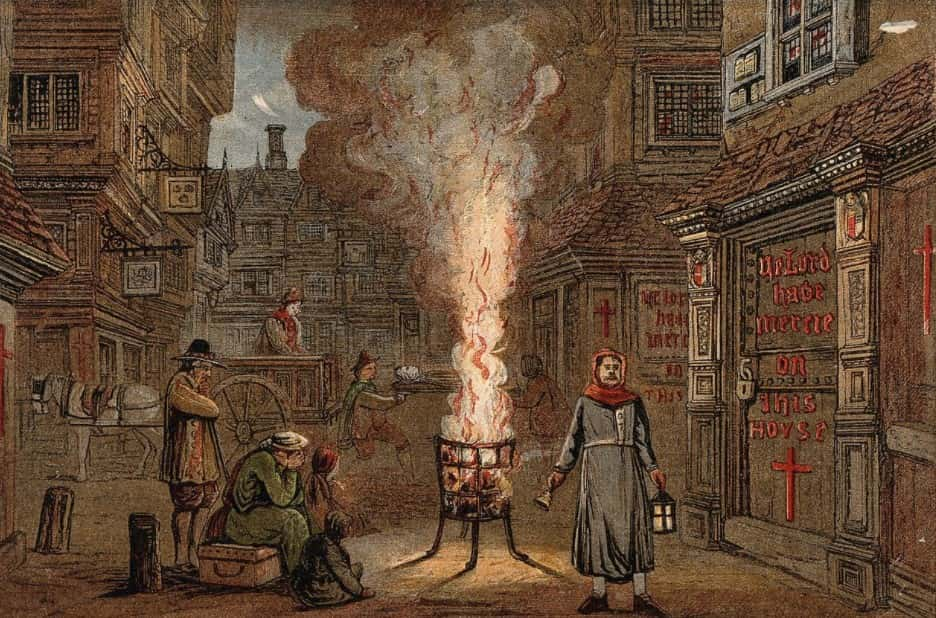 Wikimedia Commons, Wellcome Images
Wikimedia Commons, Wellcome Images
57. They Ran
In July 1665, the plague was at its worst. Charles II, his family, and his court all fled London, as did pretty much everyone else who had the financial means to do so. London was a ghost town, populated only by the poor who didn’t have the resources to flee—not that the areas outside of the city were welcoming anyone anyway.
It’s impossible to estimate how many lost their lives, but some records point to the number being about 30% to 50% of the population. As the month went on, the number waned—but the danger was still there.
58. It Wasn’t Over
In February 1666, the King finally returned to London. Taking his lead, many others followed, and slowly, things began to get to normal. There were still cases here and there, but soon enough, the disease would be completed eradicated—all for a dsiturbing reason. With the outbreak of the Great Plague, London had known fear, but soon, the city would know complete and utter catastrophe.
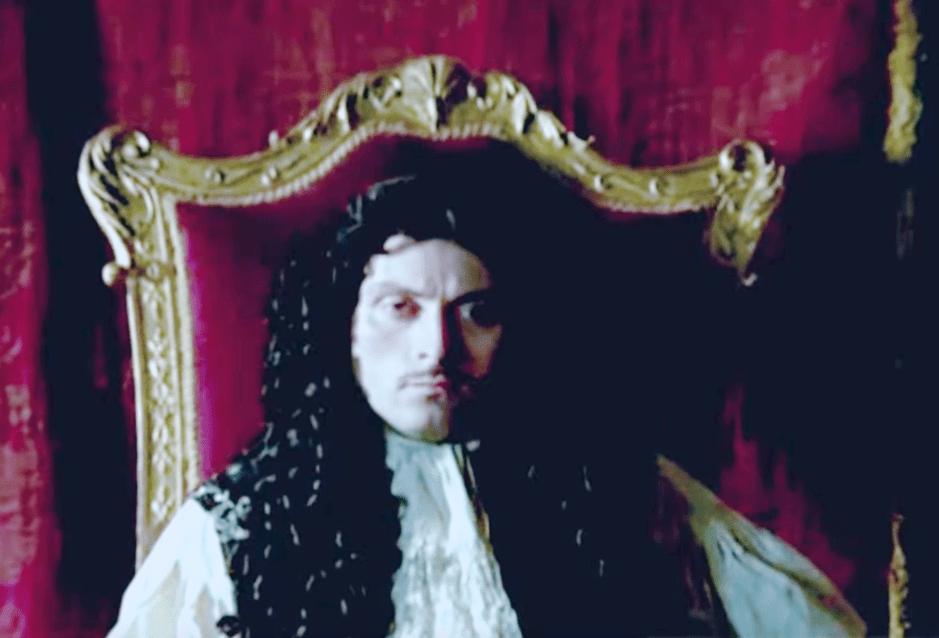 Charles II: The Power & the Passion, BBC
Charles II: The Power & the Passion, BBC
59. It Was The Great Fire Of London
In the autumn of 1666, just as life was getting back to normal in London, tragedy struck. Shortly after midnight on September 2, a fire started in a bakery. Quickly, it began to spread and to push north into the heart of the city—and the reaction was chilling. People began to turn on each other, and spread rumors that the fire had been set by French and Dutch immigrants.
As the fire continued to spread, firefighters were completely overwhelmed—but it wasn’t all their fault.
60. They Got In Their Own Way
There’d been a distinctly anti-royalist sentiment in London through Charles I’s reign, and the people there hadn’t exactly warmed to Charles II either. When the fire broke out, he offered the mayor help and to send his men in, but, wanting to maintain the city’s independence, he refused. As a result, the fire was much worse than it should’ve been.
61. He Feared Them
All in all, the Great Fire of London burned for four days, and basically destroyed the entire city center. While there were few casualties, the aftermath was nevertheless devastating—and it had dire consequences for Charles II. So many of his subjects had lost their homes, and he feared an uprising. As a result, he encouraged people to leave London and settle elsewhere.
He also took an active role in rebuilding the city—and for once, it actually had his desired effect.
62. He Made London What It Is Today
As soon as the fire was out, Charles II ensured that the city would have a steady supply of bread, and began to solicit plans to rebuild. There was another side effect that worked in his favor—the fire had burned down the old, unsanitary housing where so many rats and fleas had lived, and as a result, the plague all but disappeared.
Within a year, Londoners had faced an epidemic and a city-destroying fire in quick succession. As they rebuilt the city, there was a renewed sense of civic pride—and finally, some gratitude for Charles II.
63. He Spread The Love
With this built-up goodwill, Charles II went back to doing what he did best: juggling mistresses. While he still lavished his chief mistress, Barbara Palmer, with gifts—including a palace—he began to tire of her scandalous behavior and her grudge against his wife. All of a sudden, women began jockeying for a place in his affections, and Charles II had no complaints. After all, why settle for one mistress when you can have three or four?
64. He Was A Meal Ticket
It wasn’t just the women going after Charles II, and vice versa. Opportunistic courtiers saw this as an opportunity to shove a woman under his nose who could them go on to help push their agendas. As a result of this flurry of fervent attention, Charles II ended up taking multiple mistresses, including some noblewomen—and some very scandalous actresses.
65. He Had An Eye For The Stage
First, Charles II found himself in the arms of Moll Davis, the illegitimate daughter of a nobleman who grew up to become an actress and courtesan. After they had a daughter together, Charles II awarded her with a lifelong pension (his typical gift for mistresses). Davis’s status was secured, which was good—because there was a rival lurking in the wings.
66. She Moved Too Fast
There was one ambitious courtier, the Duke of Buckingham, who wanted to get closer to the king, and he knew just how to do it. He enlisted the services of actress Nell Gwyn—who quickly made a fatal mistake. According to some, she tried to secure a yearly salary before the King had even made up his mind about her. The Duke and Gwyn’s hopes were dashed—at least, at first.
67. They Pranked Her Out Of His Bedroom
They were both actresses, but Gwyn wasn’t only a rival to Davis for the stage. Gwyn also wanted the King’s heart—so she came up with a devious plan. According to some anonymous satires of the time, there was one evening when Davis was supposed to have a rendez-vous with Charles II. Hoping to get a leg up in the competition, Gwyn secretly slipped her a laxative—and soon after, Charles II and Davis were done.
Whether or not that specific anecdote is totally true, one thing is certain: the King and Nell Gwyn definitely started getting hot and heavy around this time.
68. Her Position Was Precarious
Another story sets up their first encounter as having happened at the opera. After an evening of flirting, the King invited Gwyn to dinner with him and a couple of his courtiers. When the bill came, they all realized that they’d forgotten their cash—only for Gwyn to pay for them all, and toss off a witty remark while doing so.
Soon after, she became his lover, and they did little to hide it from the public. They had two kids together—but even that wasn’t enough to keep her on top.
69. She Met Her Rival
Nell Gwyn was second to none in Charles II’s life—but nothing can last forever, especially when politics are involved. When Charles’s sister passed on, one of her ladies-in-waiting, a beautiful young woman by the name of Louise de Kerouaille was left without a place in court. Ever gallant, the king swept in to offer her a position with his wife. Sorry Nell—meet your new rival.
70. She Was Born To Be His Mistress
Elegant, beautiful, and demure, Louise de Kerouaille was the perfect pick for a king’s mistress. If she seemed too to be true—that’s because she was. Many whispered that her parents had groomed her to be mistress to the French king Louis XIV, and only pawned her off on Charles when it didn’t work out. There was also the fact that she was French, and at the time, they needed someone to push the King to work in their interest.
There was just one problem—Nell Gwyn wasn’t quite ready to let go.
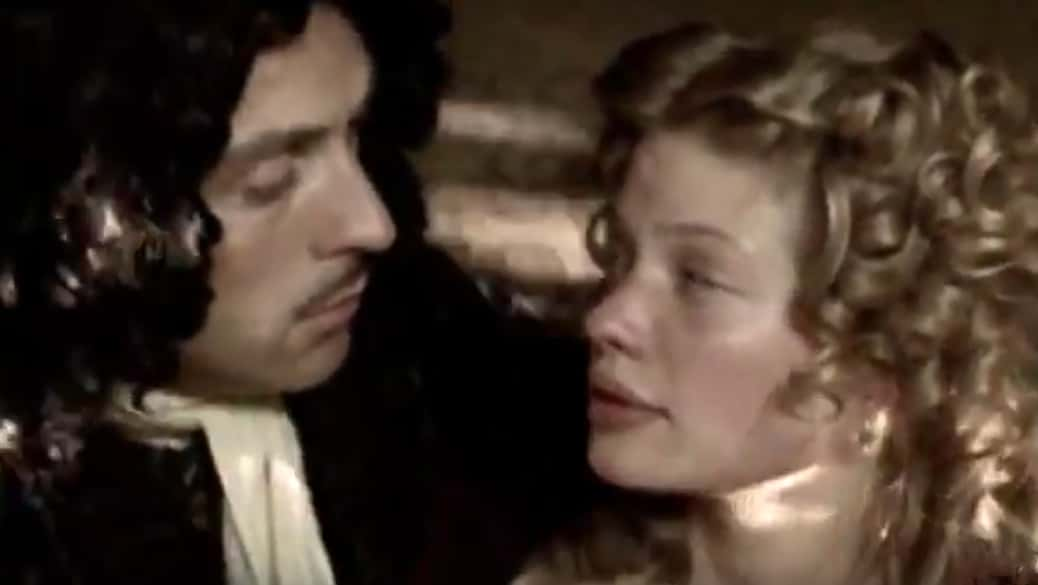 Charles II: The Power & the Passion, BBC
Charles II: The Power & the Passion, BBC
71. They Were Complete Opposites
For a while, Nell Gwyn and Louise de Kerouaille competed for the King’s attentions. Luckily, with Charles II’s ample experience as a rake, he had no problem with this situation. Eventually, the refined de Kerouaille edged the rough Gwyn out. For one, de Kerouaille was much more kind to the King’s wife than any of his previous mistresses.
It was clear that she knew how to play the games of the royal court—but all the smarts in the world couldn’t distract Charles II from other women.
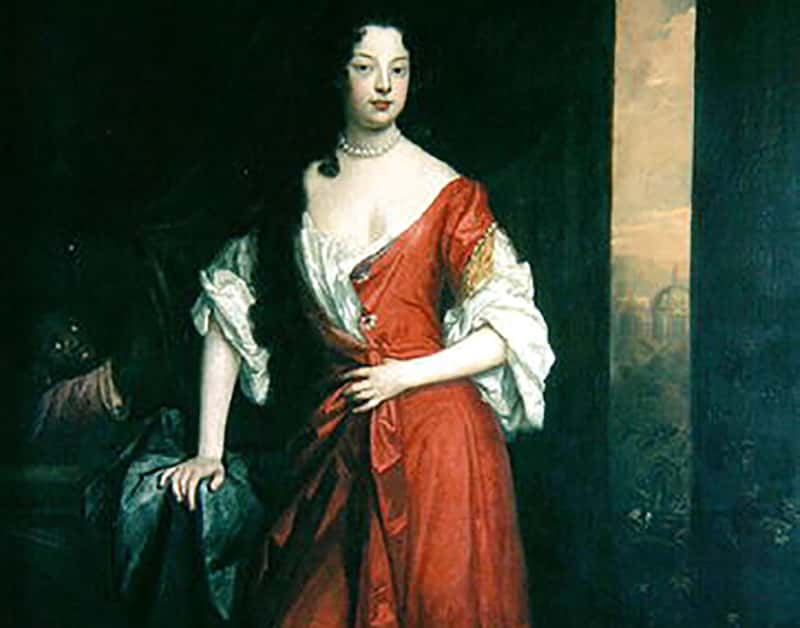 Flickr, Ann Longmore-Etheridge
Flickr, Ann Longmore-Etheridge
72. She Wormed Her Way In
While many whispered that the French had planted Louise de Kerouaille in order to advance their interests, that may not have been true of her—but it was certainly true of Hortense Mancini. And unlike many of her competitors, Mancini and the King had history. Charles II had once proposed to her before his crown had been restored, only for her uncle to reject him.
Years later, Mancini was left out in the cold while her abusive husband siphoned her pensions, so yet another bureaucrat enlisted her to get closer to Charles II. Well, she made quite the impression.
73. She Was Unforgettable
How do you stand out in a royal court full of eligible young potential mistresses? Well, when Mancini met Charles II, she knew exactly how to make herself memorable. Mancini had a penchant for cross-dressing, and she was dressed in men’s clothing when she first introduced herself to the king. It worked, and within a year, Louise de Kerouaille was left heartbroken as Charles II made Mancini his chief mistress.
74. She Got In Her Own Way
Mancini’s life prior to her entrance to the English court hadn’t exactly been easy—and now she had a plum gig as the King’s chief mistress. Well, as it turned out, she was her own worst enemy. It’s likely that Charles II and Mancini could’ve kept what they had going for years, but the woman had an appetite. She had affairs of her own on the side—and they came back to bite her.
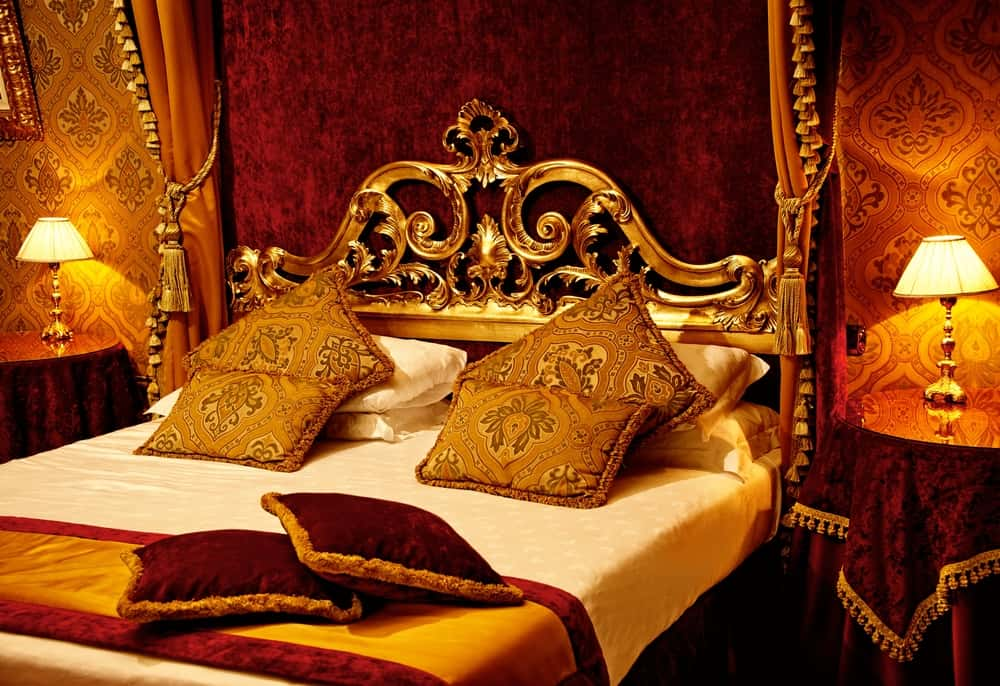
75. He Couldn’t Believe What She’d Done
Around the courts, there were whispers of Mancini’s promiscuity, but the King mostly ignored them—until one day, when she went way too far. It came out that Mancini was having an affair with a woman. And that woman? Well, she was one of Charles II’s illegitimate daughters. As if that wasn’t enough, Mancini also took up with the Prince of Monaco. Furious, Charles II cut her off…but he only lasted a couple of days before he reinstated her.
He may have forgiven her, but she was no longer the favorite—that position pivoted back to Louise de Kerouaille.
76. Things Were Looking Bad
After all that, Charles II finally cooled it a little with the tangled web of mistresses—and turned back to the tangled web of politics. The scandals and constant melodrama that followed Charles II around like a bad stench were finally taking their toll, and there were doubts about his leadership. His soft support for Catholics exacerbated this, as well as his approval for the failed Anglo-Dutch War. Things were suddenly looking very bad for the King.
77. He Had A Huge Dilemma
It had been at least five years since the Queen’s last pregnancy had ended in a miscarriage, and Charles II’s subjects grew worried about the question of an heir. All of his children were illegitimate, and his brother was Catholic. The idea of a Catholic king was a huge dealbreaker for them. To appease people, Charles II sent off his niece to marry the Protestant William of Orange—but still, it wasn’t enough for them.
78. They Went From Conspiracy To Hysteria
Soon, an English priest began to spread conspiracy theories that the Catholics were attempting to assassinate the King and install one of their own as a successor, in what is called the Popish Plot. At first, Charles II brushed it all off—but then, it spiraled quickly out of control. Soon, a wave of anti-Catholic hysteria swept people up, despite the fact that the conspiracy was unfounded. In fact, the aftermath completely overshadowed it.
79. He Shot Himself In The Foot
While Charles II and his men remained skeptical, the Parliament totally bought into it—and when I say totally, I mean they were ready to start a war with France over it. Charles actually conspired with France to prevent this, and when the Parliament accused one of his men of treason as a result, he dissolved the Parliament. It was a Hail Mary move—and it didn’t exactly work out in his favor.
 Charles II: The Power & the Passion, BBC
Charles II: The Power & the Passion, BBC
80. He Tried To Stamp Them Out
The new Parliament wasn’t any more receptive to working with Charles II. In fact, they were openly hostile. Thus began a vicious cycle. The Parliament attempted to draft a bill to exclude Charles II’s brother from the line of succession, he dissolves it. They form a new Parliament, it opens for a few days…and he dissolves it again. Remember, feuding with Parliament had ultimately caused his father’s dark fate. Charles was playing a dangerous game.
81. He Was A Target
Since his opponents weren’t gaining any ground in Parliament, they took their plans out onto the streets. Originally, the Protestants had feared a fake conspiracy to assassinate the King. Now, they were the group planning a real one. In 1683, a group of Protestants conspired to take out both Charles II and his pesky Catholic brother-heir James in one fell swoop—but there was one thing they didn’t count on.
82. The Truth Came Out Later
They planned to ambush the King and his brother as the pair returned from watching horse races—but then, a sudden twist of fate saved Charles II’s life. That week, a fire destroyed most of Newmarket, and as a result, the town subsequently canceled the races. Later, the authorities caught wind of what had happened. They came to call it the Rye House Plot, and they executed many of those involved in it.
Charles II’s survival had been a complete stroke of luck—but his trouble didn’t end there.
83. His Own Son Turned On Him
After the King’s men uncovered the Rye House Plot, they bandied about dozens of names in connection to it. One hit close to home. Many suspected James Scott, the King’s eldest illegitimate son, of having taken part in it. But why? Charles II had lavished Scott with gifts, money, and prestigious positions, even making him the Duke of Monmouth.
Well, it had all started when Scott was a child.
84. She’d Lied To Him
Growing up, the King’s eldest son had a little bird in his ear—and she liked to whisper dangerous things. Scott’s mother, Lucy Walter, had convinced him when he was young that she and the King had secretly wed. If this were true, it would make him the rightful heir to Charles II’s throne. Although there was no proof, Scott wholeheartedly believed it.
Later in life, many who knew his story pushed him to fight for the throne, and after his father’s eventual passing, he did. Sadly, the new King immediately had him detained and executed for treason.
85. He Was Out For Blood
Back when King Charles was younger, he’d significantly softened his positions in order to ensure that he’d finally be given his father’s crown. But, after years of ruling an increasingly unruly populace, he was hardened and mean. The way that he governed was harsh and cruel. He used the courts to persecute his opponents.
At any other point in his life, this would foreshadow some sort of dire rebellion—but not this time. There wasn’t enough time left for that.
86. It Was Sudden
On February 2, 1685, Charles II began to suffer from an apoplectic fit. For the next four days, he rested, taking time to speak to his brother and his wife, and to ensure that his favorite mistresses would be taken care of. Then, at the age of 54, he passed on. The tragedy and the mystery only deepened from there.
87. They Thought Someone Had Finally Got To Him
Considering just how many times that Charles II had lived with a target on his back, his supporters immediately began to suspect that someone had poisoned him. However, modern doctors have suggested a completely different possibility. The King’s symptoms match those or uraemia, which happens due to kidney dysfunction. With this, all the pieces started coming together.
88. He May Have Done It Himself
King Charles II had a dangerous hobby—although he didn’t know it. No, it wasn't constantly dissolving Parliament or keeping multiple mistresses. It was his interest in science. He kept a laboratory and had been experimenting with mercury. It’s entirely possible that a case of mercury poisoning was what ultimately took his life—but things aren’t always so cut and dry.
 Wikimedia Commons, Tavo Romann
Wikimedia Commons, Tavo Romann
89. It Wasn’t Easy
Charles II’s final days were absolutely torturous. In order to try and cure him, doctors subjected him to a number of primitive, gruesome, and painful treatments, including bloodletting, purging, and cupping. When Charles II realized that his chances of recovery were slim, he made his peace with those that he could. He even apologized to his wife for the way that he’d treated her over the years.
She wasn’t the only one that he surprised in his final moments.
90. He Made A Change
In his final moments, Charles II stunned many—especially his wife—when he returned to the Roman Catholic faith. He called for a priest to give him his last rites. When the man arrived, the King was shocked. 34 years before, following the final battle of the English Civil War, Cromwell’s forces had cornered Charles in England and he had been on the run.
After a long journey on foot, Charles arrived at his destination for the night, injured and exhausted. He was greeted by a Catholic priest, Father John Huddleston—and the encounter changed his life.
91. He’d Known True Kindness
Father Huddleston bathed Charles II’s bloody and bruised feet. The kind gesture deeply touched the future King. He told the Catholic priest: "If it please God I come to my crown, both you and all your persuasion shall have as much liberty as any of my subjects." In the years that followed, despite all manner of violent pushback from Parliament, Charles had tried in his own way to keep that promise—and now, once again, he faced Father Huddleston.
92. They Reunited
Charles II’s brother James had brought the priest, saying, "Sire, this good man once saved your life. He now comes to save your soul." The King told him that he wished to leave the world as a Roman Catholic and made his confession. The man who had showed him such kindness more than three decades earlier then administered his last rites.
With that, Charles II was gone—but in the years following his passing, some of the dark truths about his life finally emerged.
93. He Bared It All
Charles II was a deeply guarded man, despite the court rumors that followed him. Much of his life was a mystery for centuries—until a private diary revealed all of his darkest secrets. The diary belonged to Samuel Pepys, who was a Member of Parliament under Charles. It contained dramatic personal accounts of catastrophes like the Great Fire of London and the Plague, but the juiciest bits all had to do with the shocking life that Charles II lived behind closed doors.
94. Who Knew How Many Children There Really Were
According to Pepys’ diary, a woman named Winfred Wells, gave birth to a child during a New Year’s Eve court ball in 1662. Many suspected that the child was the King’s, but if it was, he never publicly acknowledged it—which, as we know, was peculiar for him. Pepys also claimed on record that he’d paid her off a few months later.
Several years later, he also gave her another sum as a marriage gift when she wed one of his attendants, Thomas Wyndham. The queen also appointed her dresser, so maybe Pepys was onto something. However, as we know, she wasn’t the only one…
95. She Wanted More
Although she was merely his royal mistress, Nell Gwyn was faithful to King Charles II for her entire life. But when the king refused to acknowledge his child, Nell suddenly turned bitter and demanded that Charles II make the boy into an Earl. According to one source, she wore him down with incessant needling—but some historians believe the true story is much darker.
96. She Played A Dangerous Game
One disturbing story that people have retold over the years is that Gwyn held her infant son out of a window and threatened to drop him unless Charles II elevated him to the peerage. Instinctually, the King yelled, “God save the Earl of Buford!” I guess they went with that, because that was the title that Charles II gave to him soon afterward.
As far as legends go, it’s pretty spicy—but it’s not the only good one.
97. They Kept A Secret
Near the end of Charles II' life, he and his chief mistress Louise de Kerouaille hid a dark secret behind bedroom doors. The aging king was going flaccid, and he often couldn't properly satisfy his young mistress the way she wanted. This is an embarrassing enough predicament, but it didn't take long for even darker rumors to start floating through the palace...
 Charles II: The Power & the Passion, BBC
Charles II: The Power & the Passion, BBC
98. She Cheated On The King
Around this time, the restless Louise started getting up close and personal with the handsome Phillipe de Vendome, Grand Prior of France. Now, Charles II was never a fan of monogamy, but when his mistresses exercised the same freedoms that he did, he saw red. Half mad with jealousy, the King drove himself to unprecedented actions.
99. It Almost Started An International Incident
Apparently, Charles II marched right up to Phillipe and asked-slash-demanded that he get the heck out of England. The Duke's reply shocked him. Smug and self-satisfied with his prowess and power, Phillipe said "Nope." Eventually, the French King himself had to step in and bring his rogue subject back home and out of England to prevent a sticky situation.
100. He Never Forgot
As we’ll remember, back when Charles II became King, the Parliament forced him to pardon many of his old enemies, but he did get to subject some of the men involved in his father’s execution to brutal punishments. However, his number one enemy, Oliver Cromwell, escaped this dark fate. He passed on three years before Charles II came to power. However, if you think this means that he escaped Charles II’s thirst for bloody vengeance, you’d be wrong.
101. He Got Vengeance Beyond The Grave
For his part in overthrowing the English Monarchy and the execution of Charles I, the King subjected Cromwell to a posthumous execution on January 30, 1661. Charles II had his men dig up his body (as well as other commanders involved with the execution), hang it in chains at Tyburn, London, and then throw it into a pit for good measure.
As if Charles II's message didn’t across with that, he also had Cromwell's severed head on a pole outside of Westminster Hall until 1685.
Sources: 1, 2, 3, 4, 5, 6, 7, 8, 9, 10, 11, 12, 13, 14, 15, 16, 17, 18, 19, 20, 21, 22

